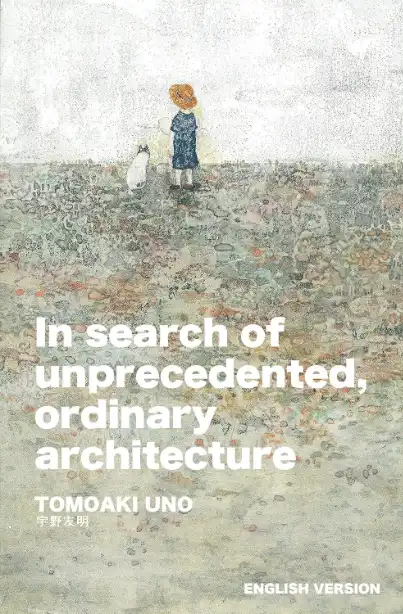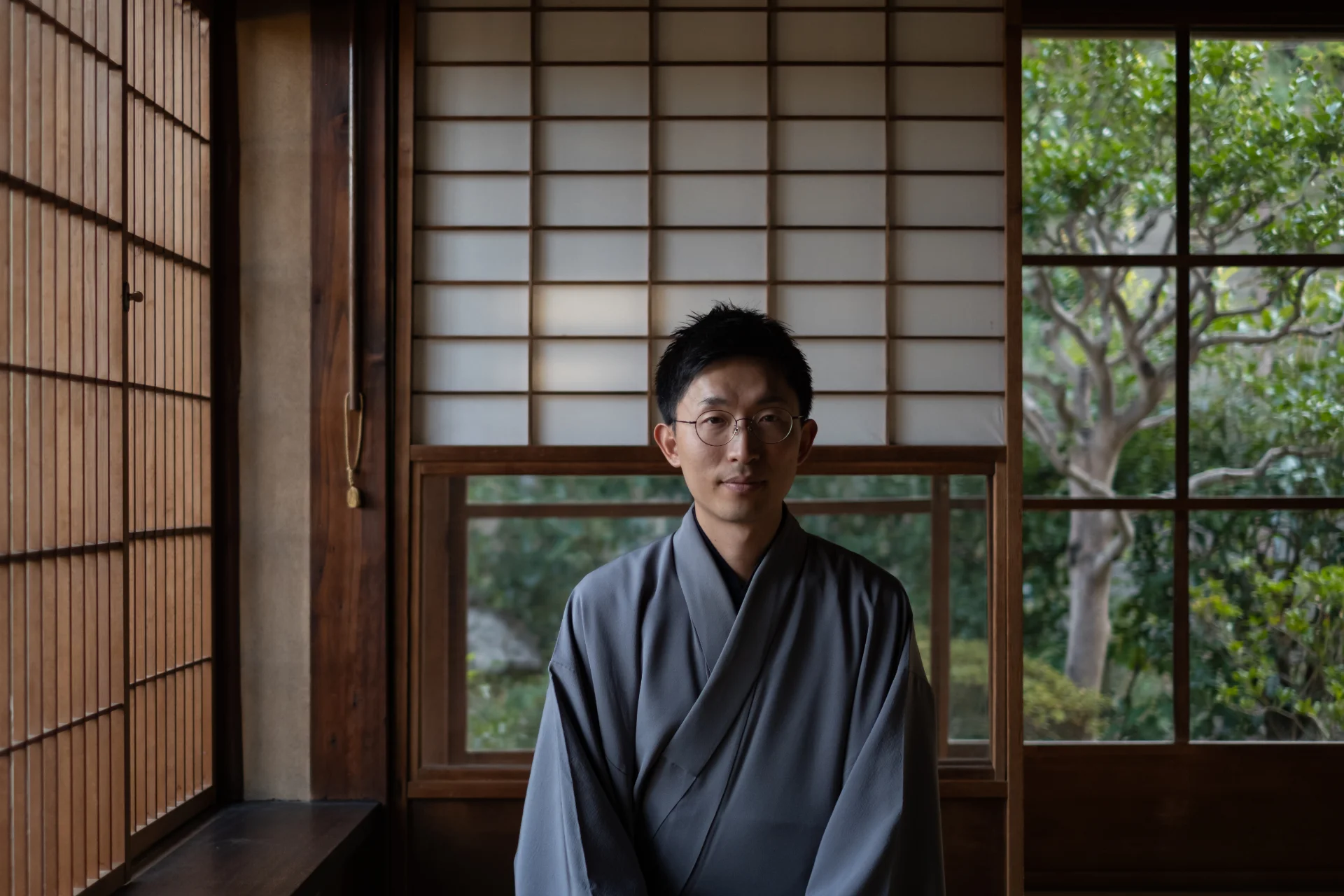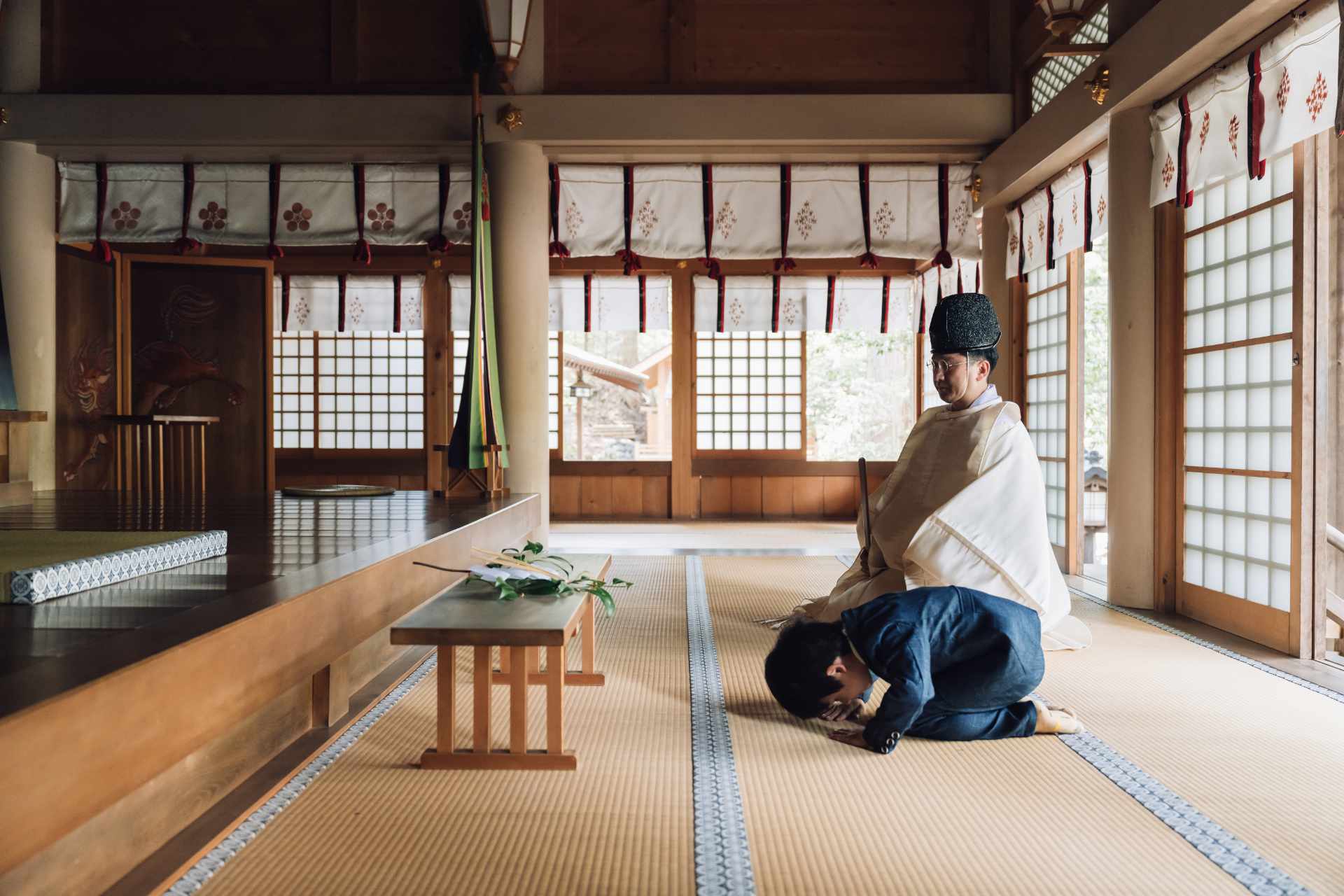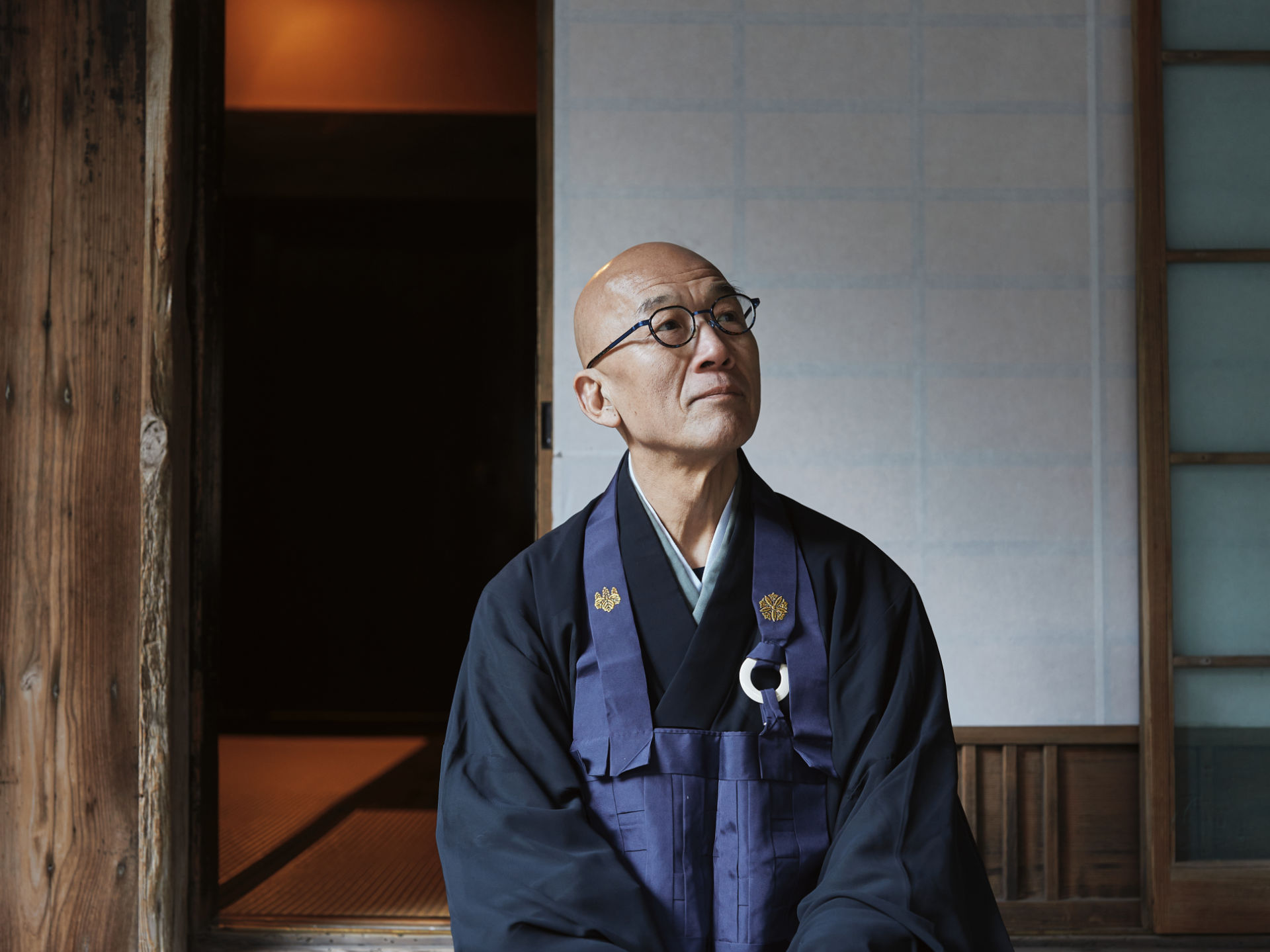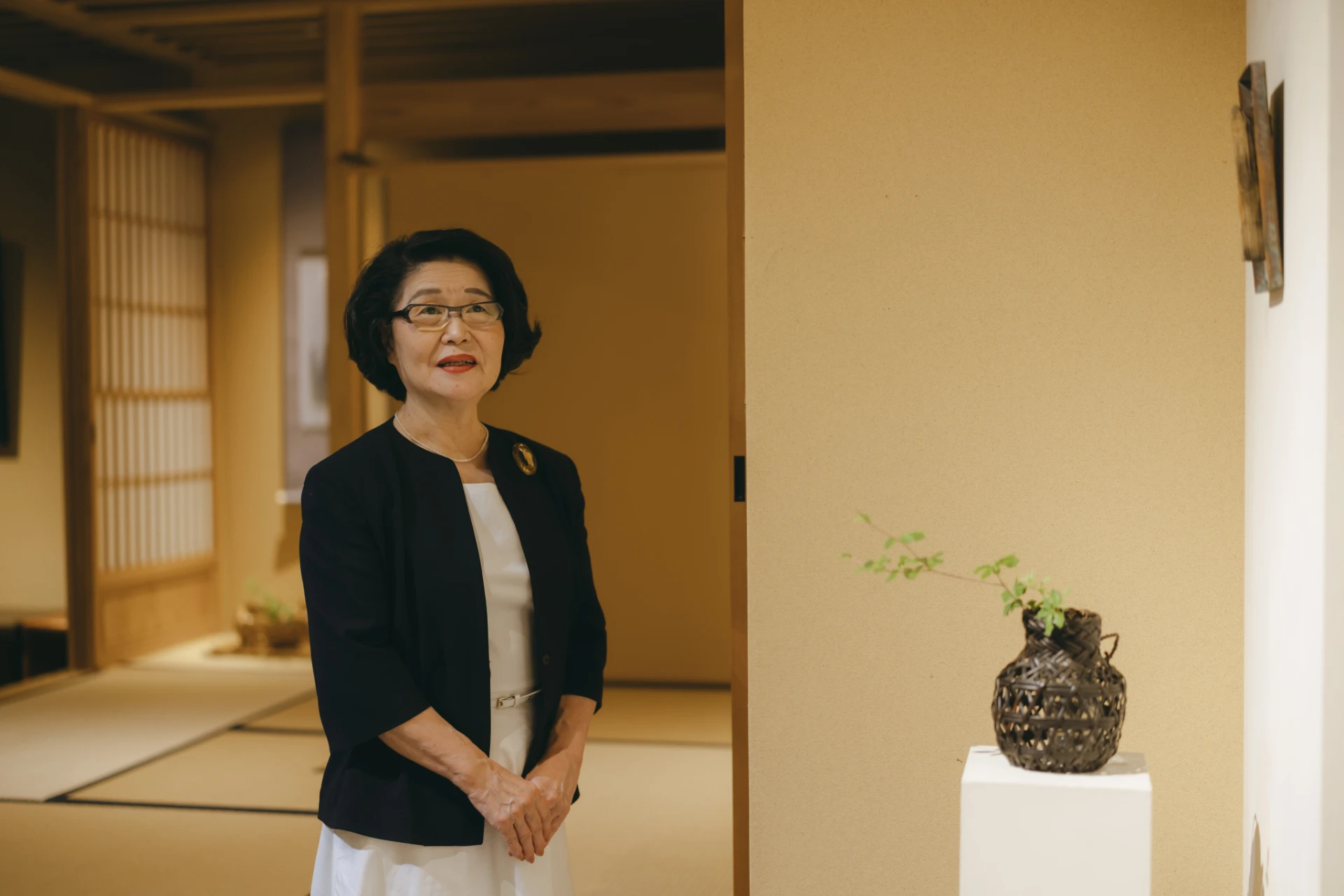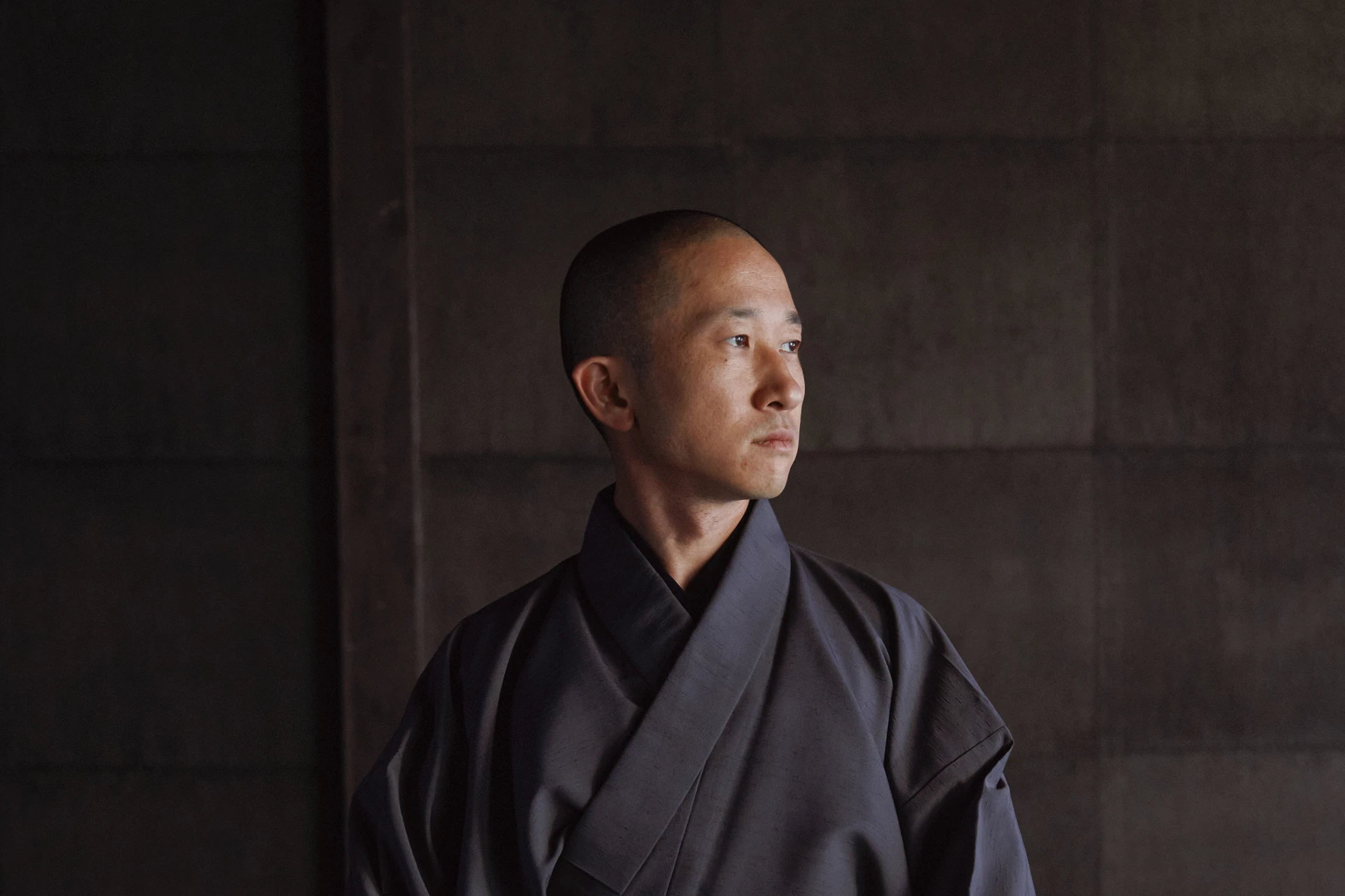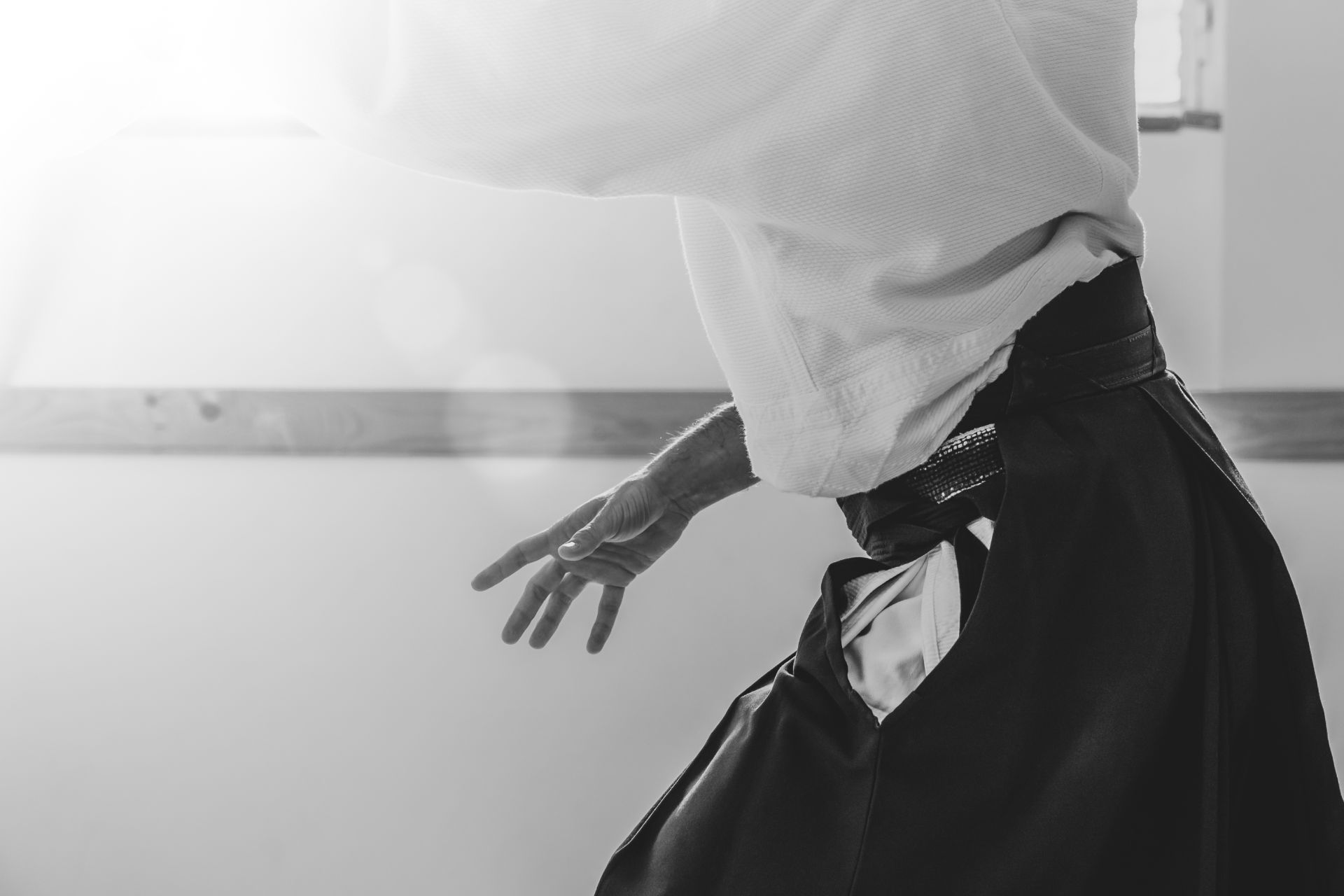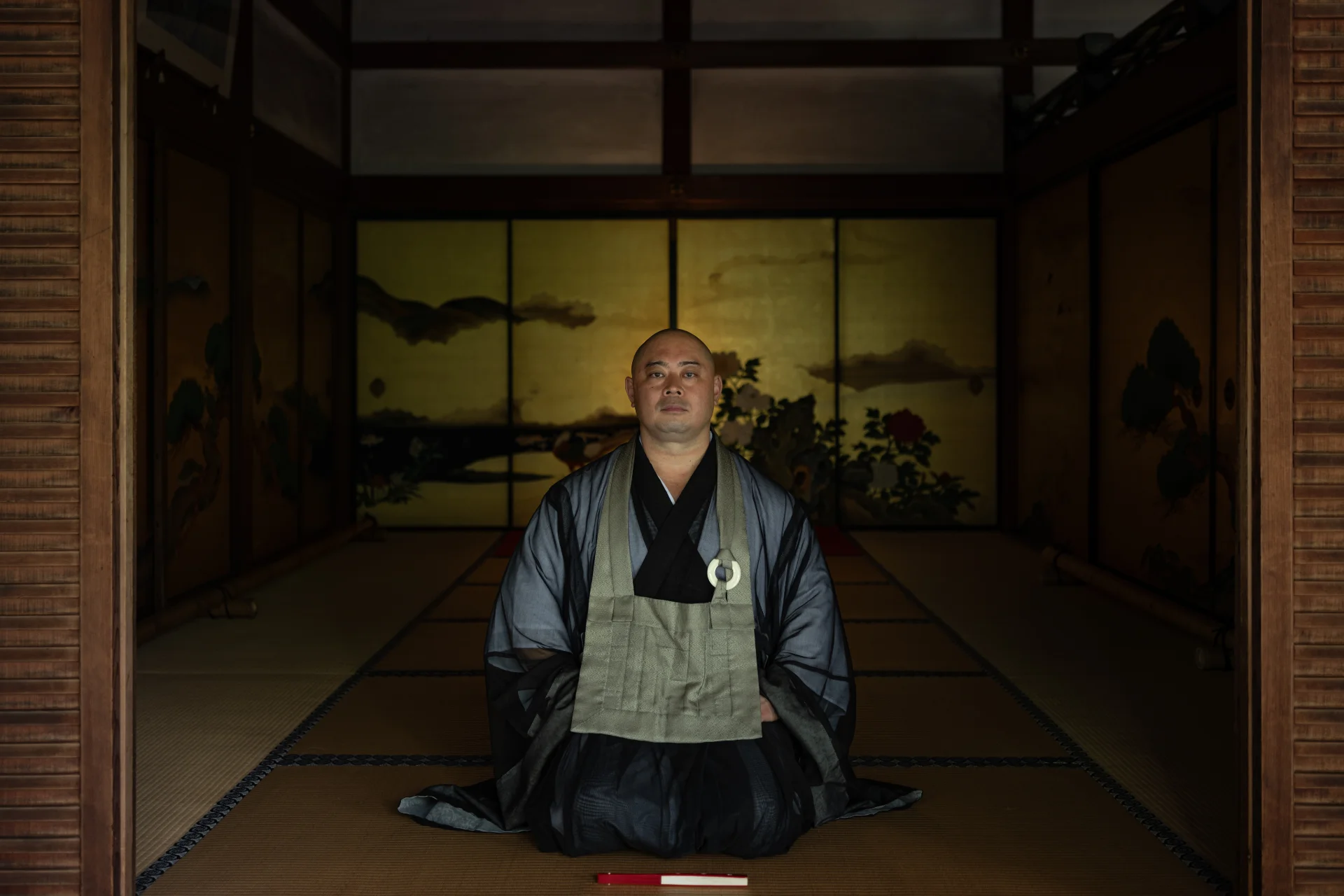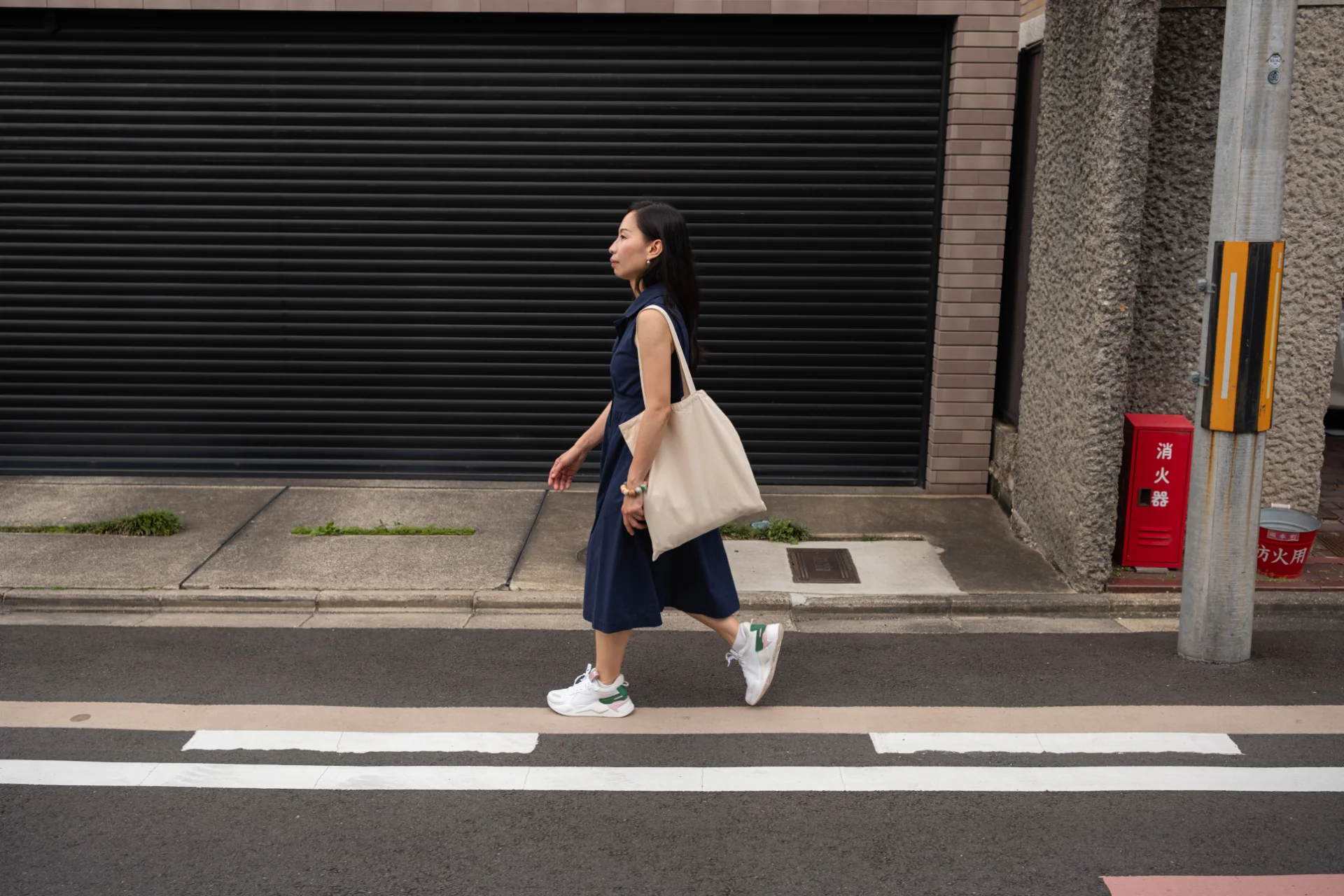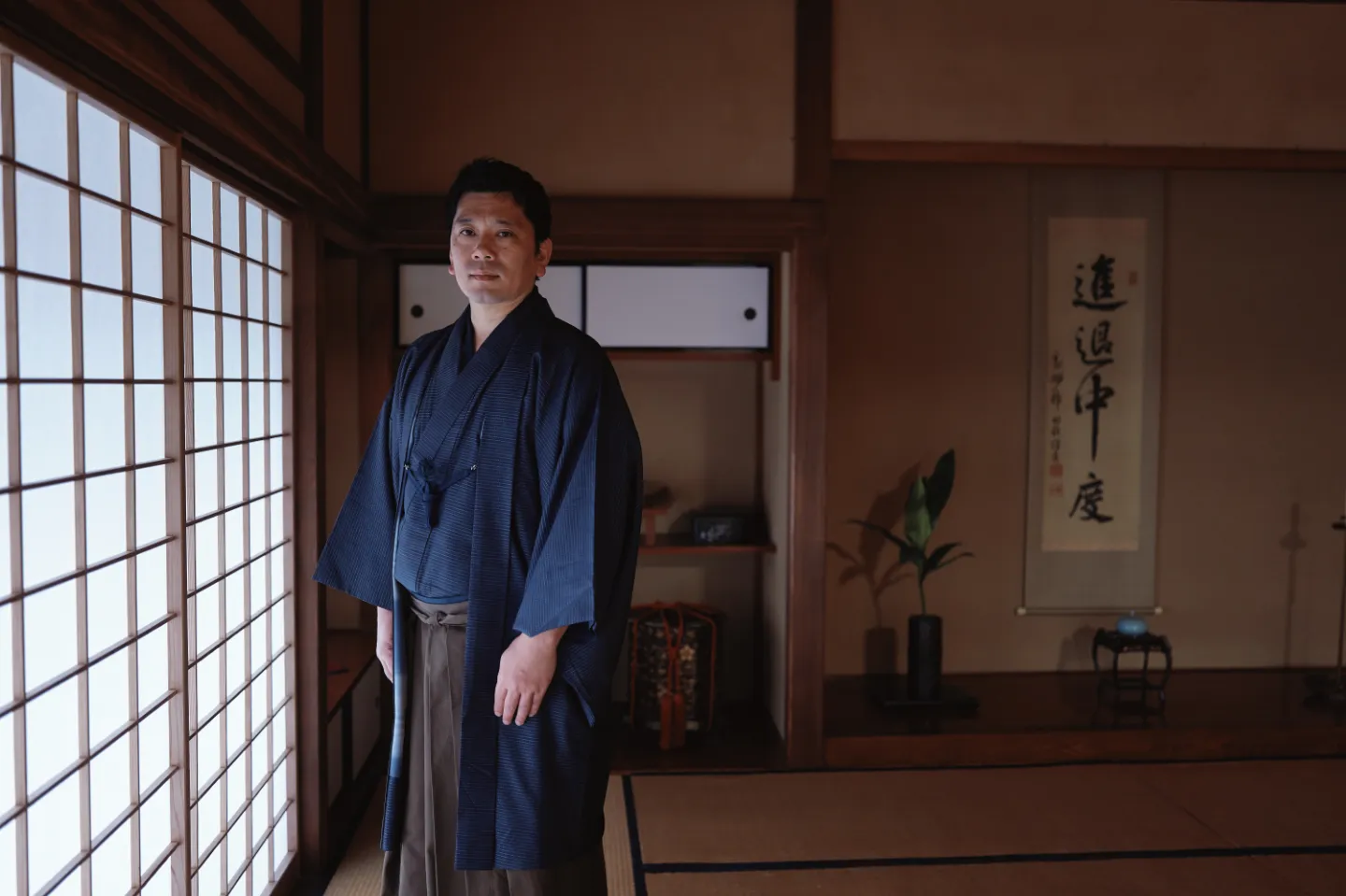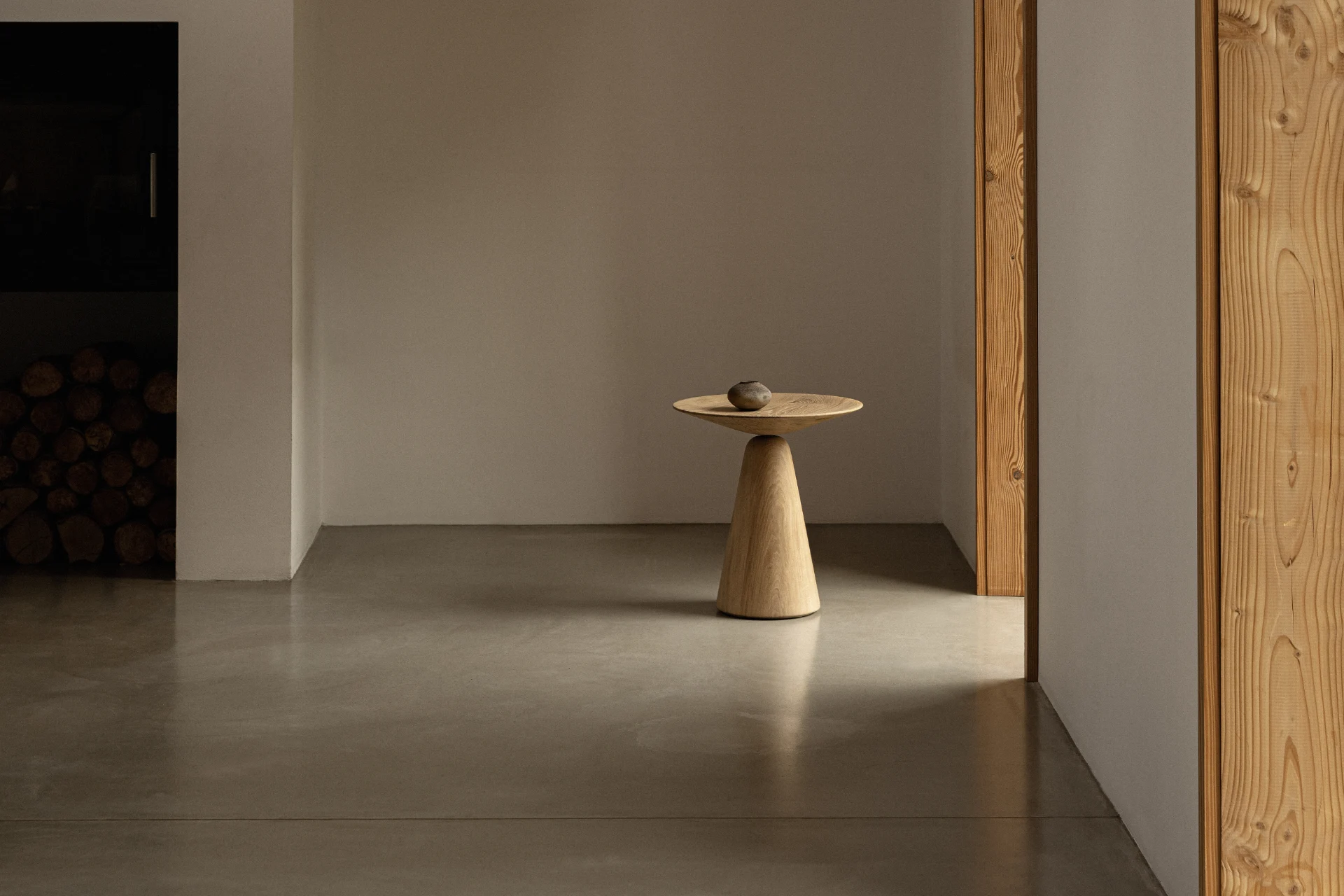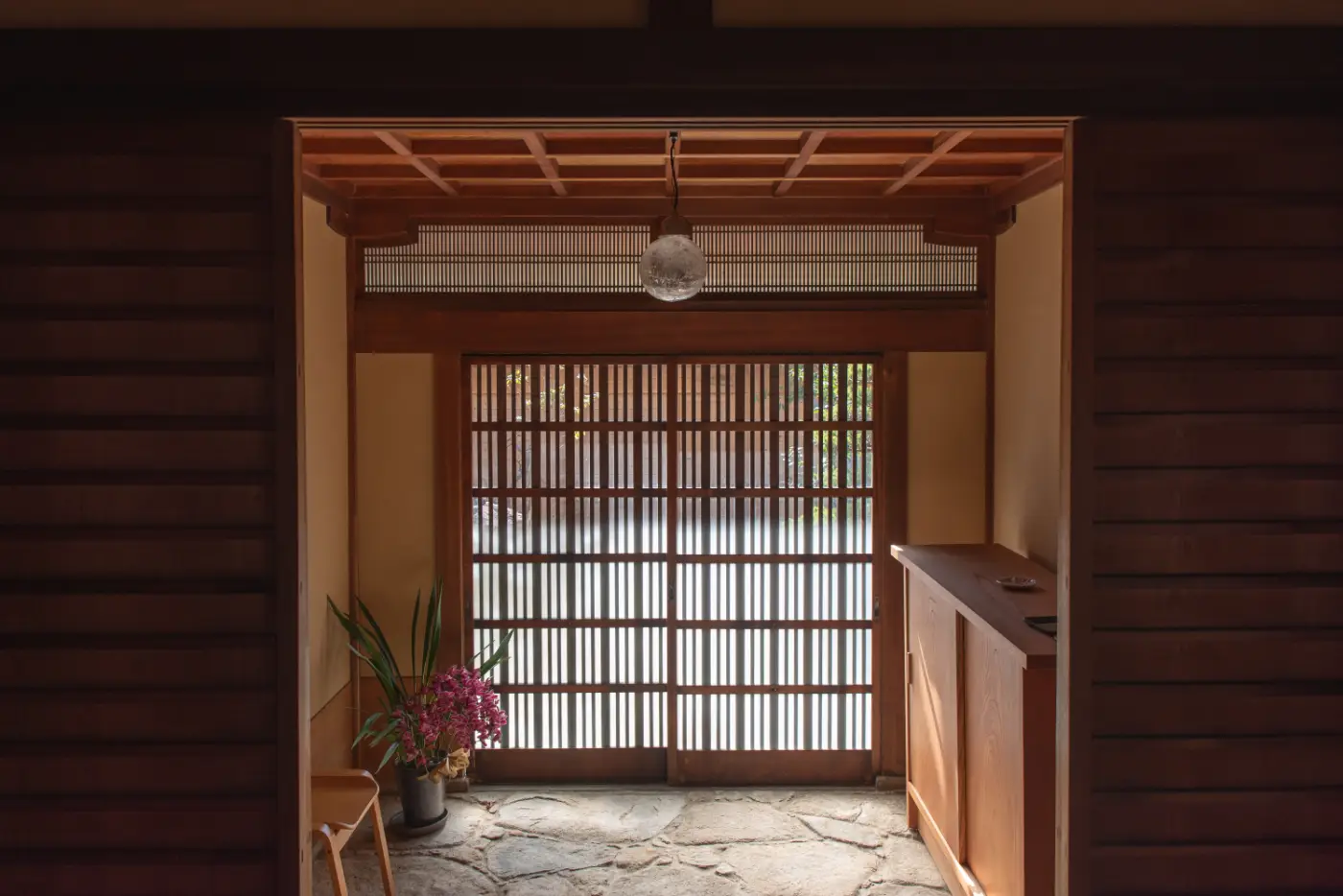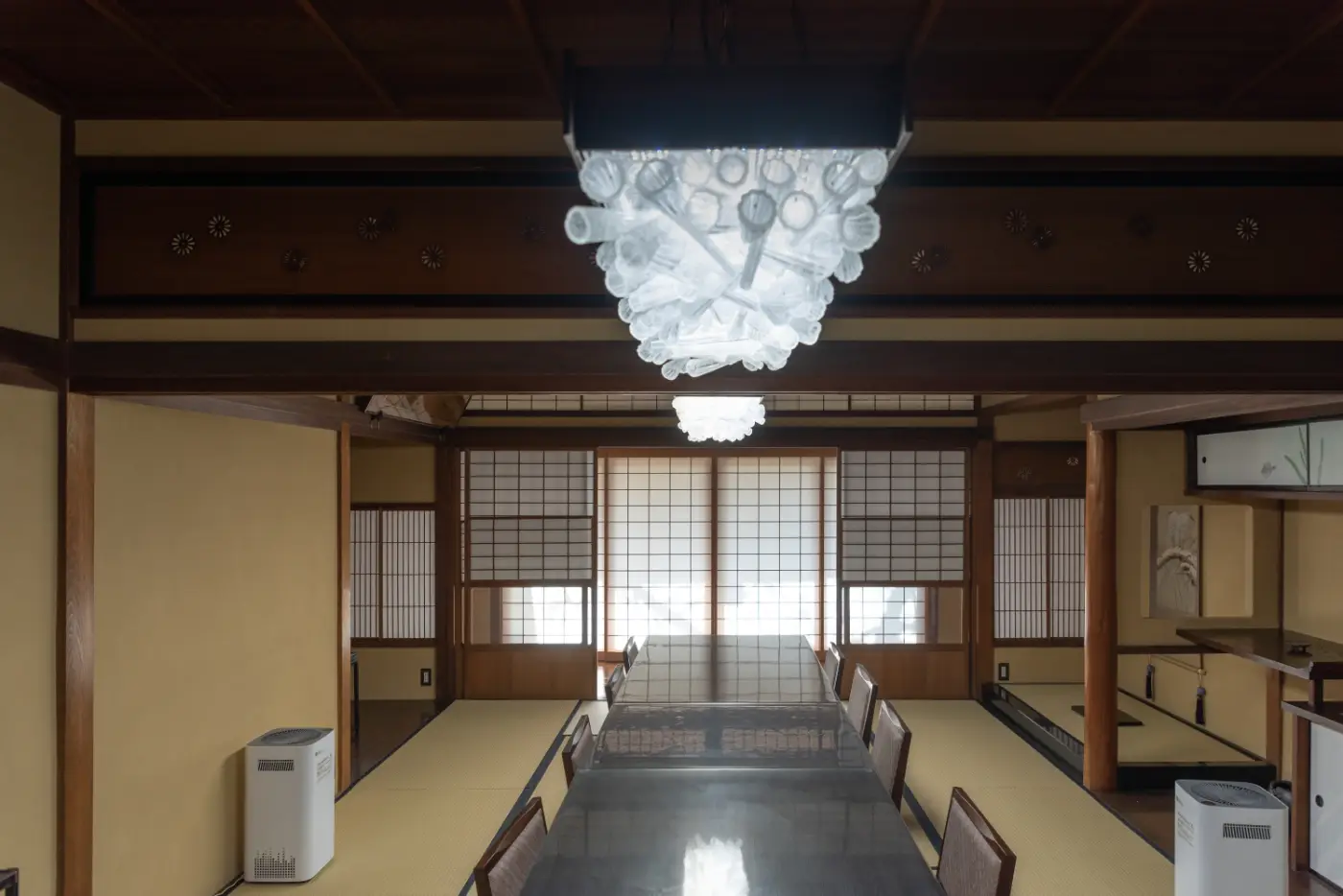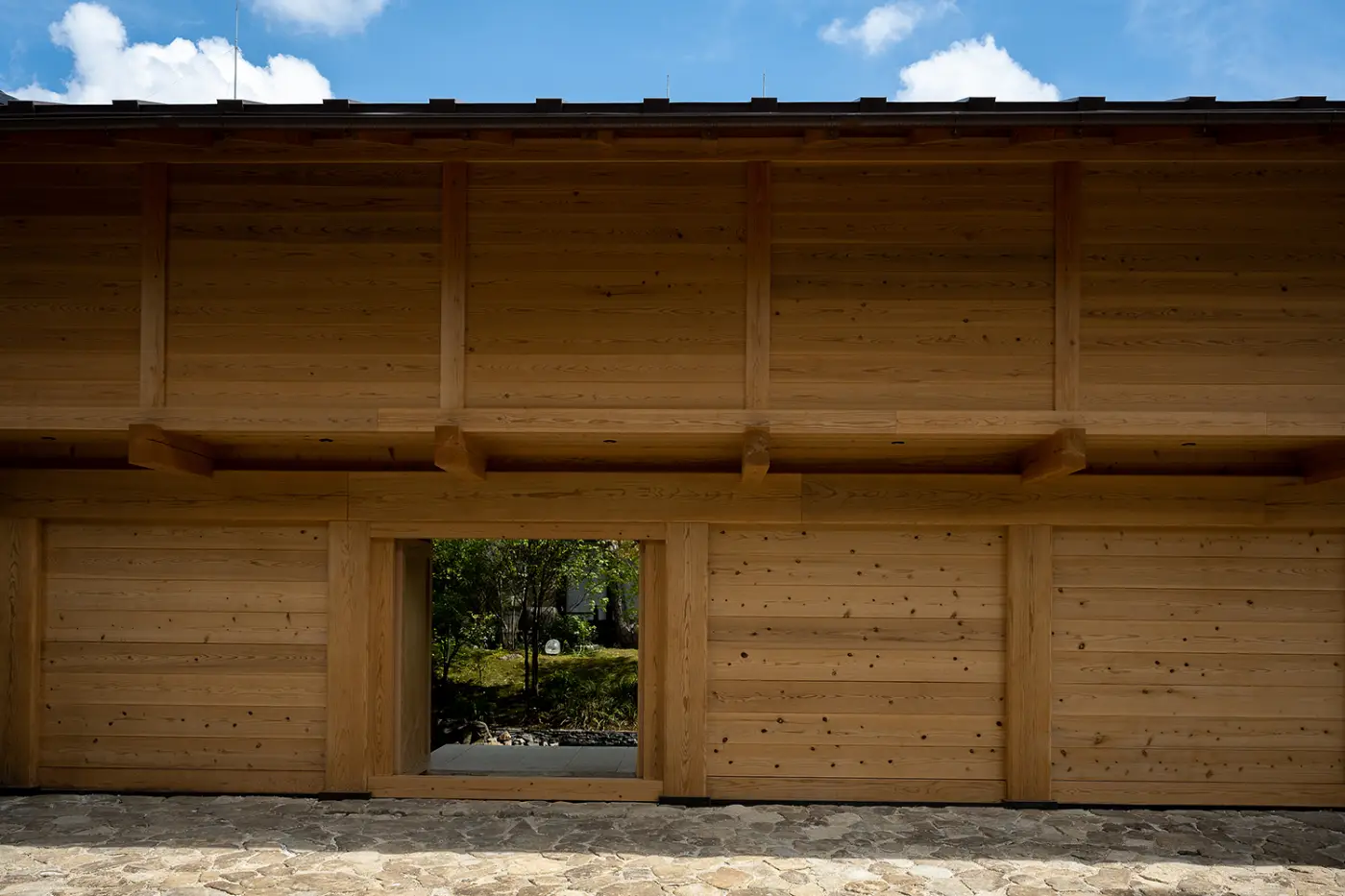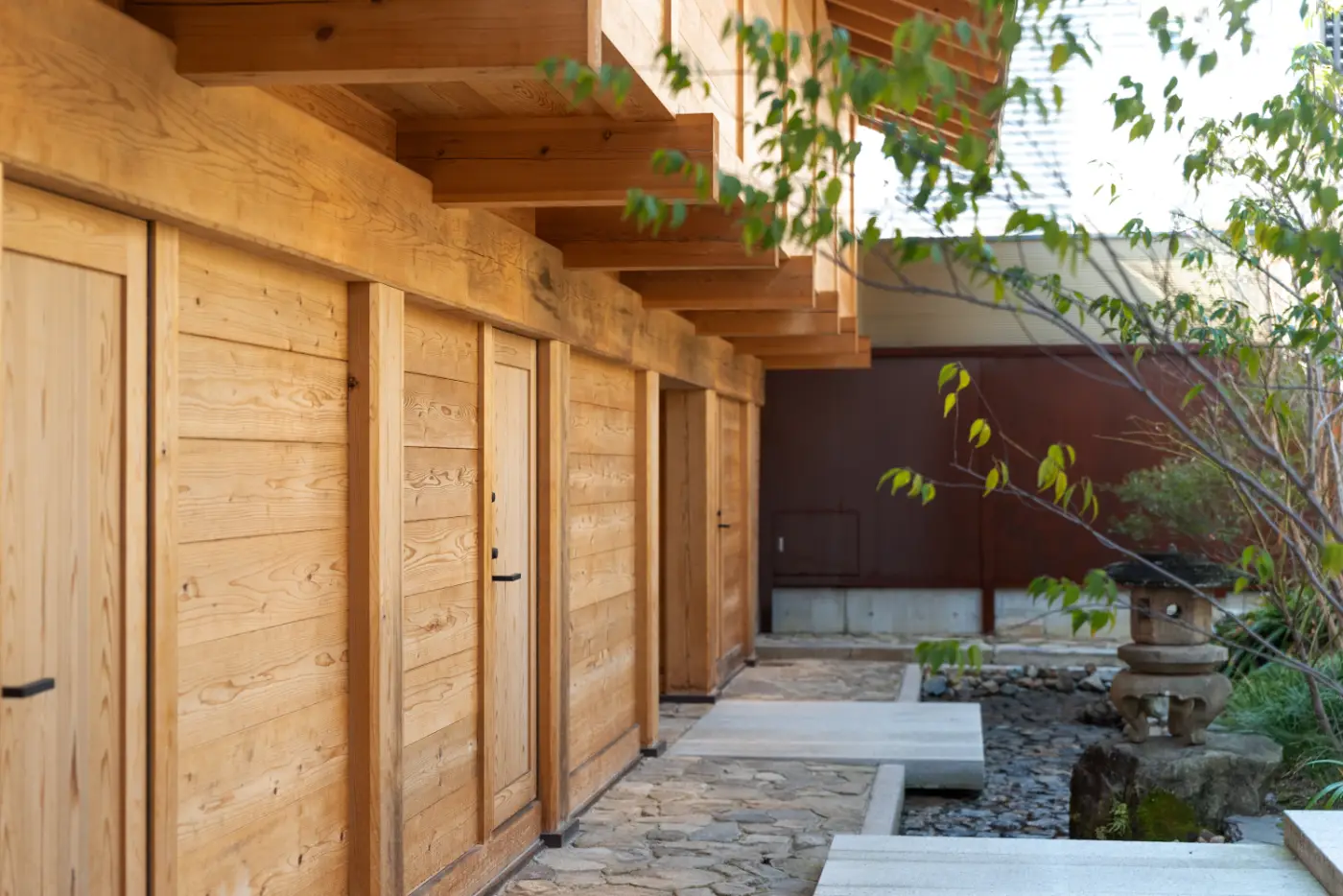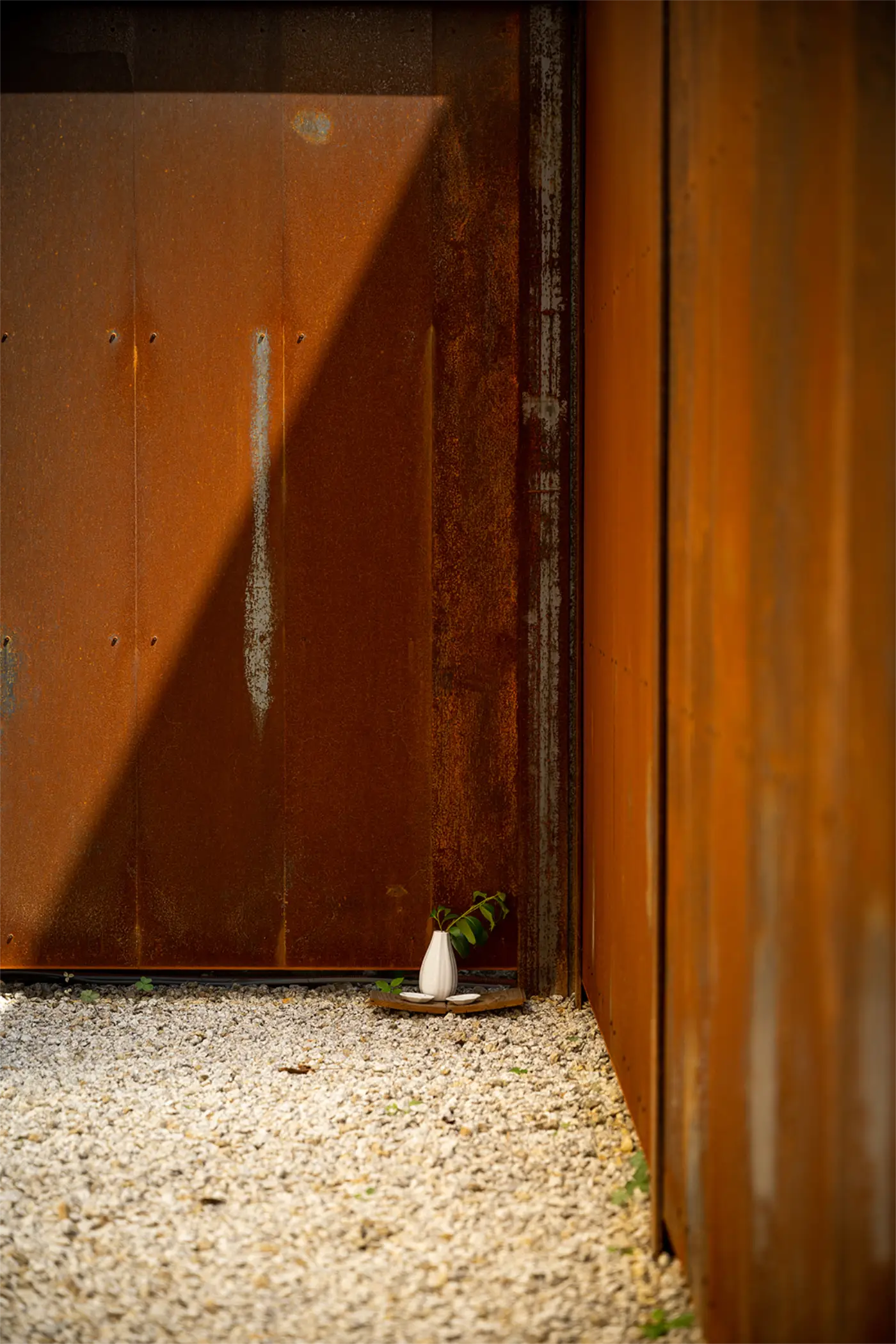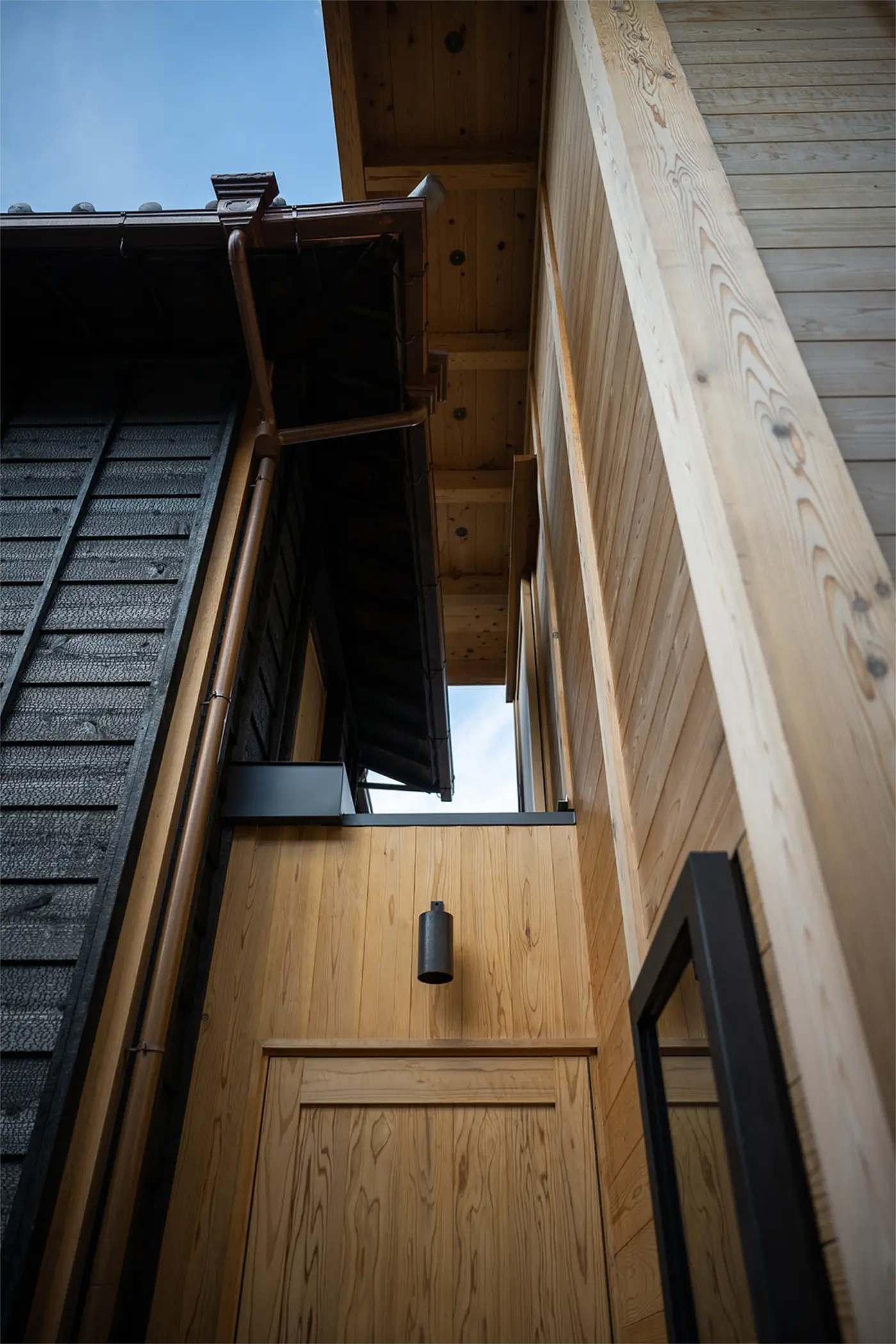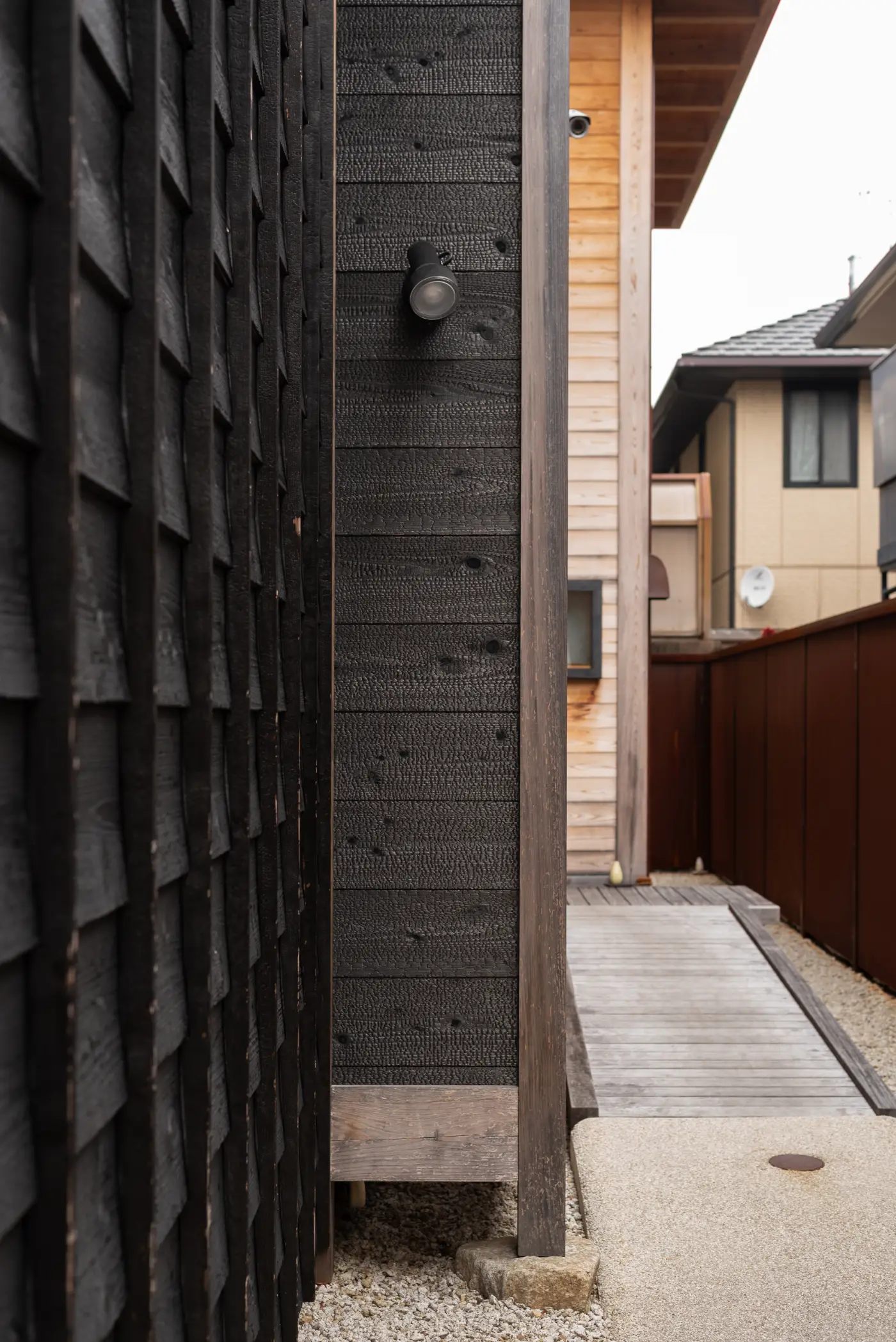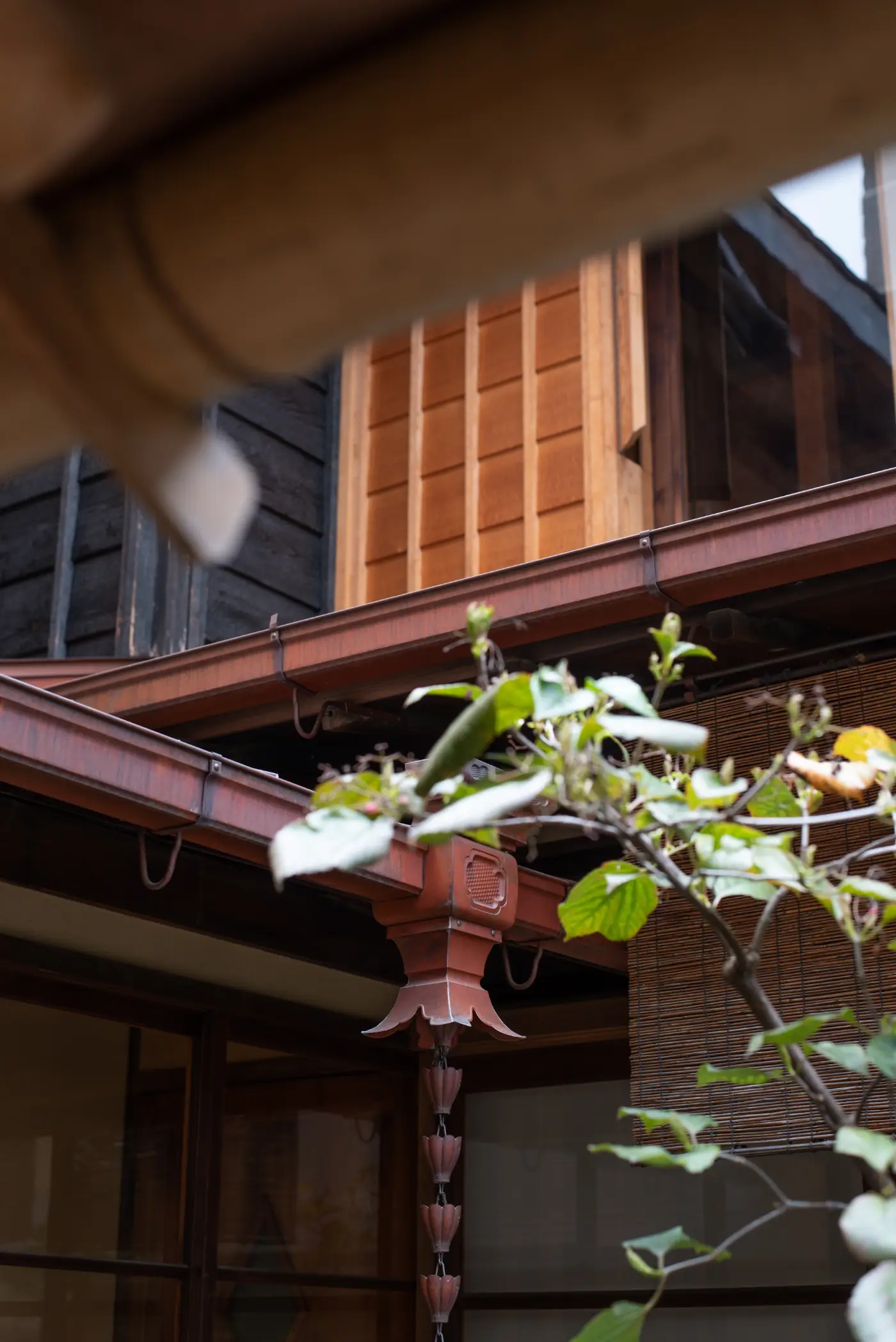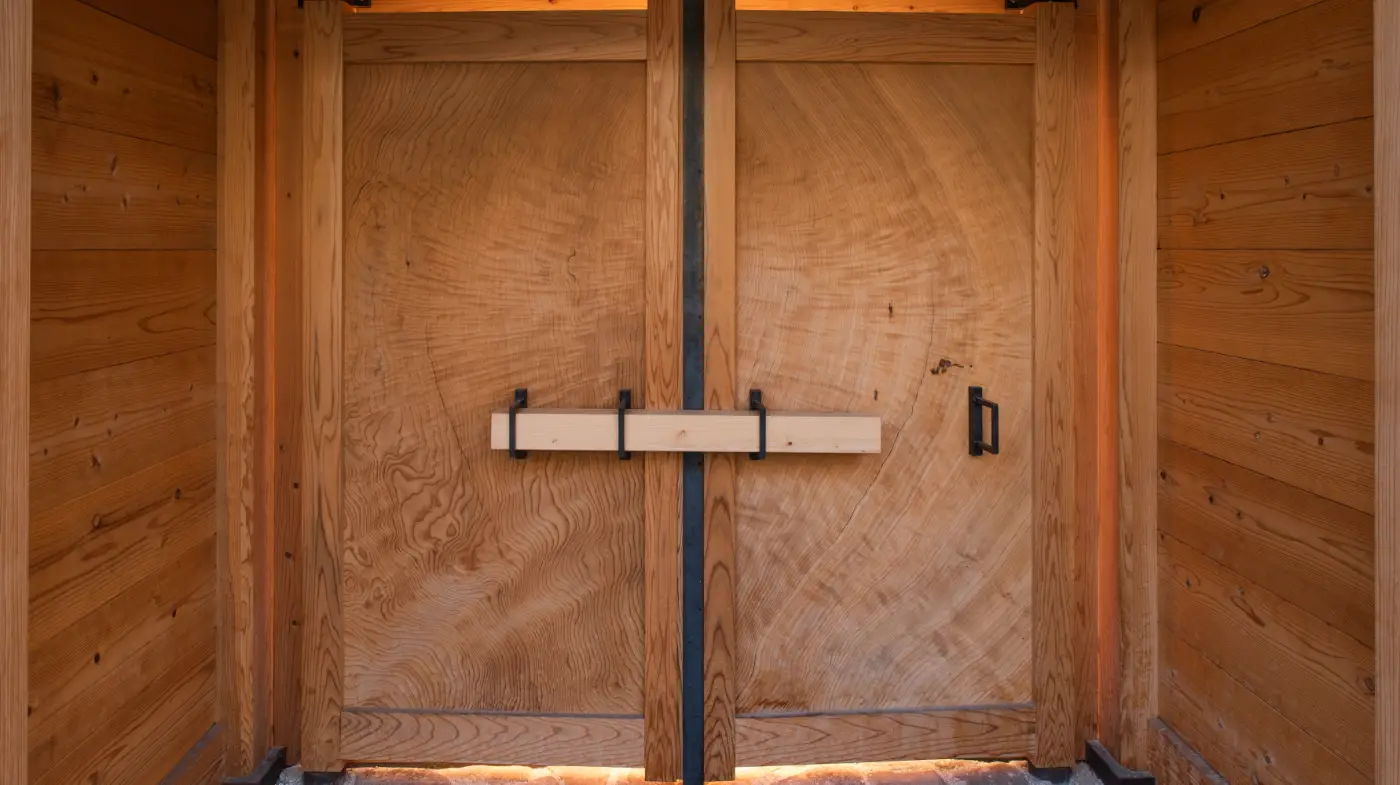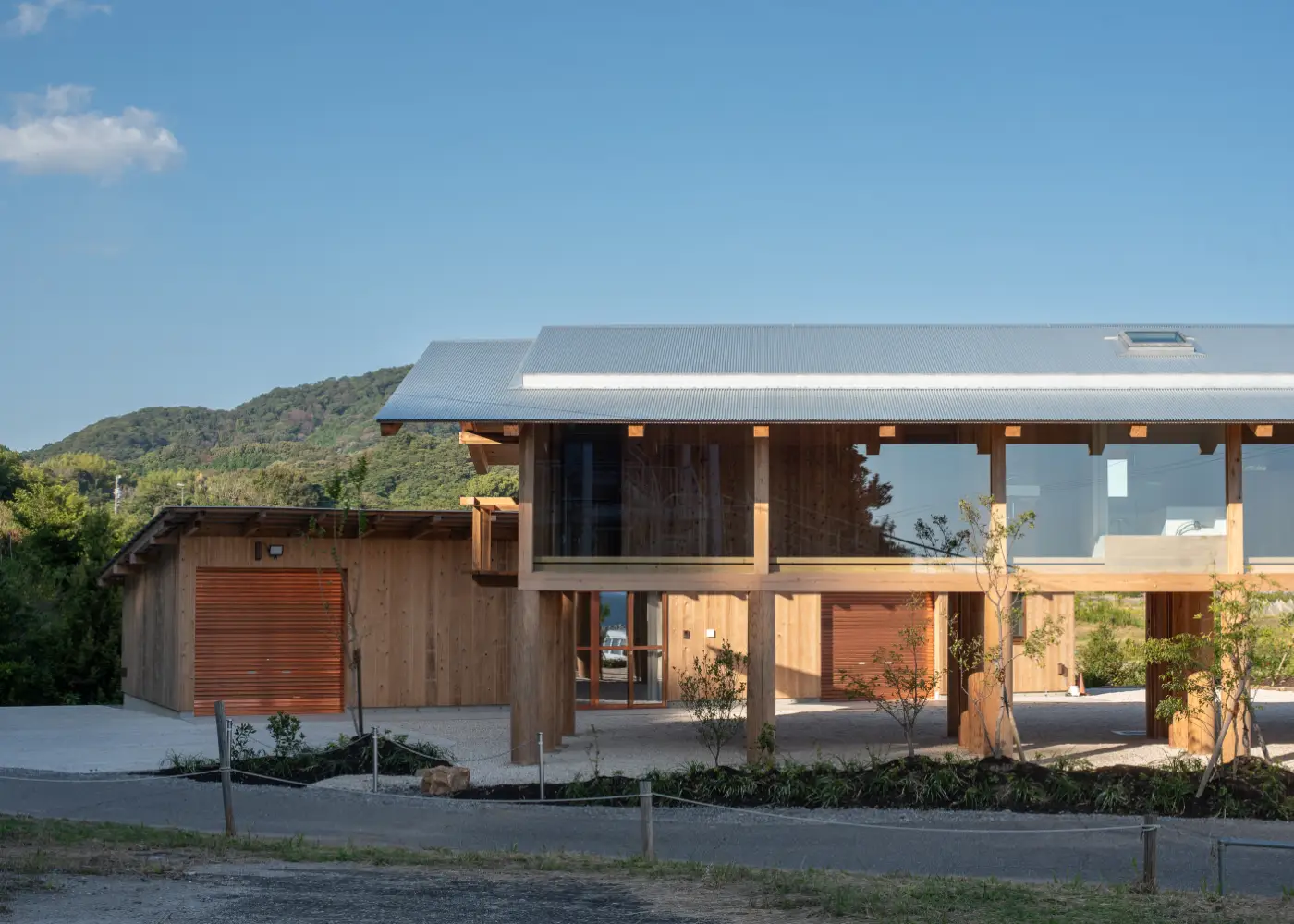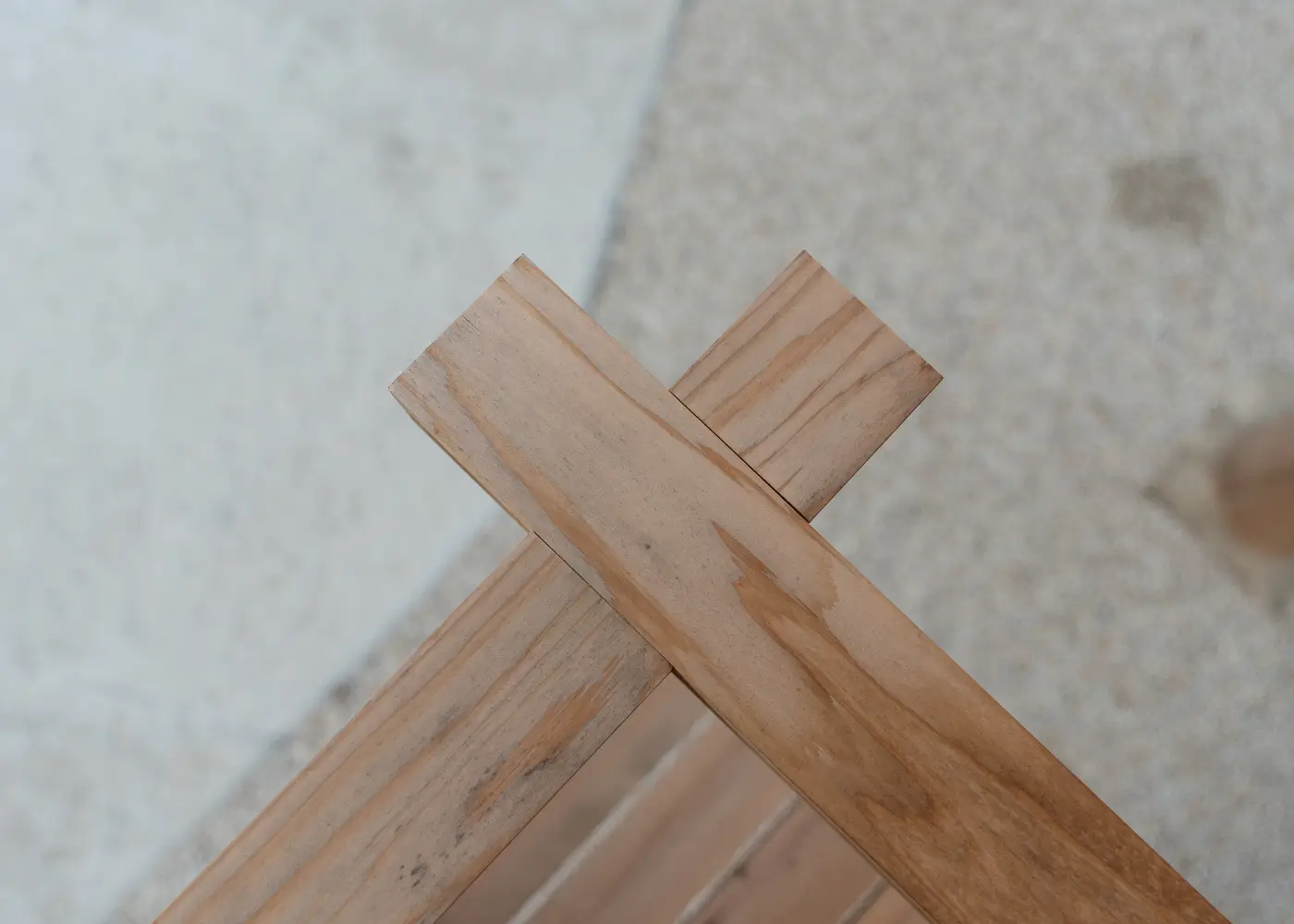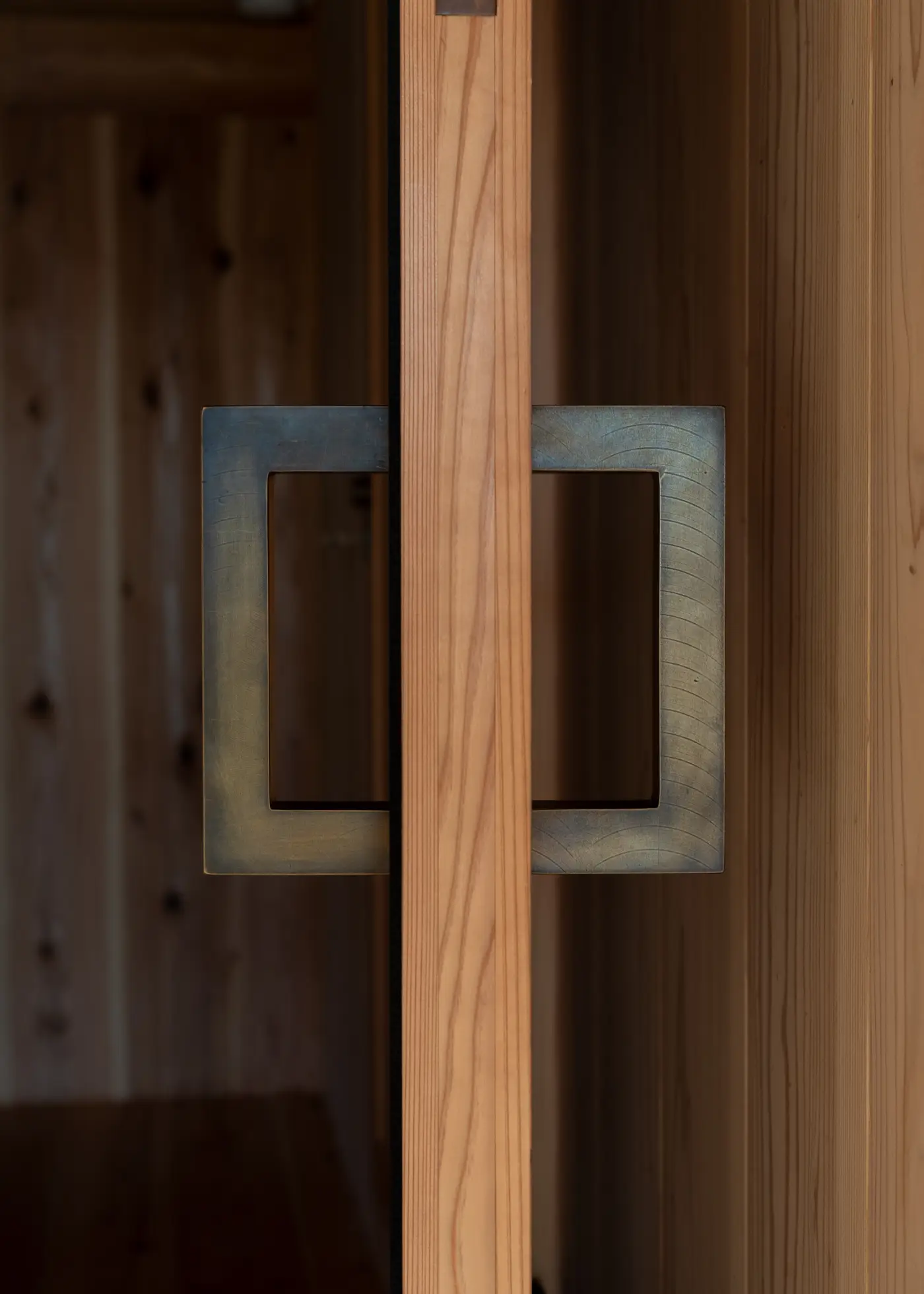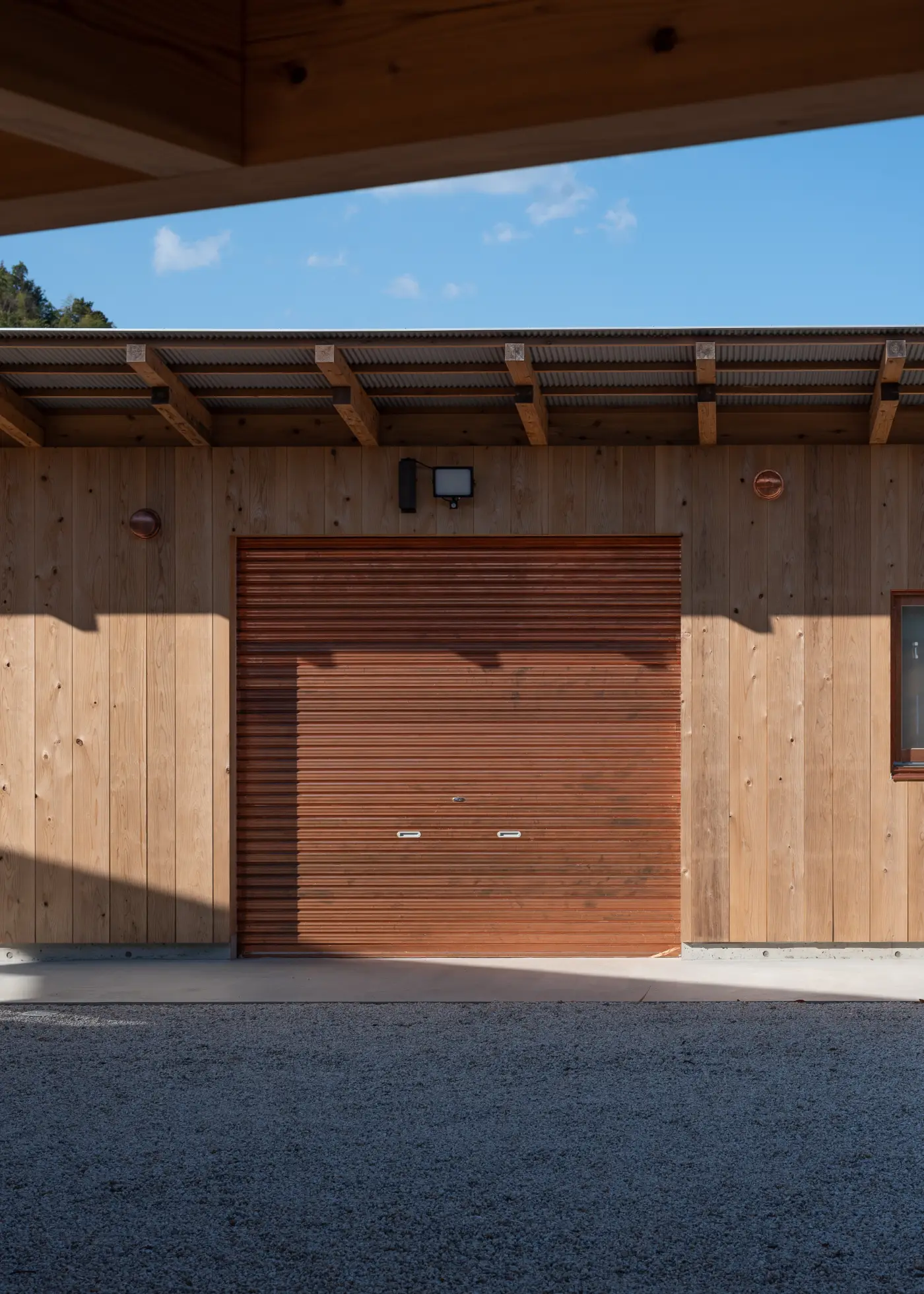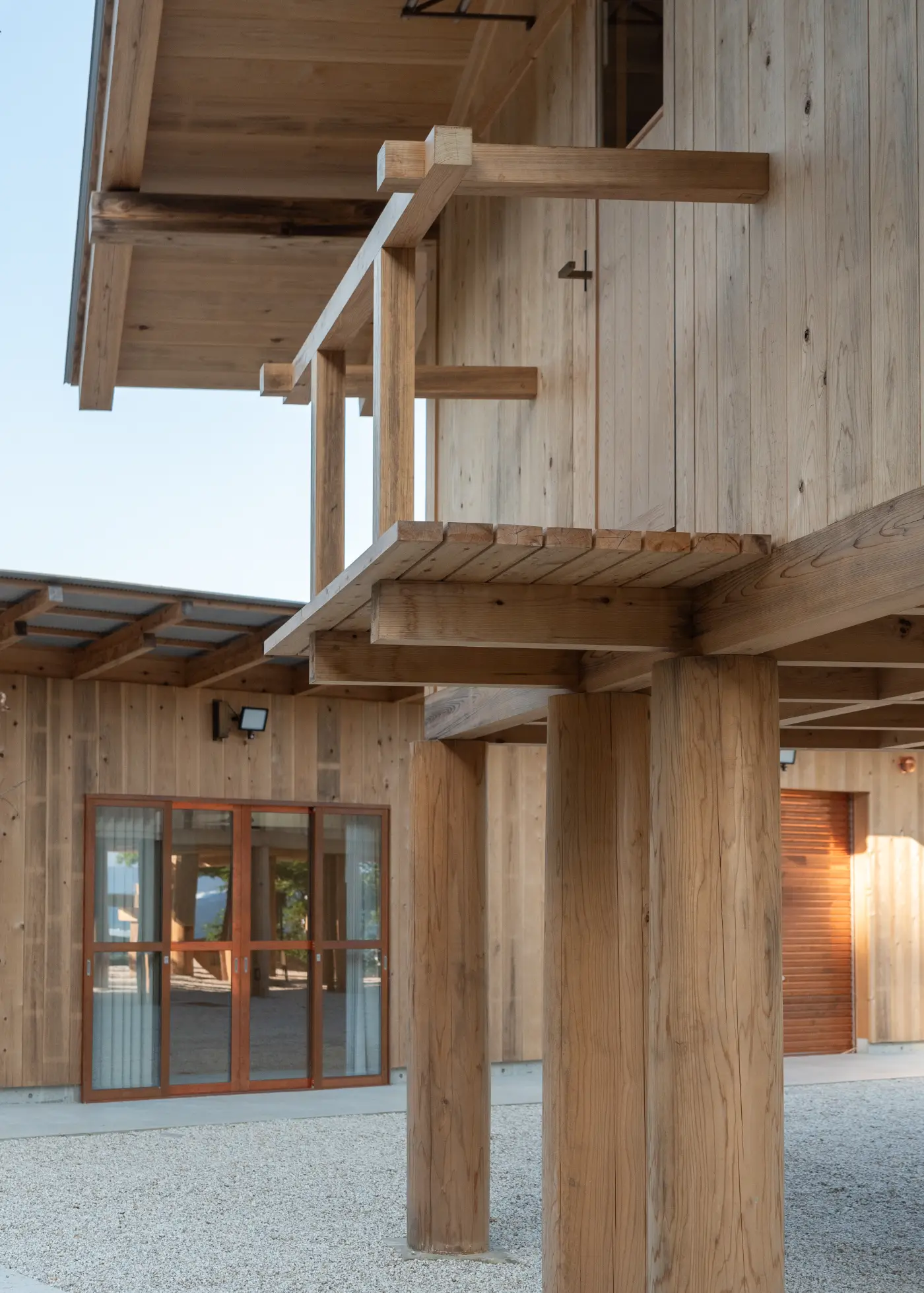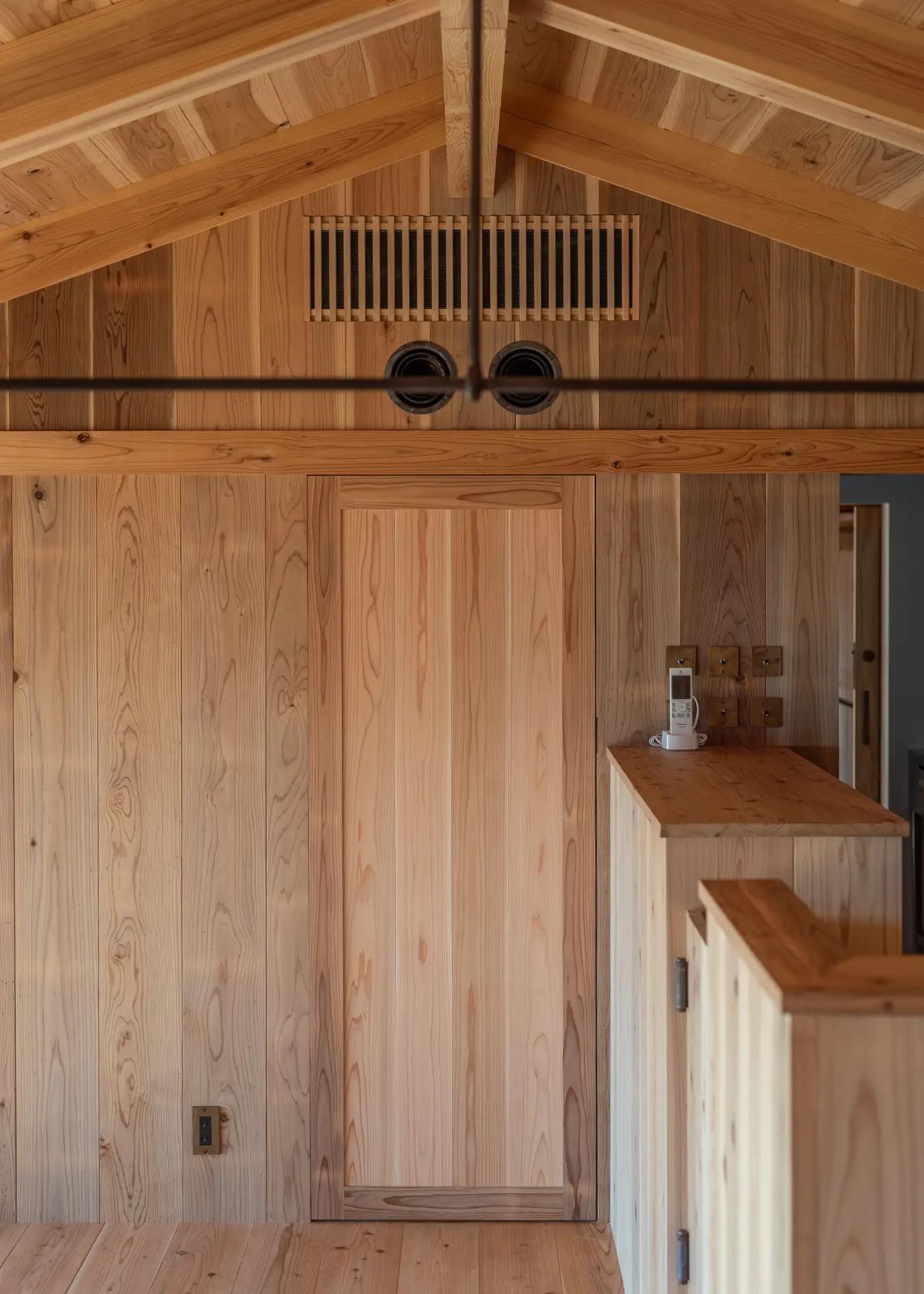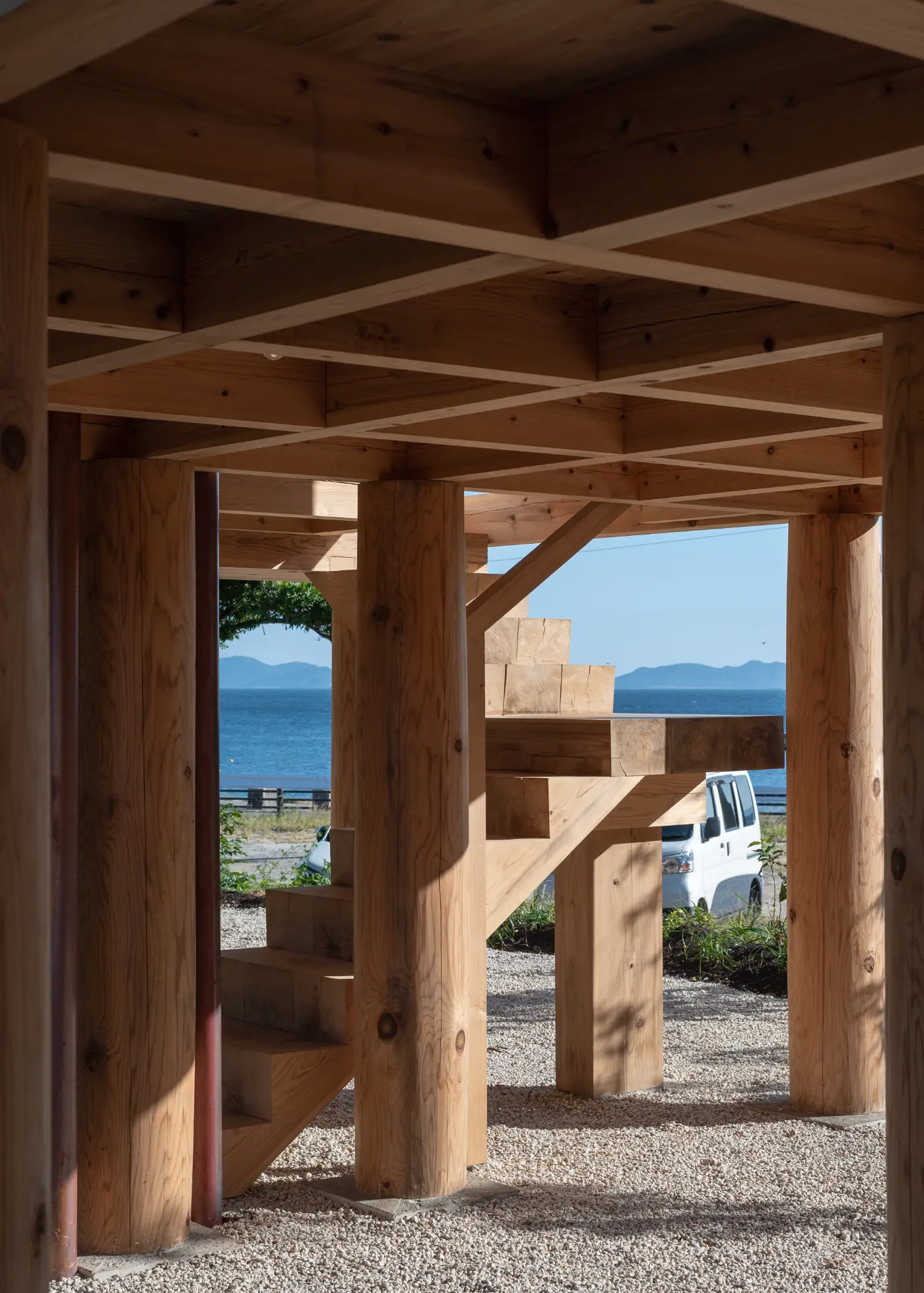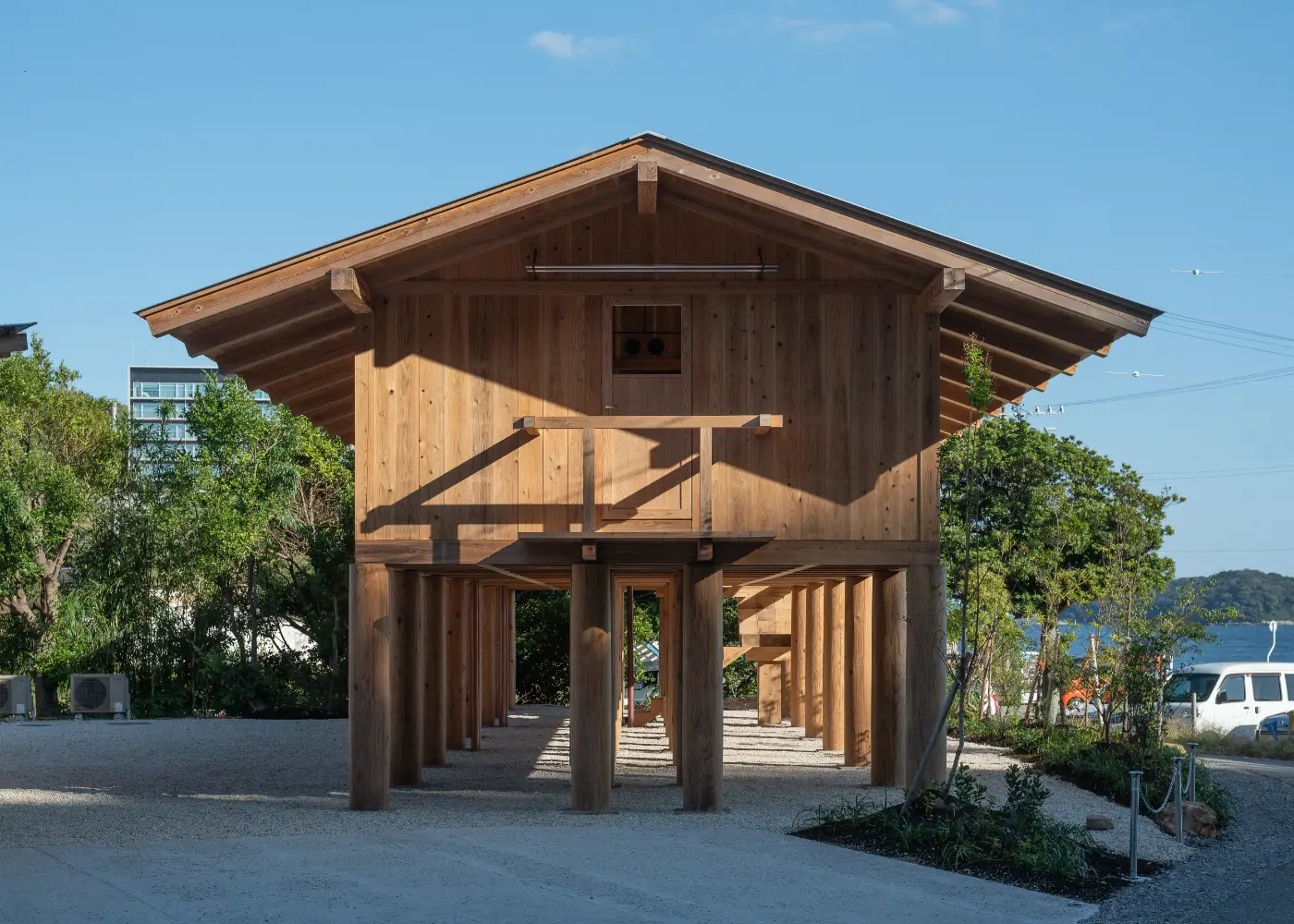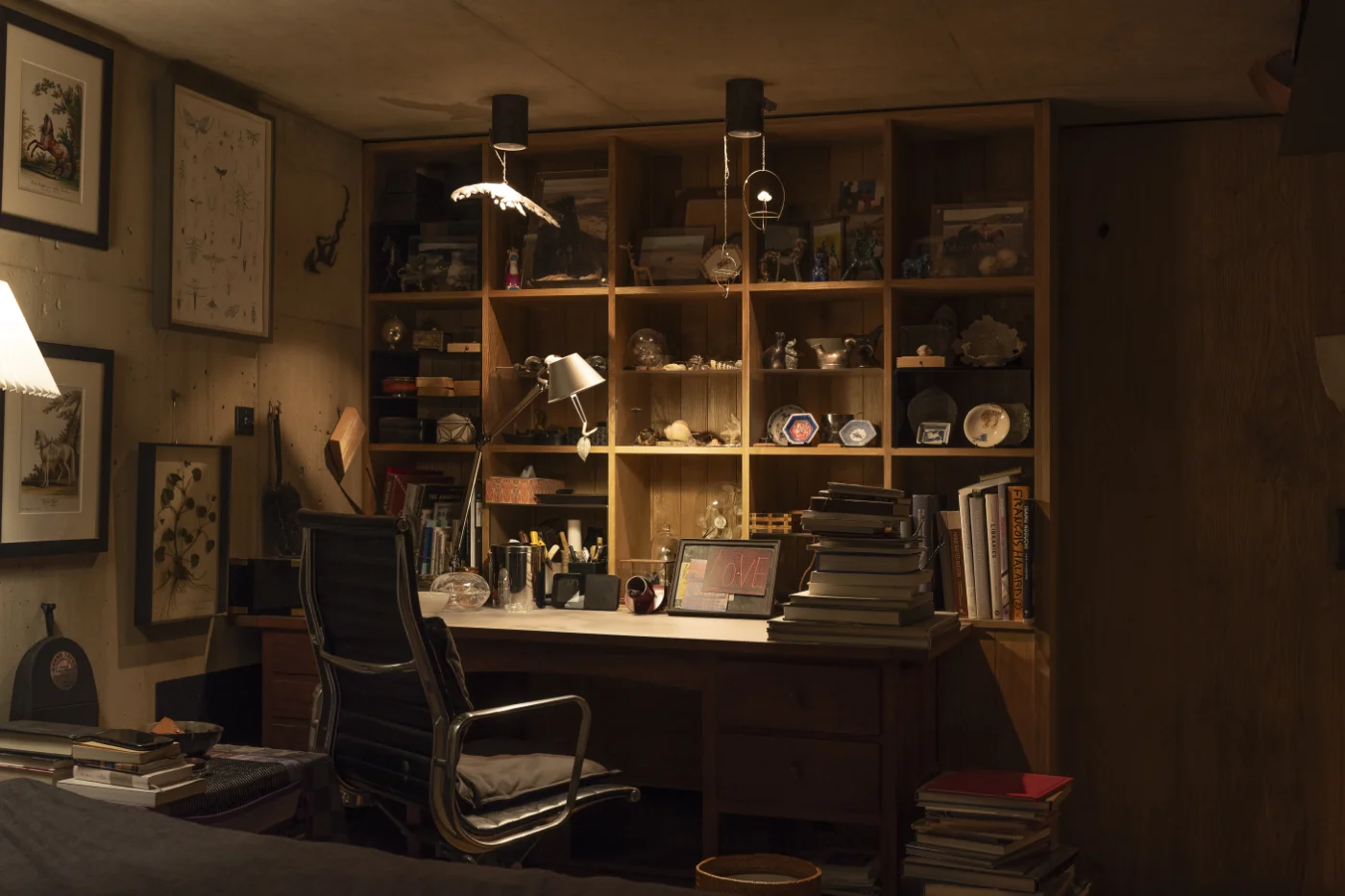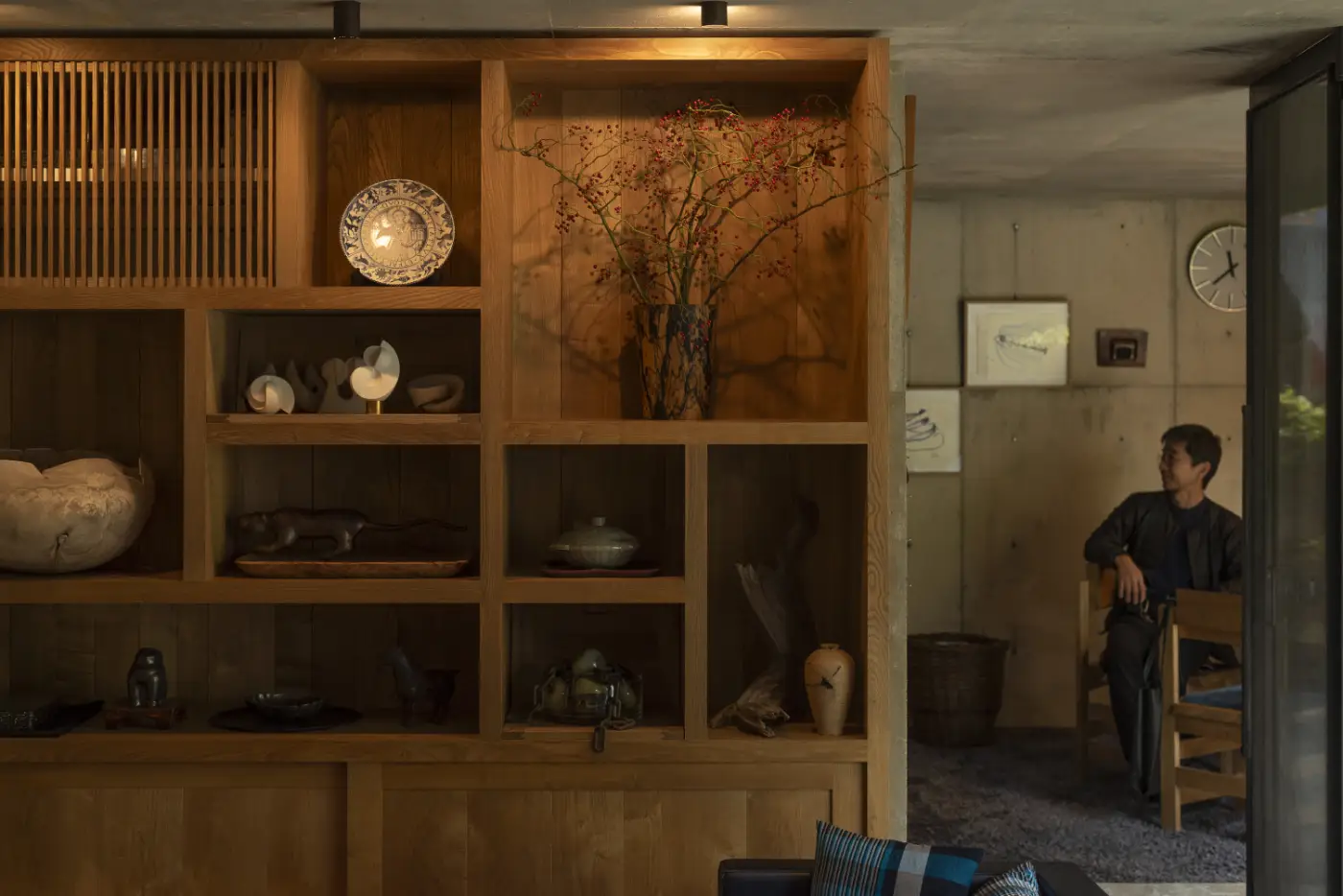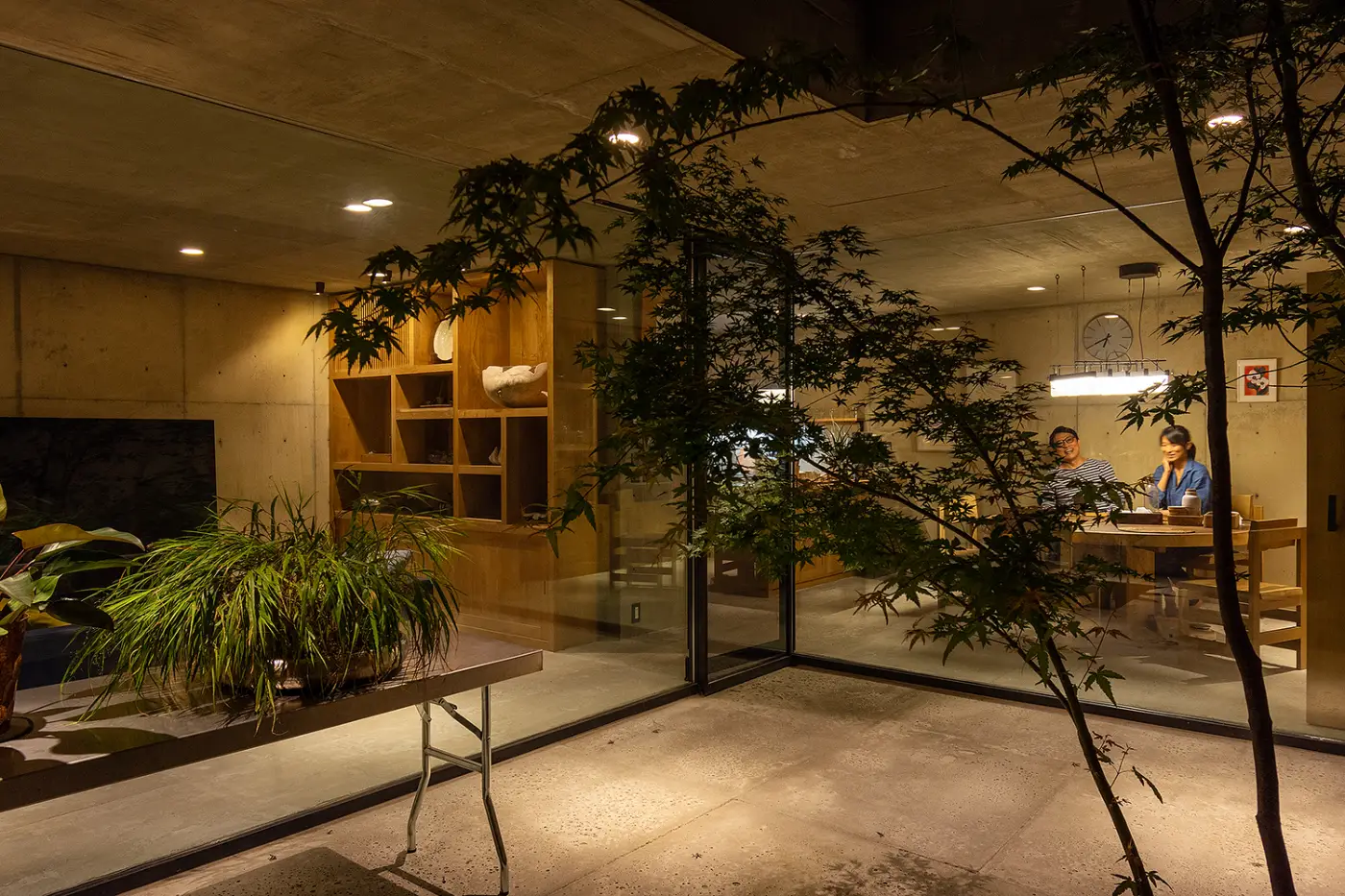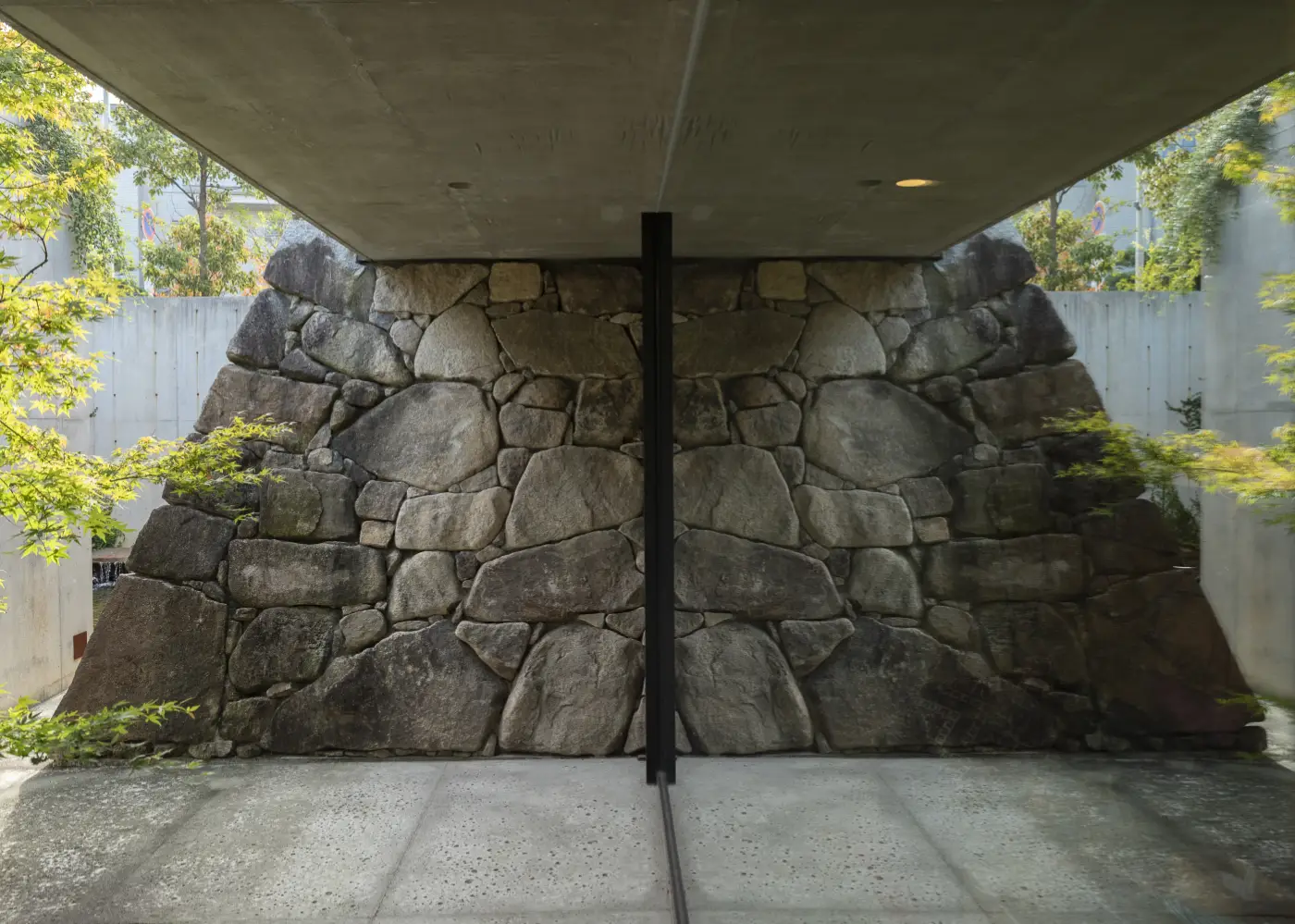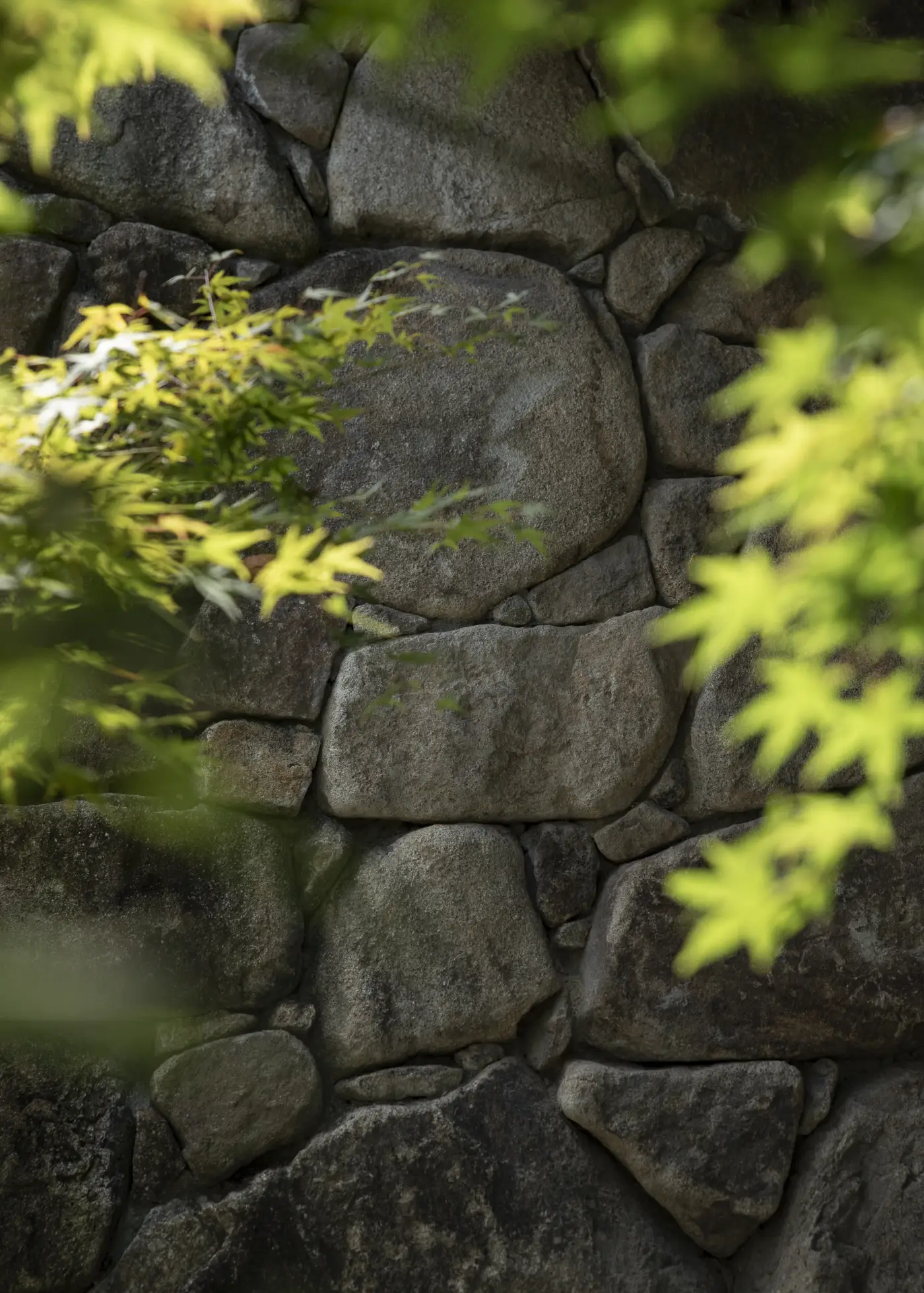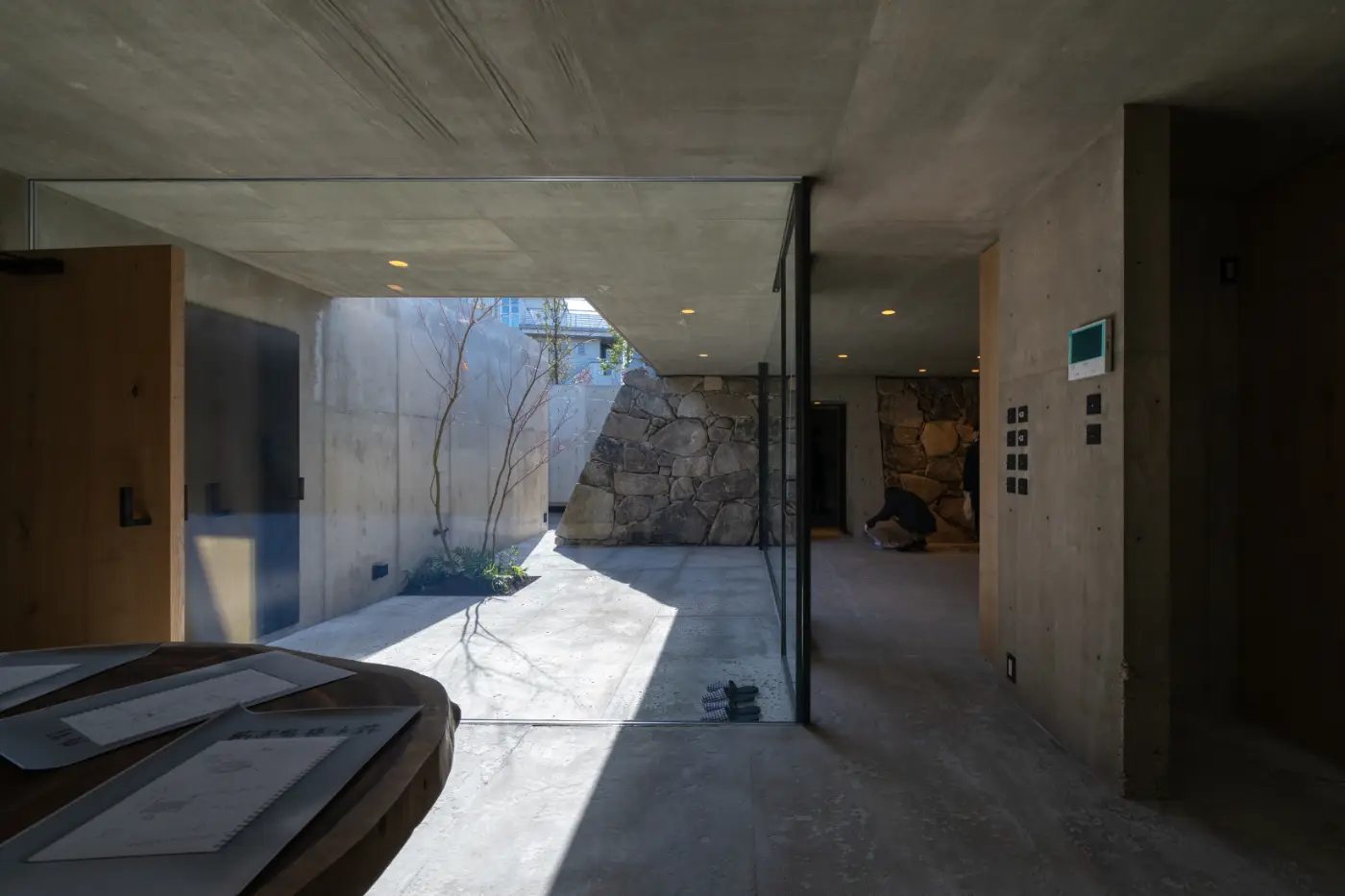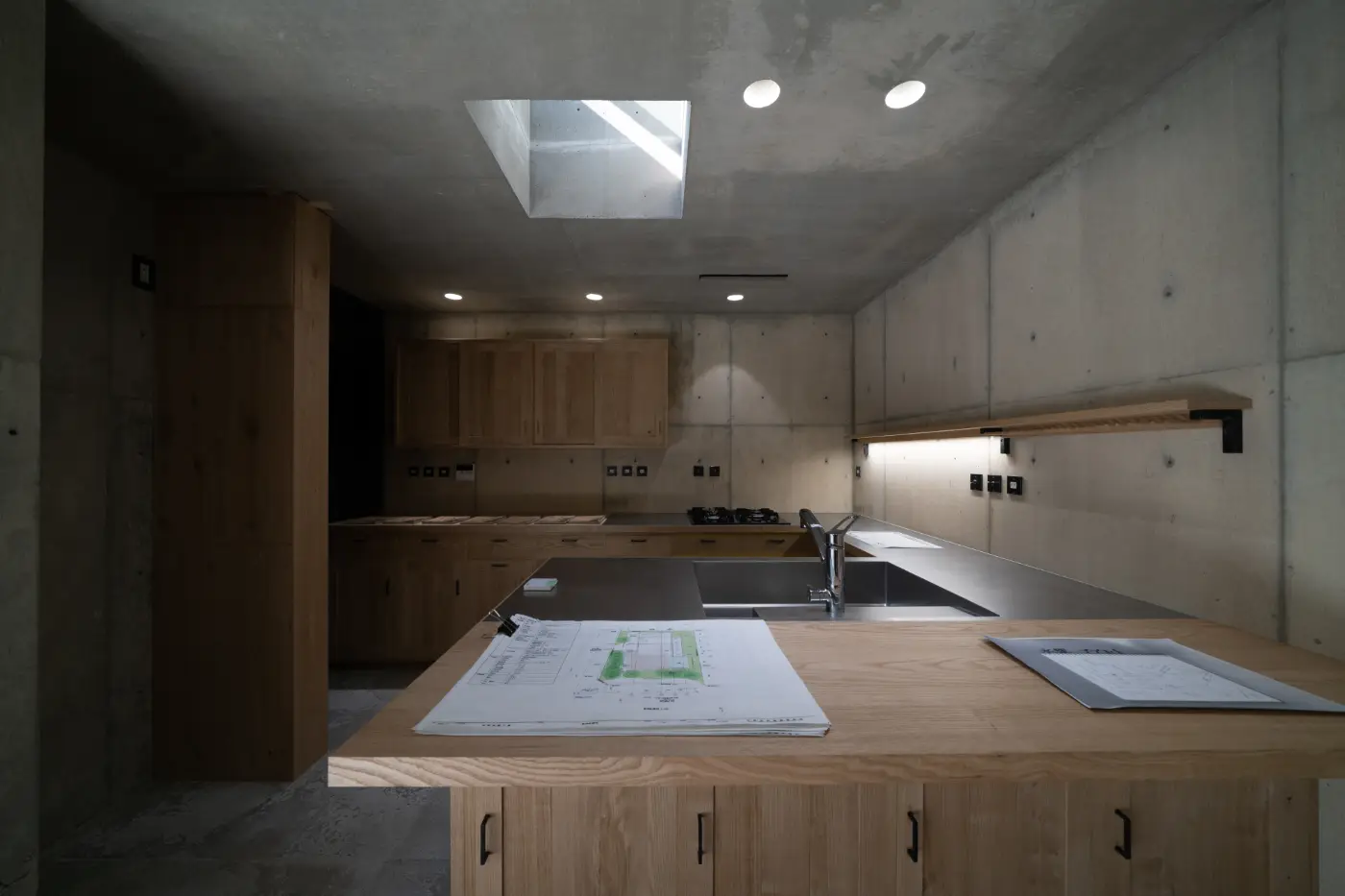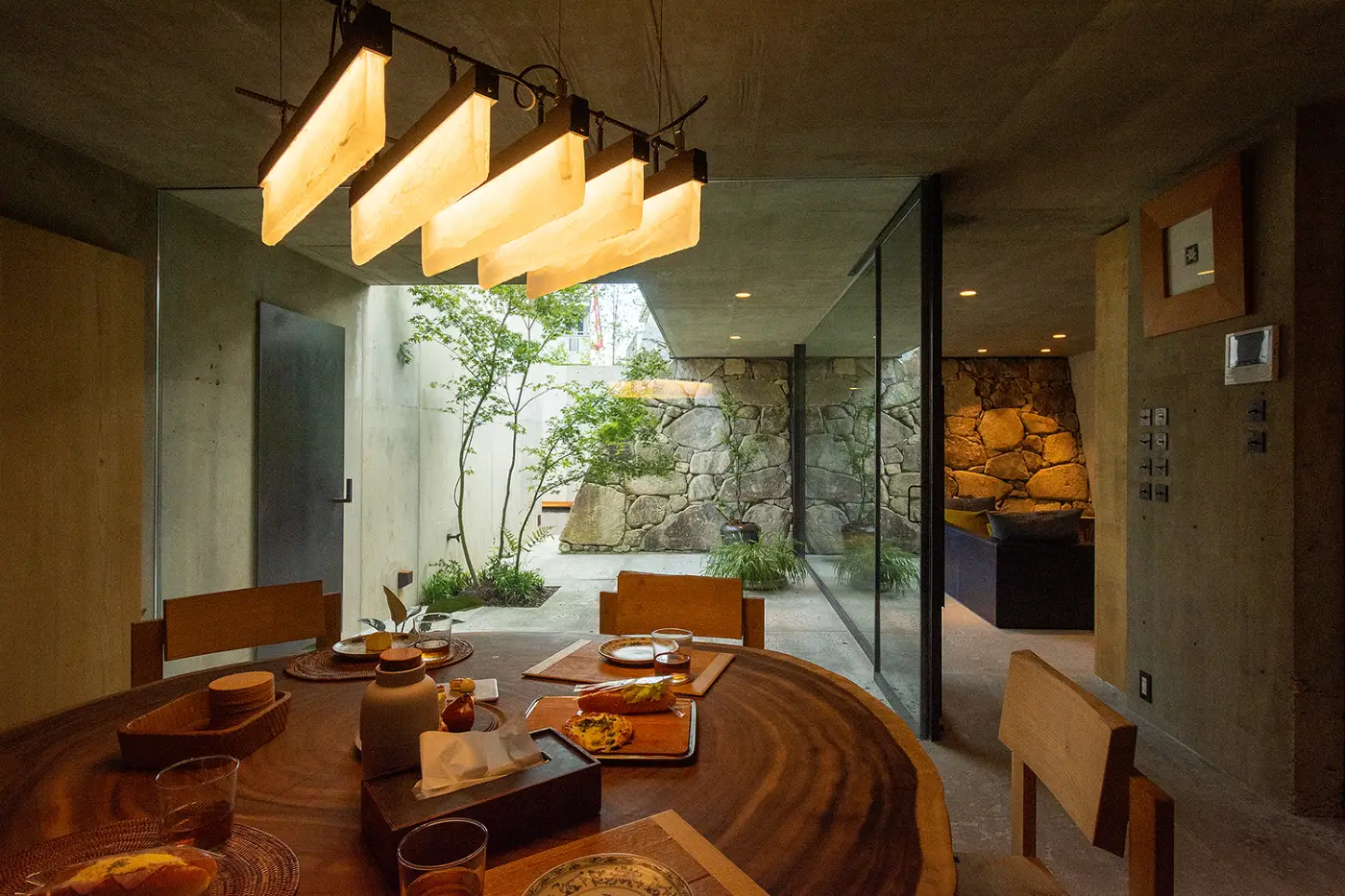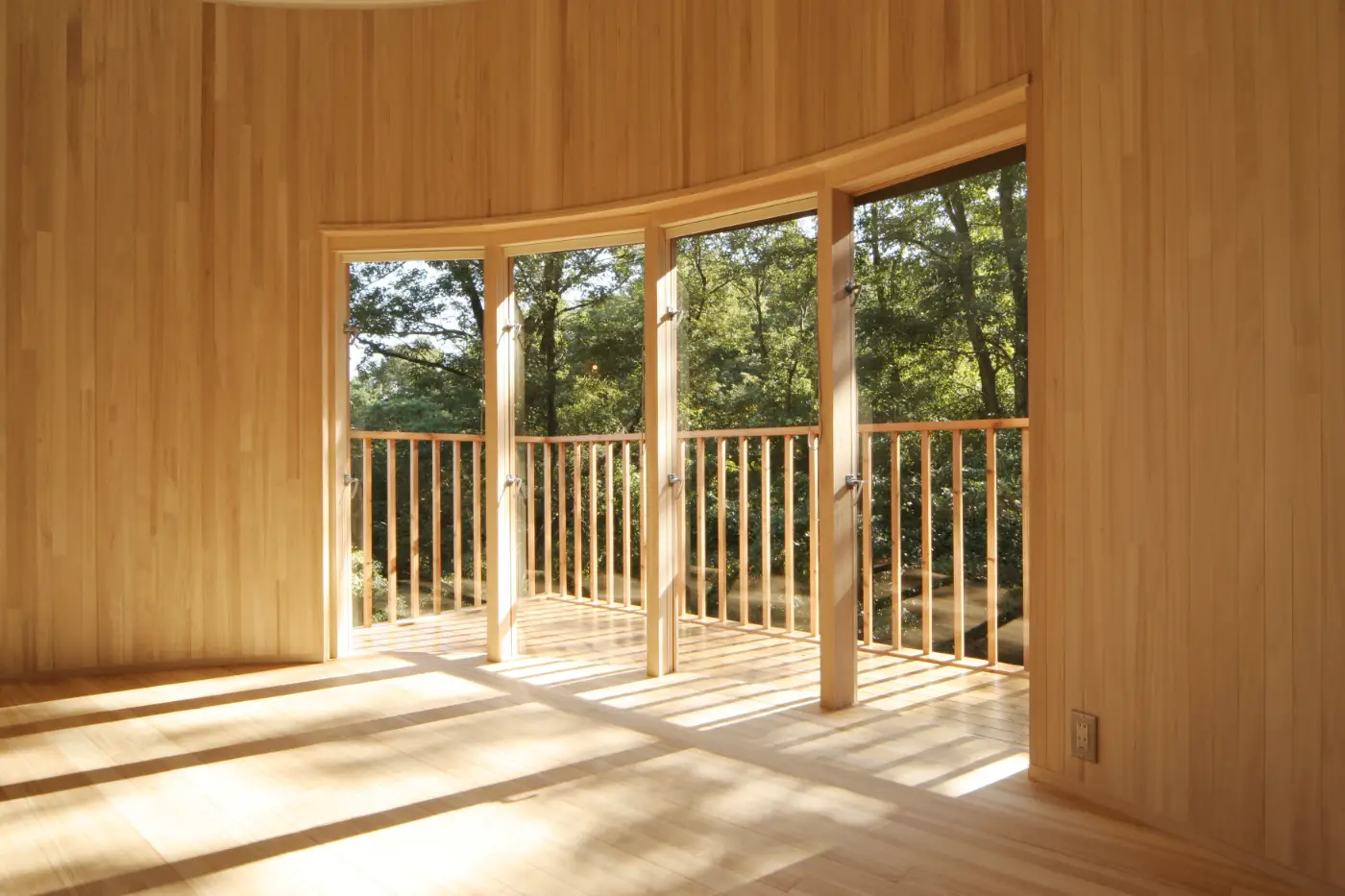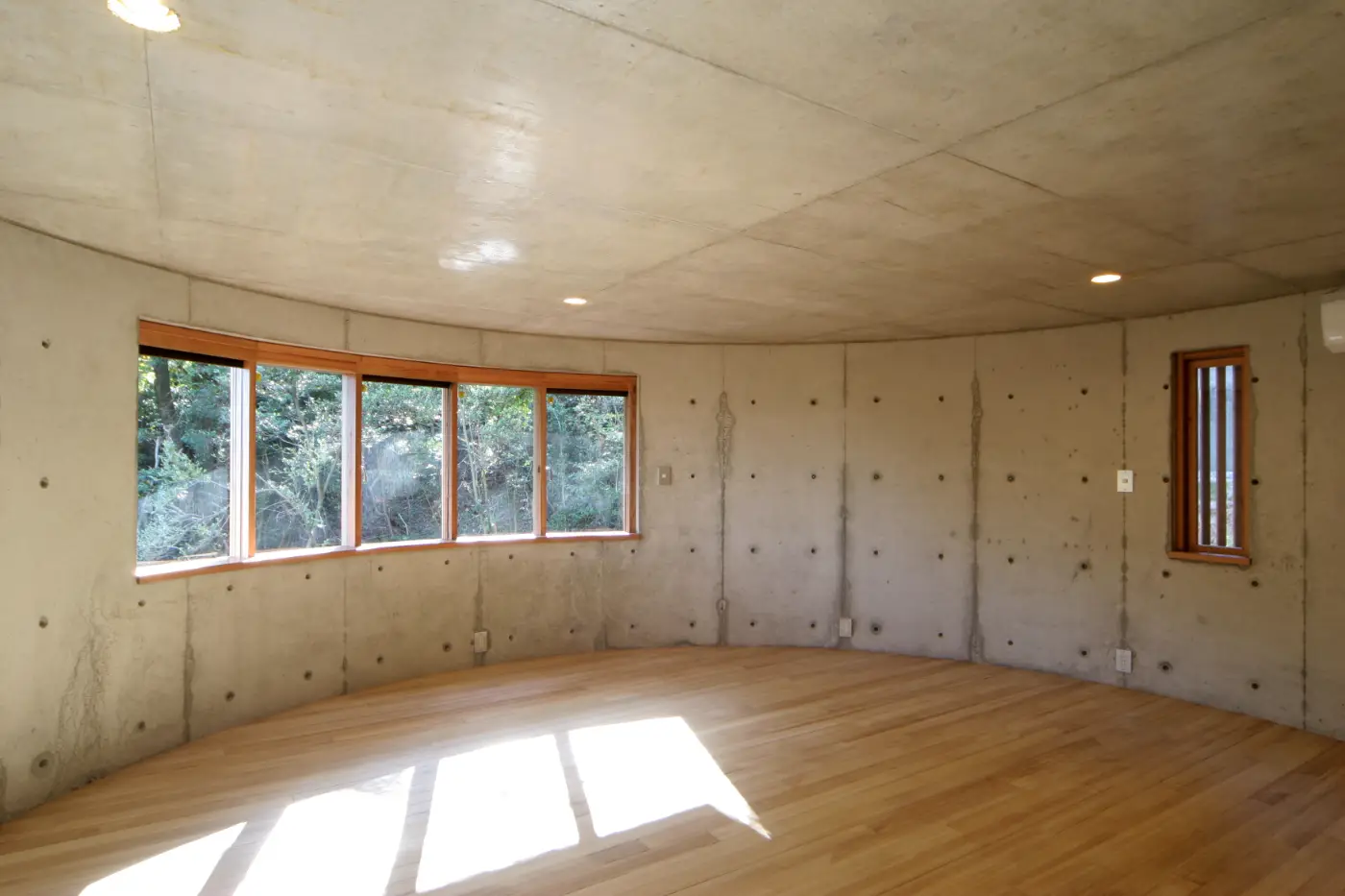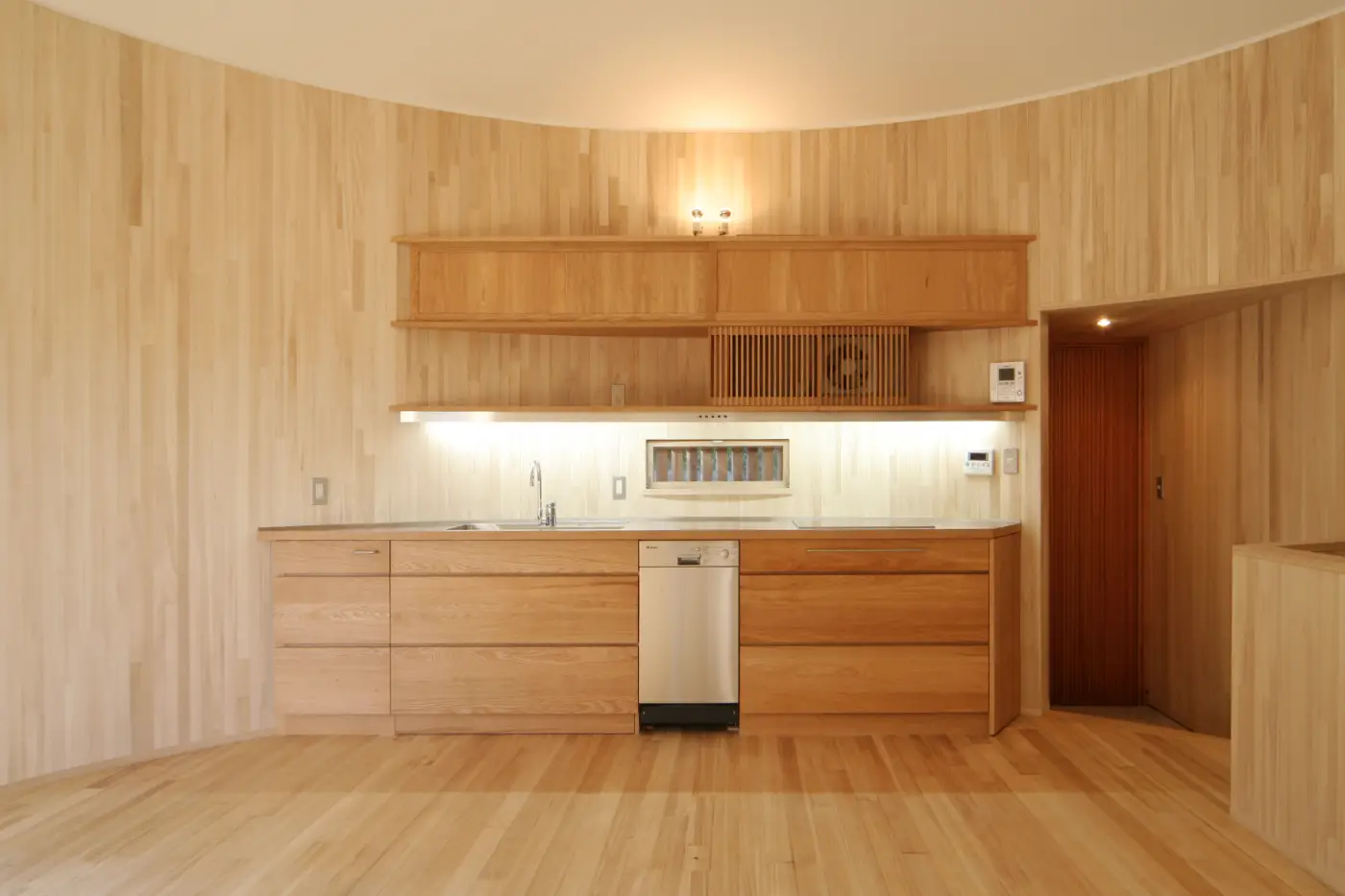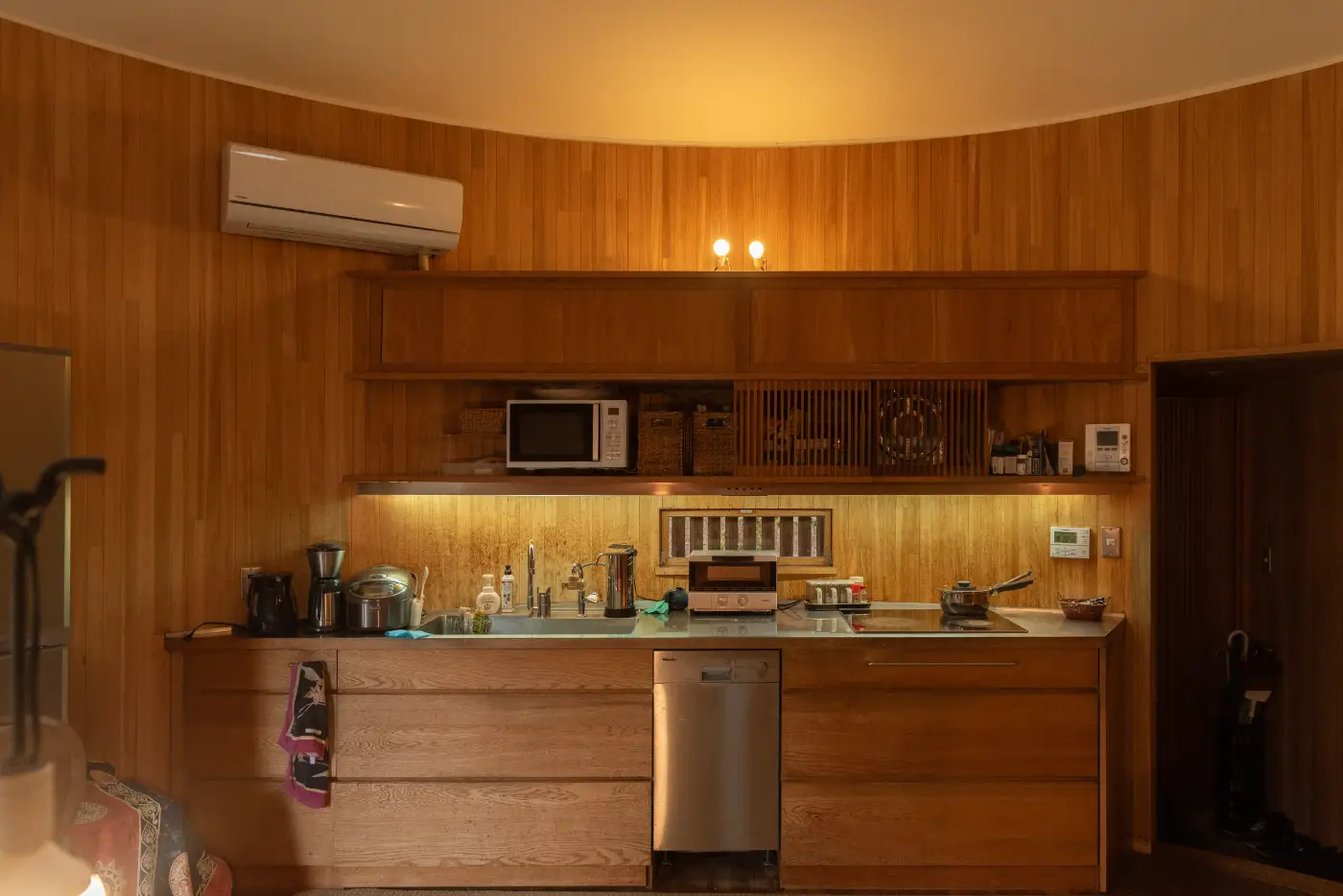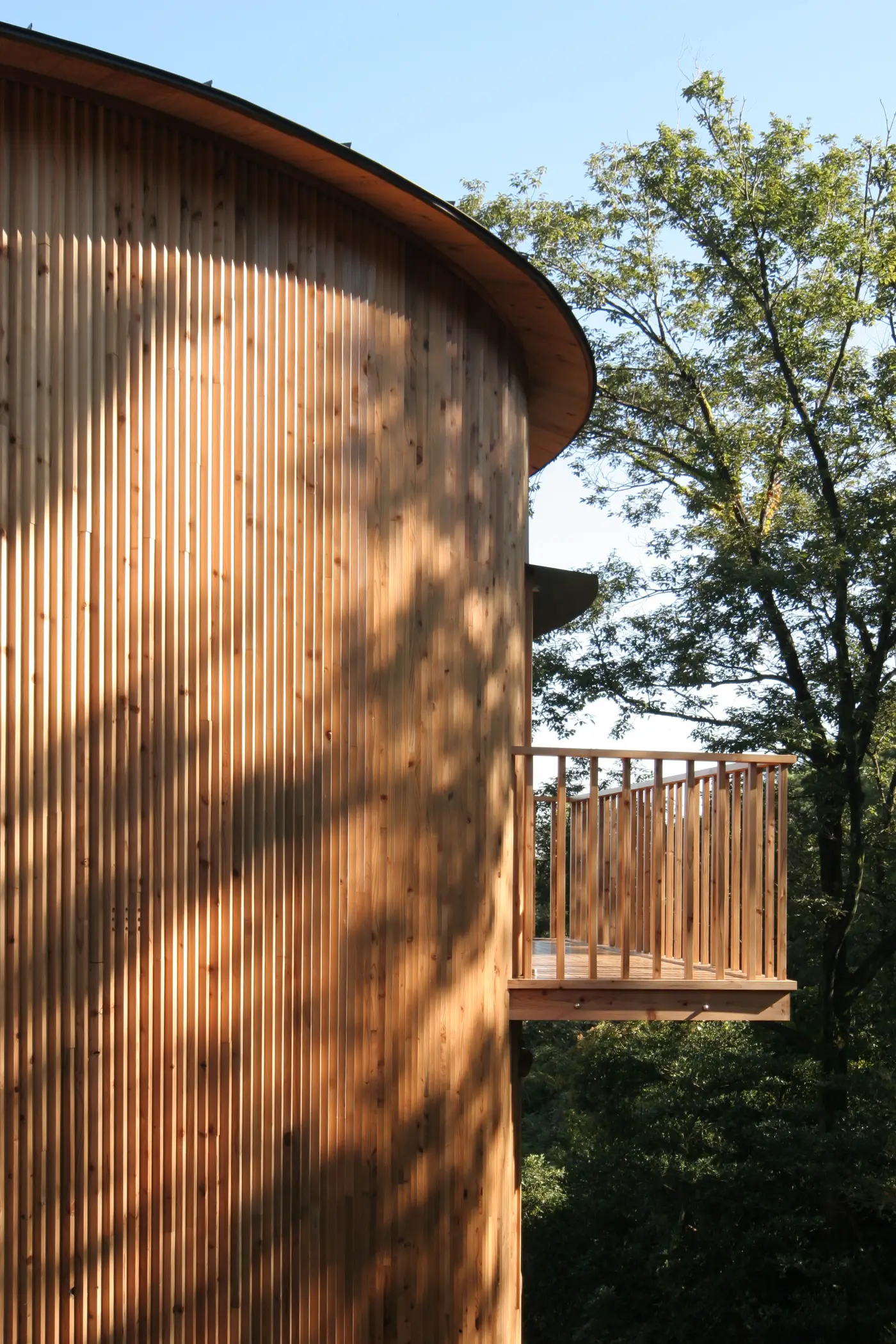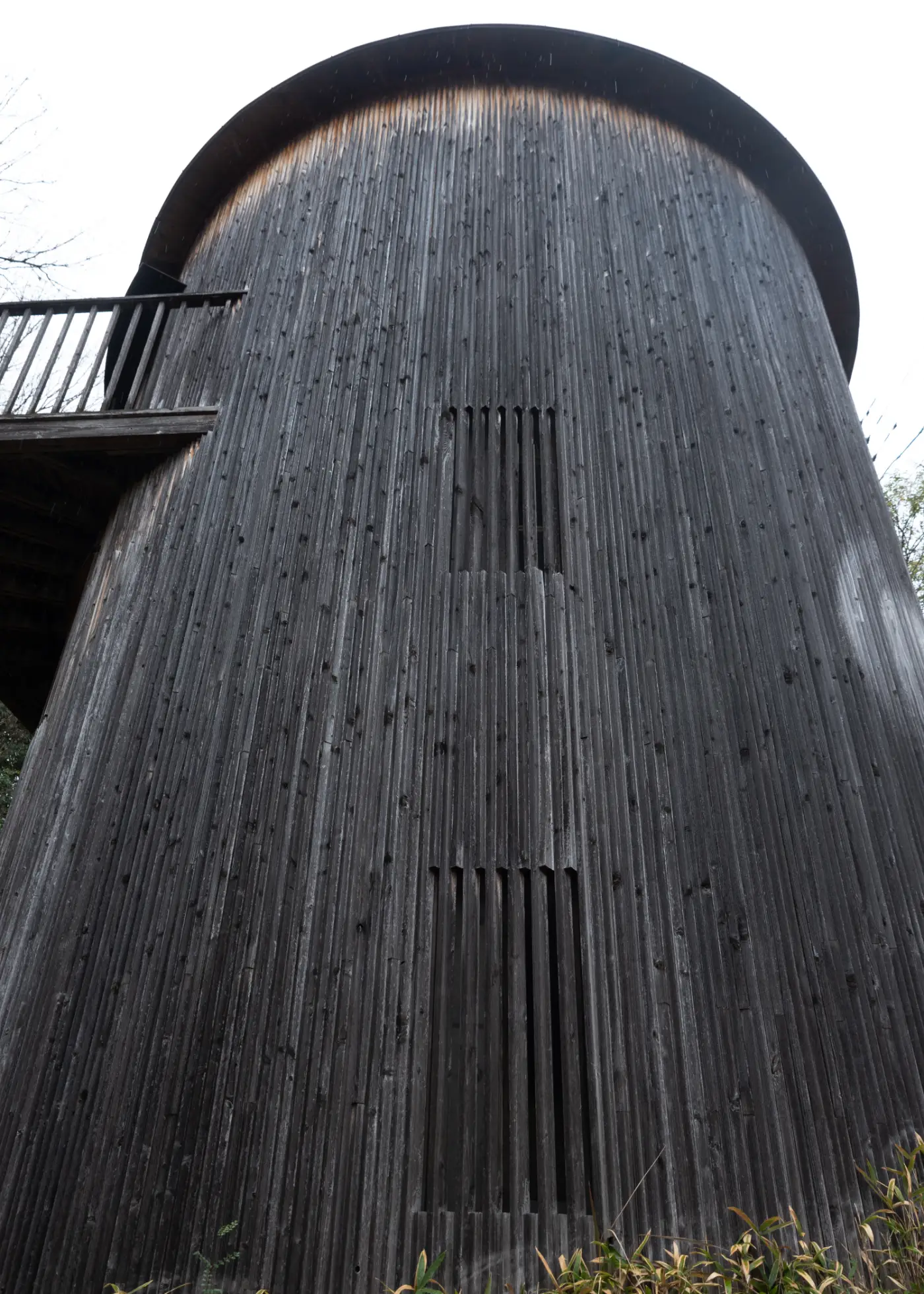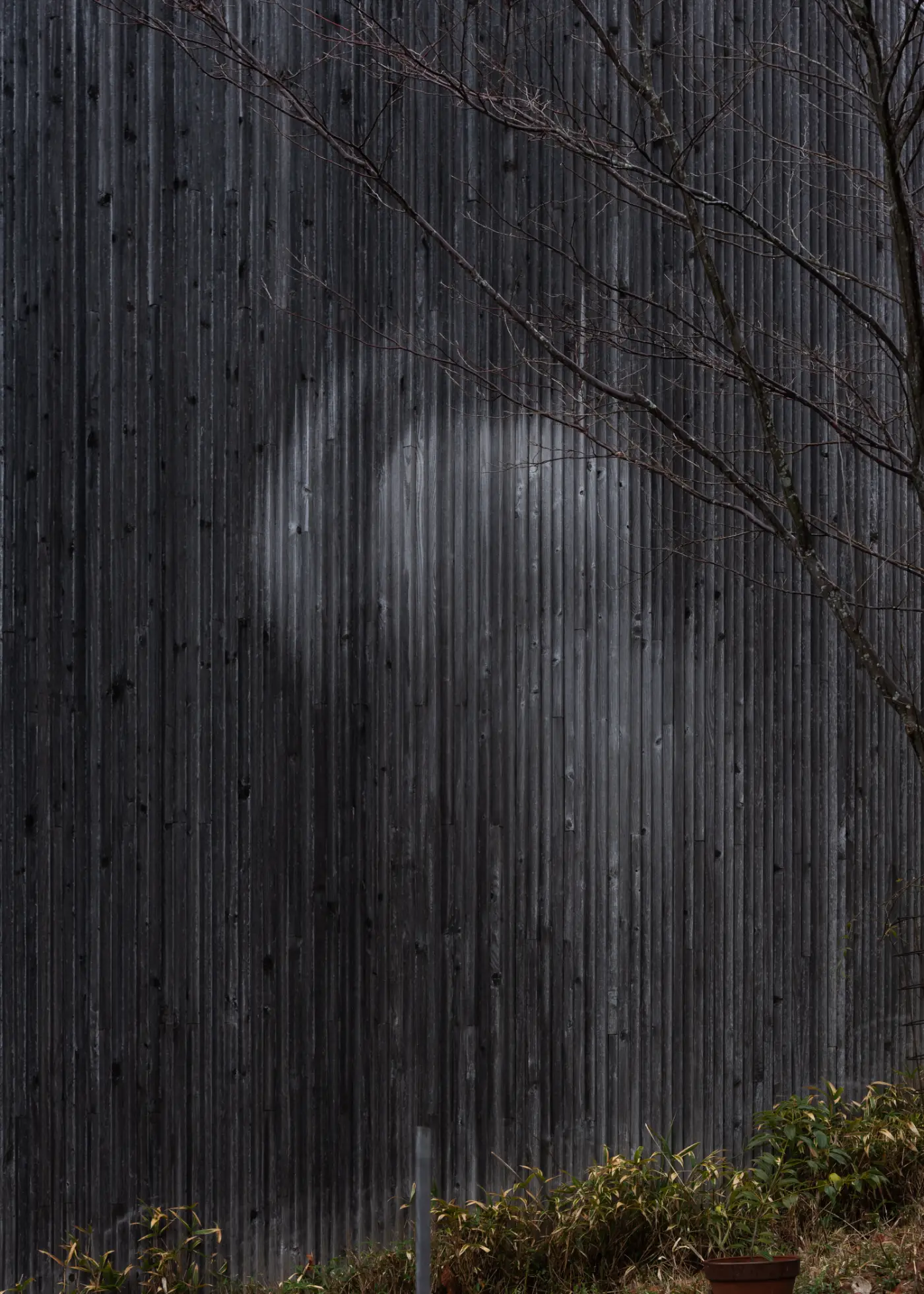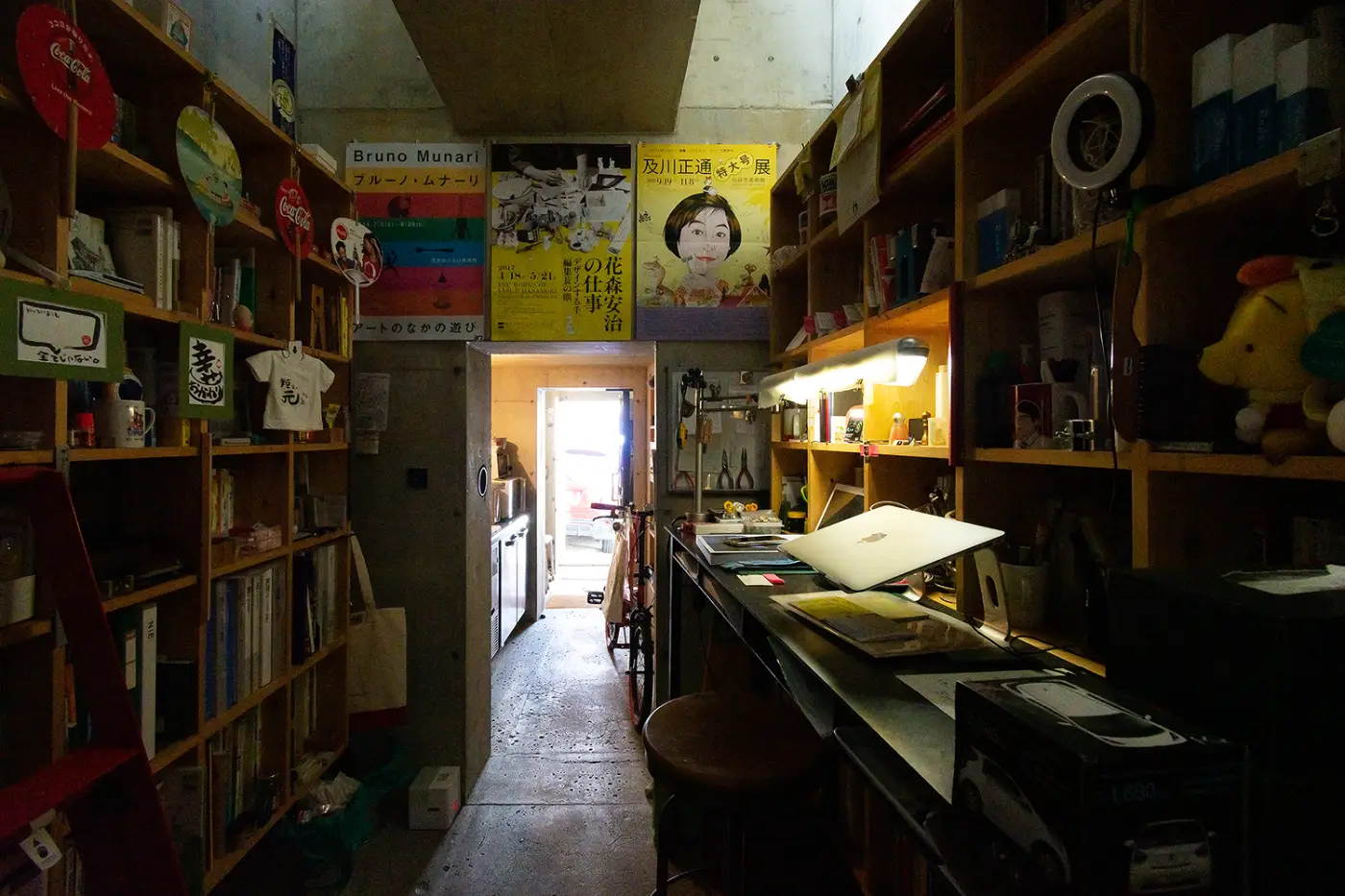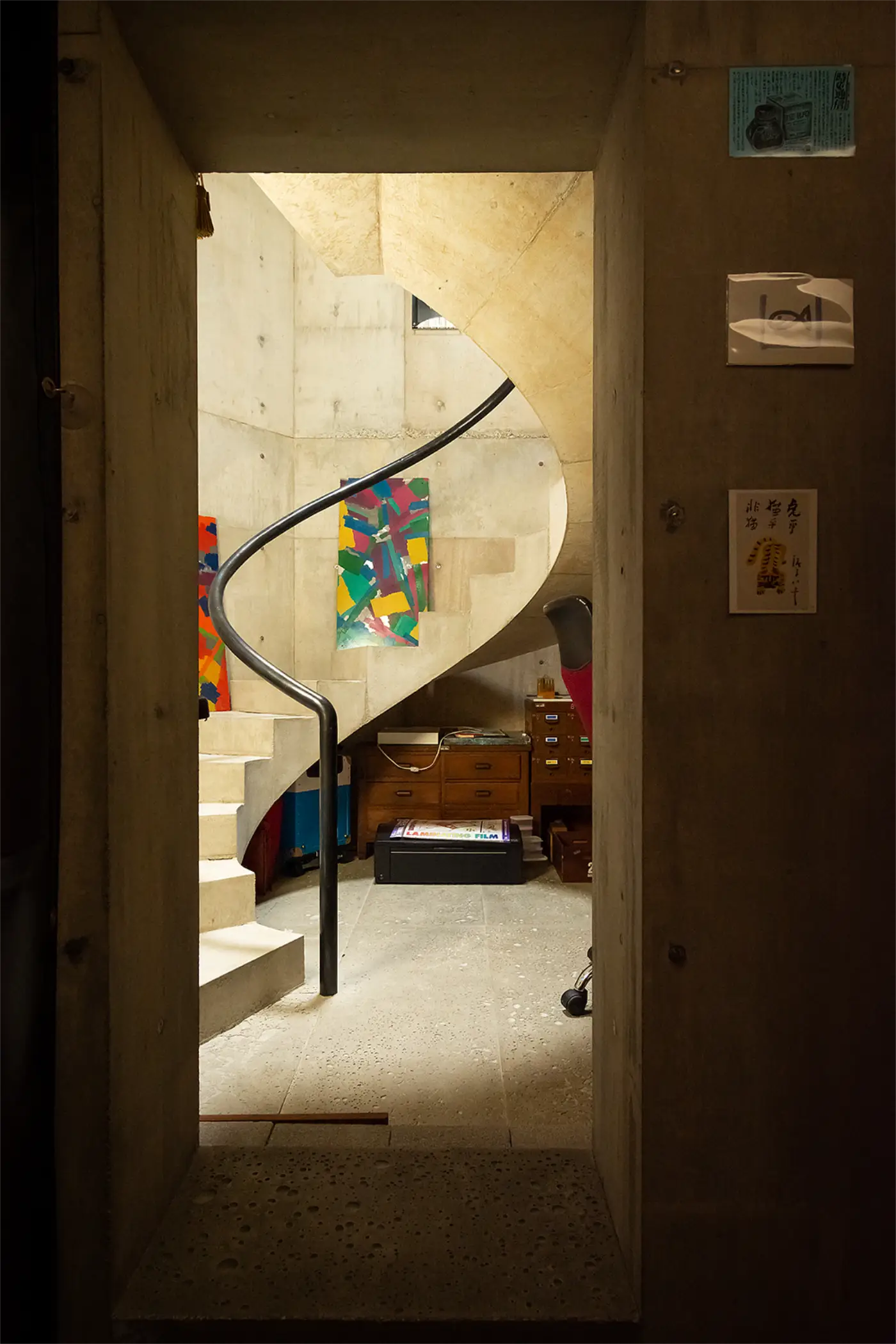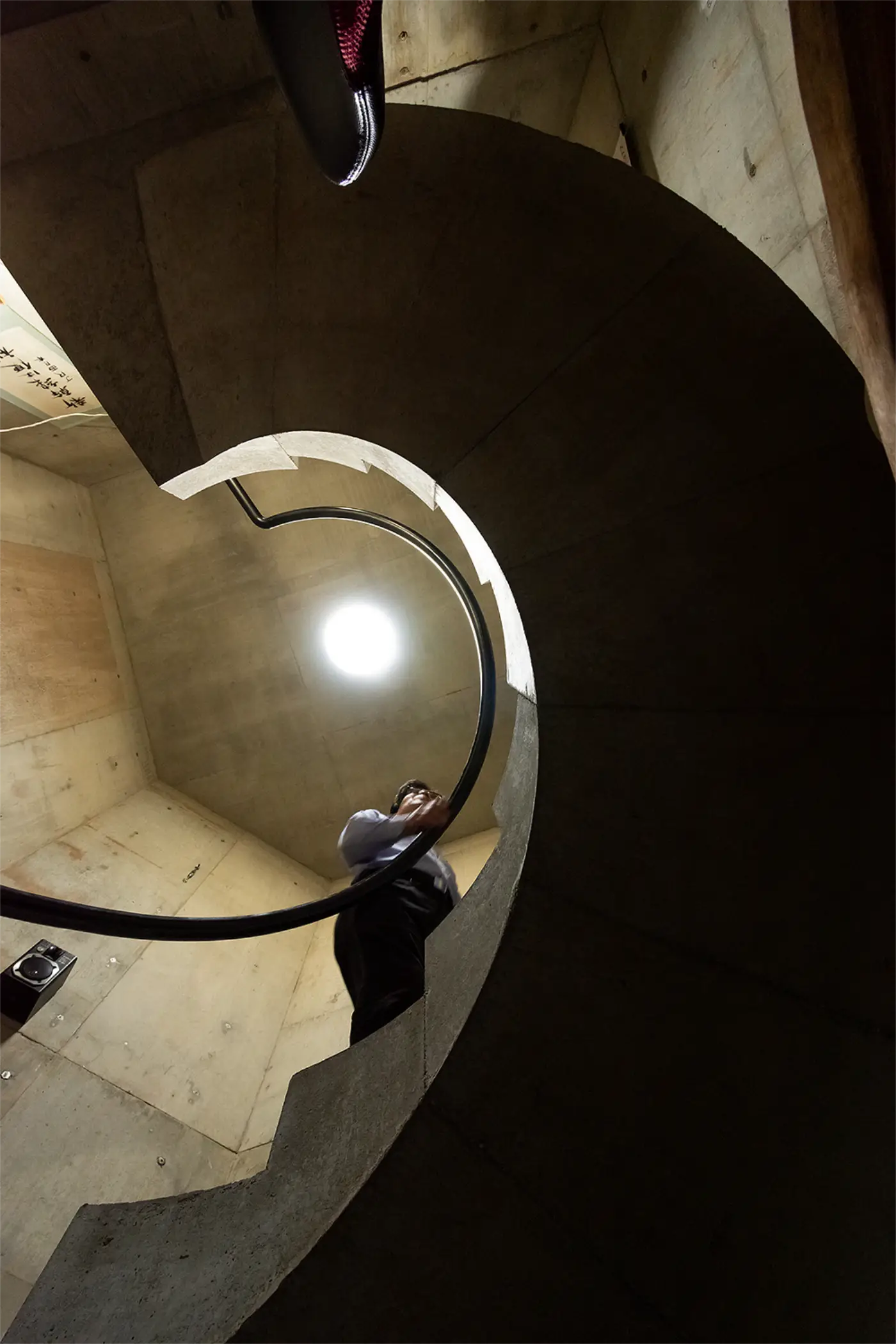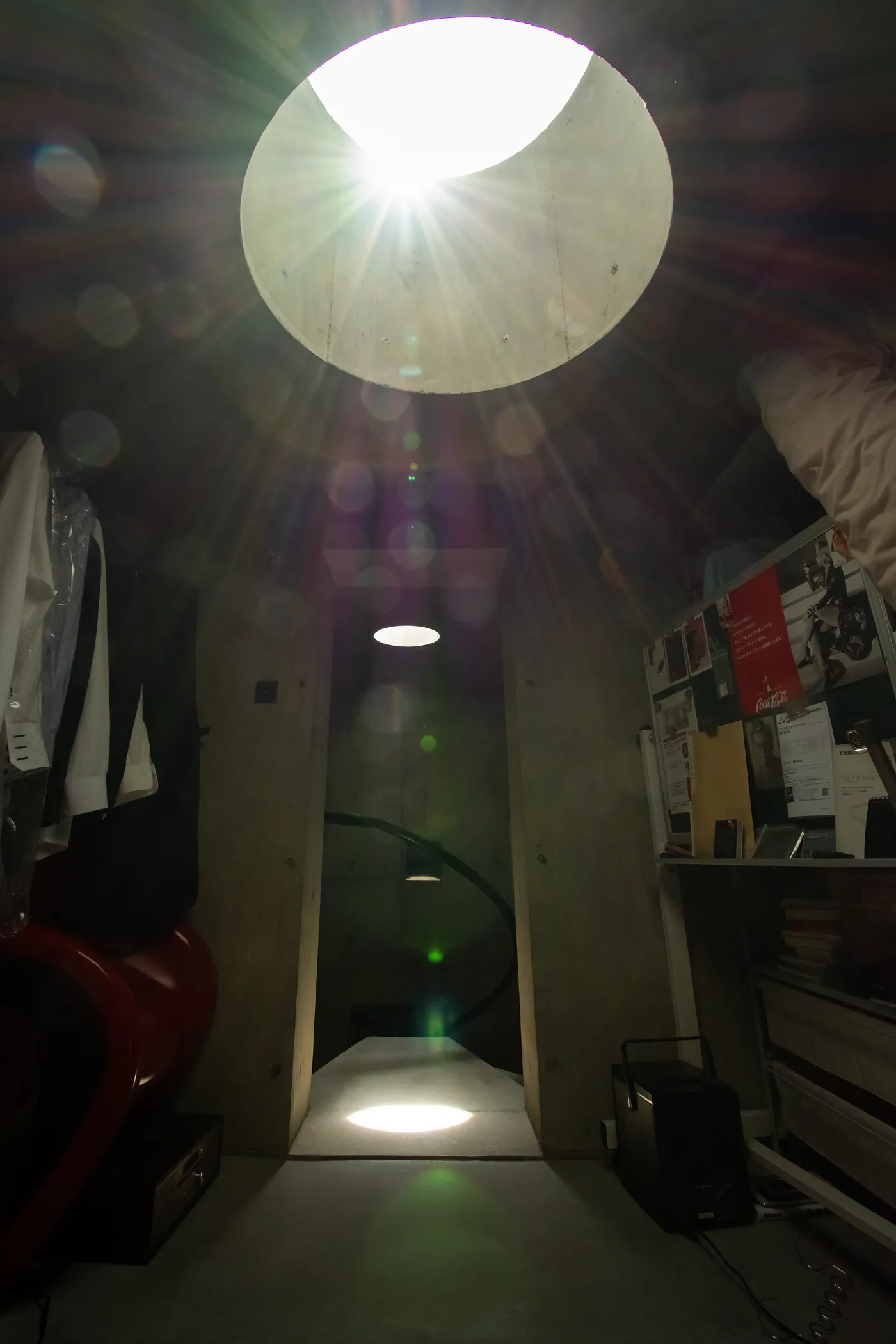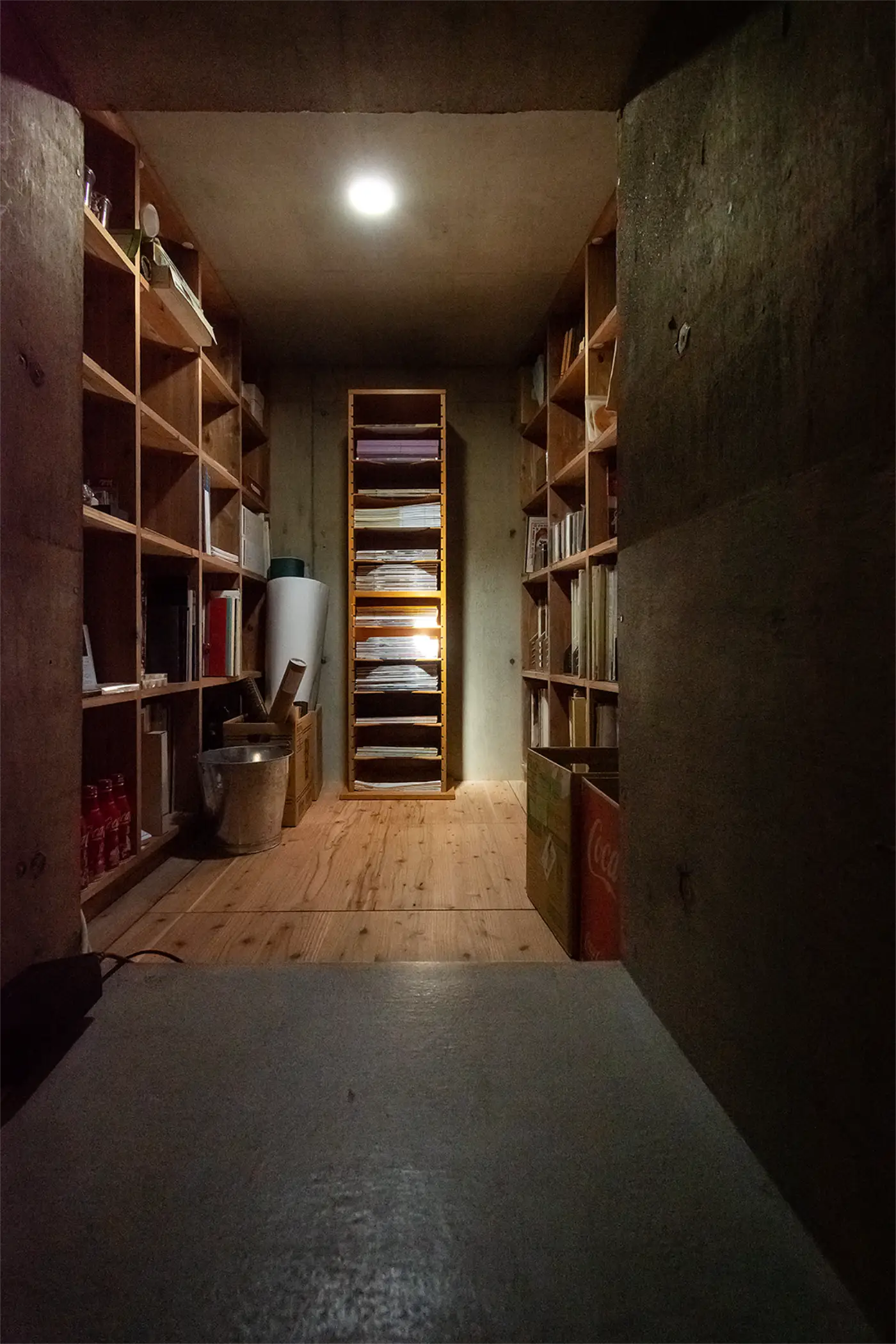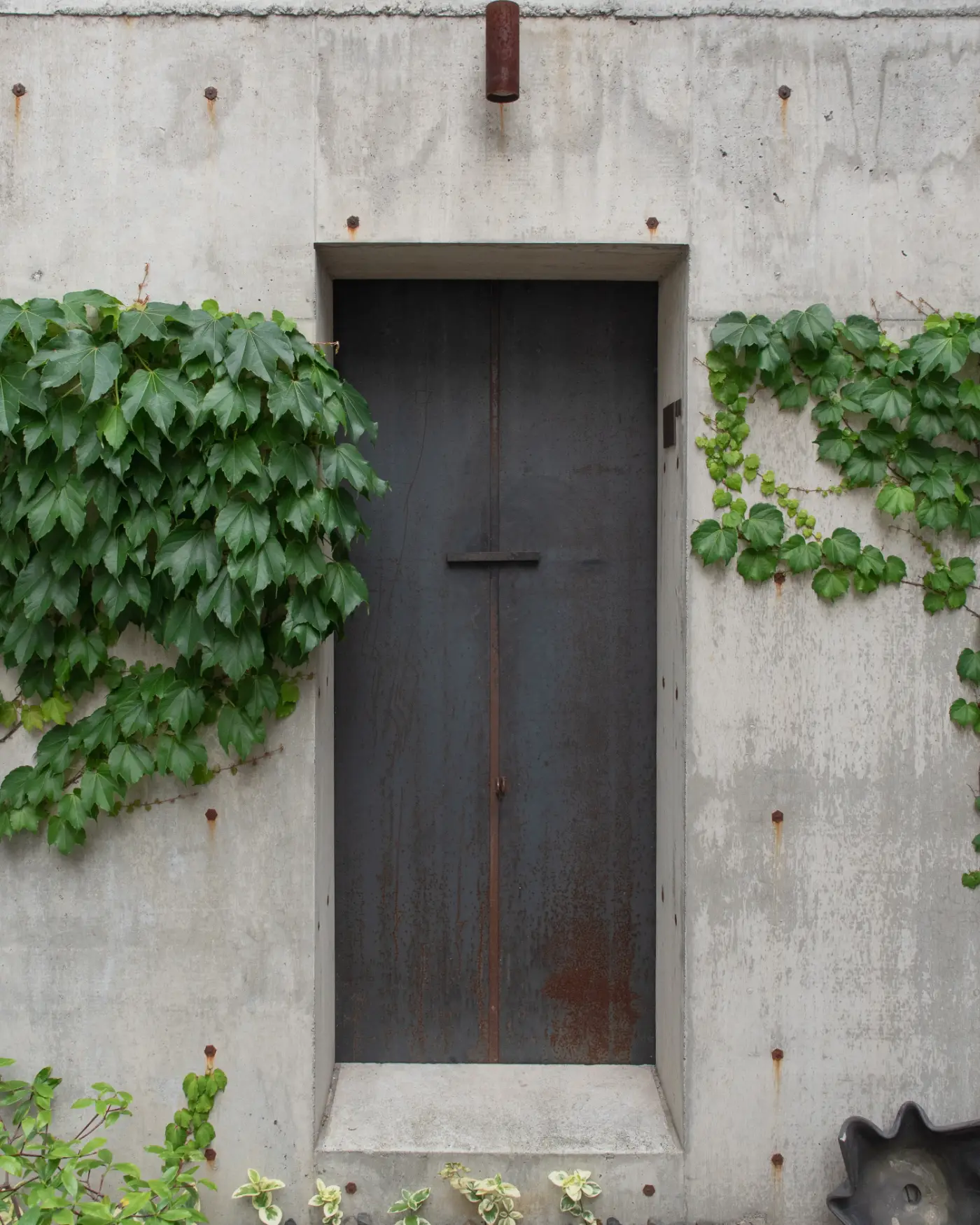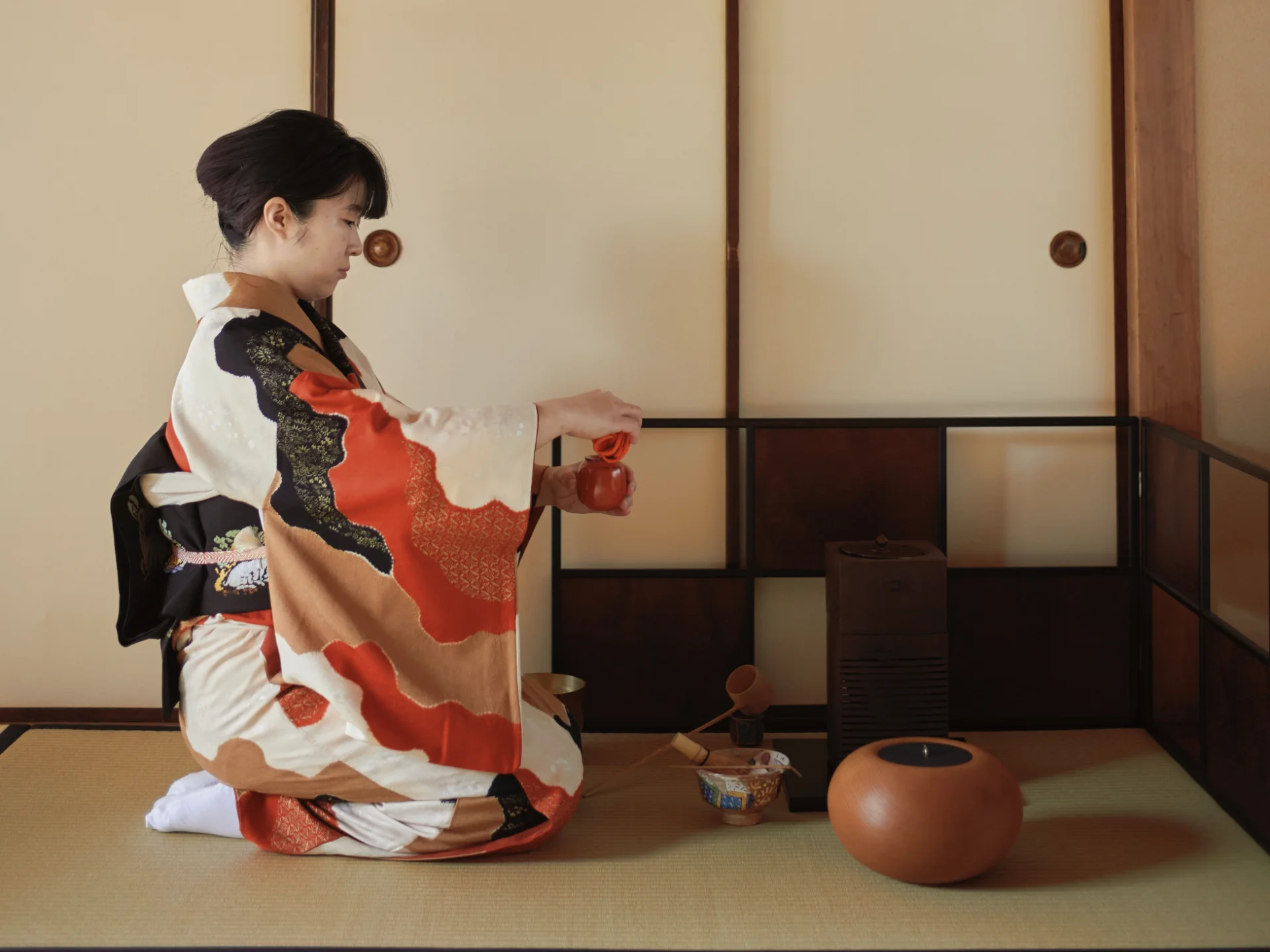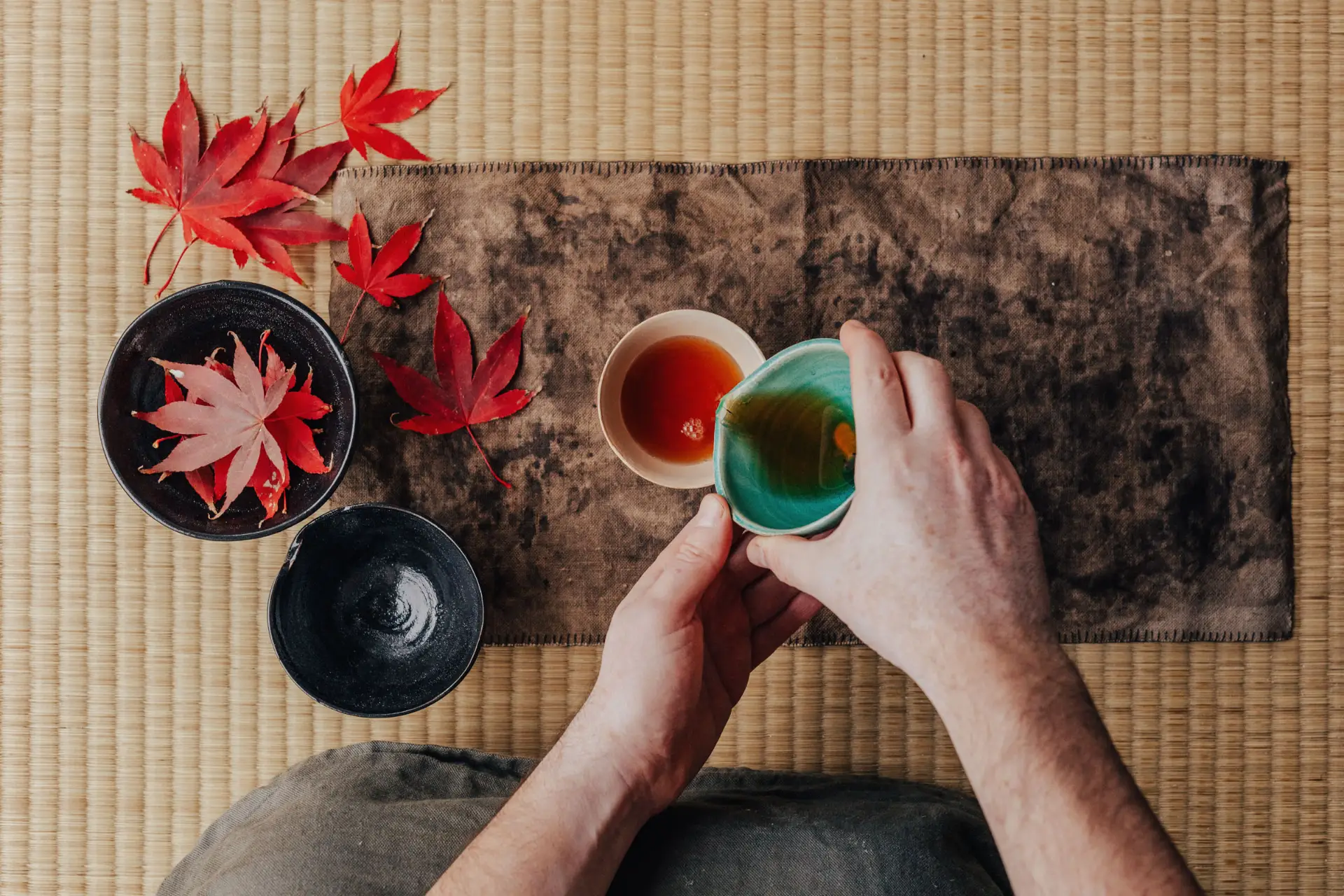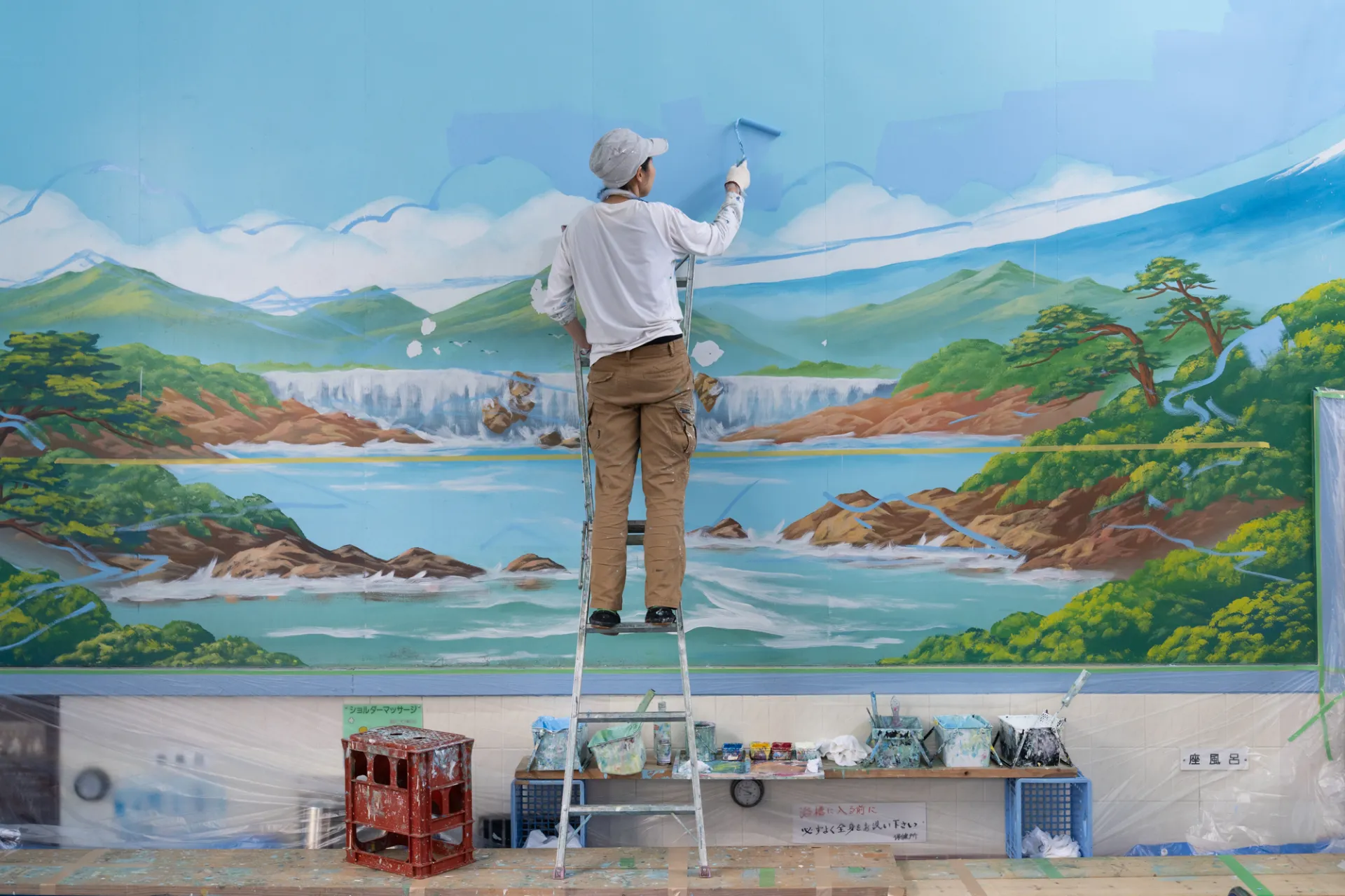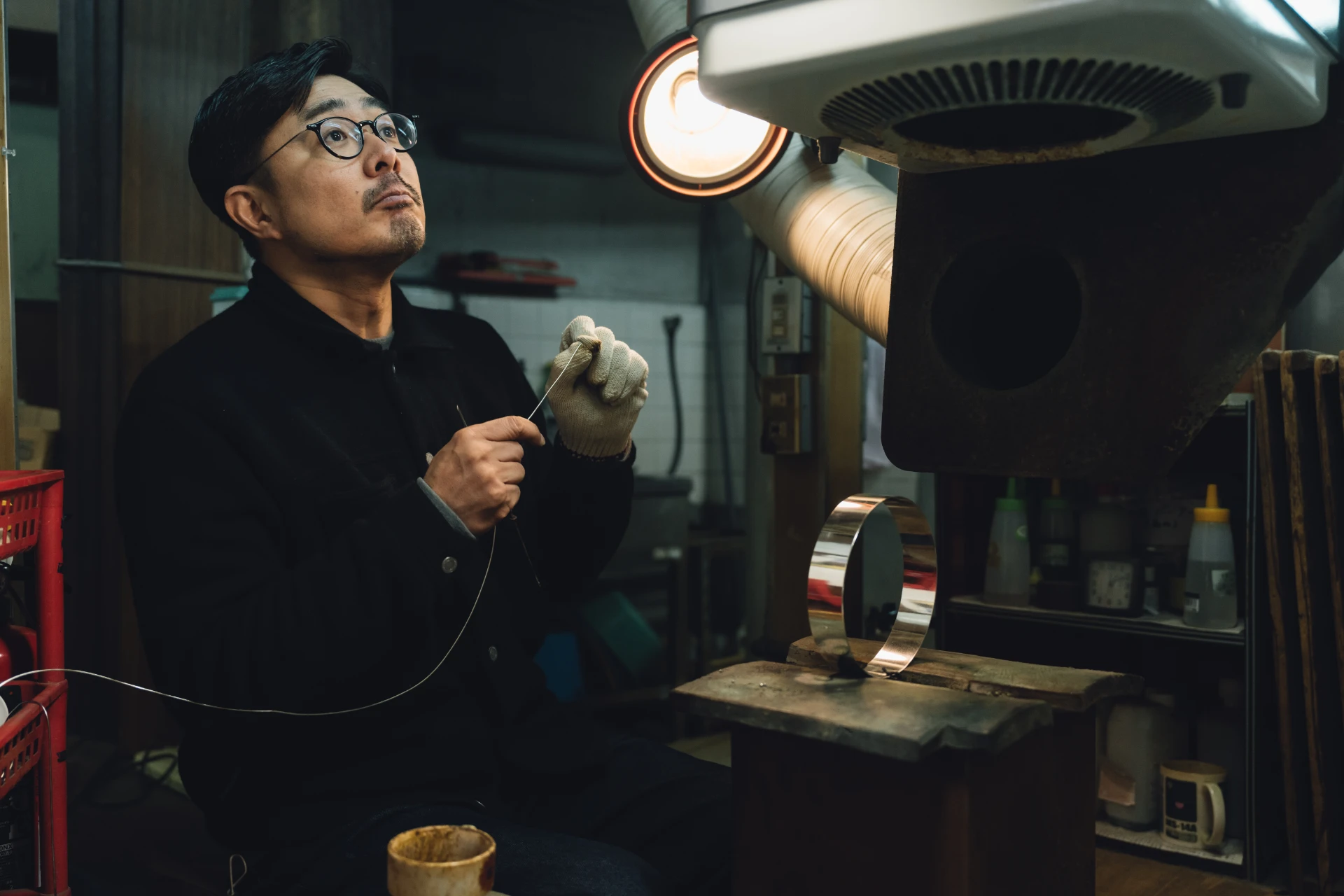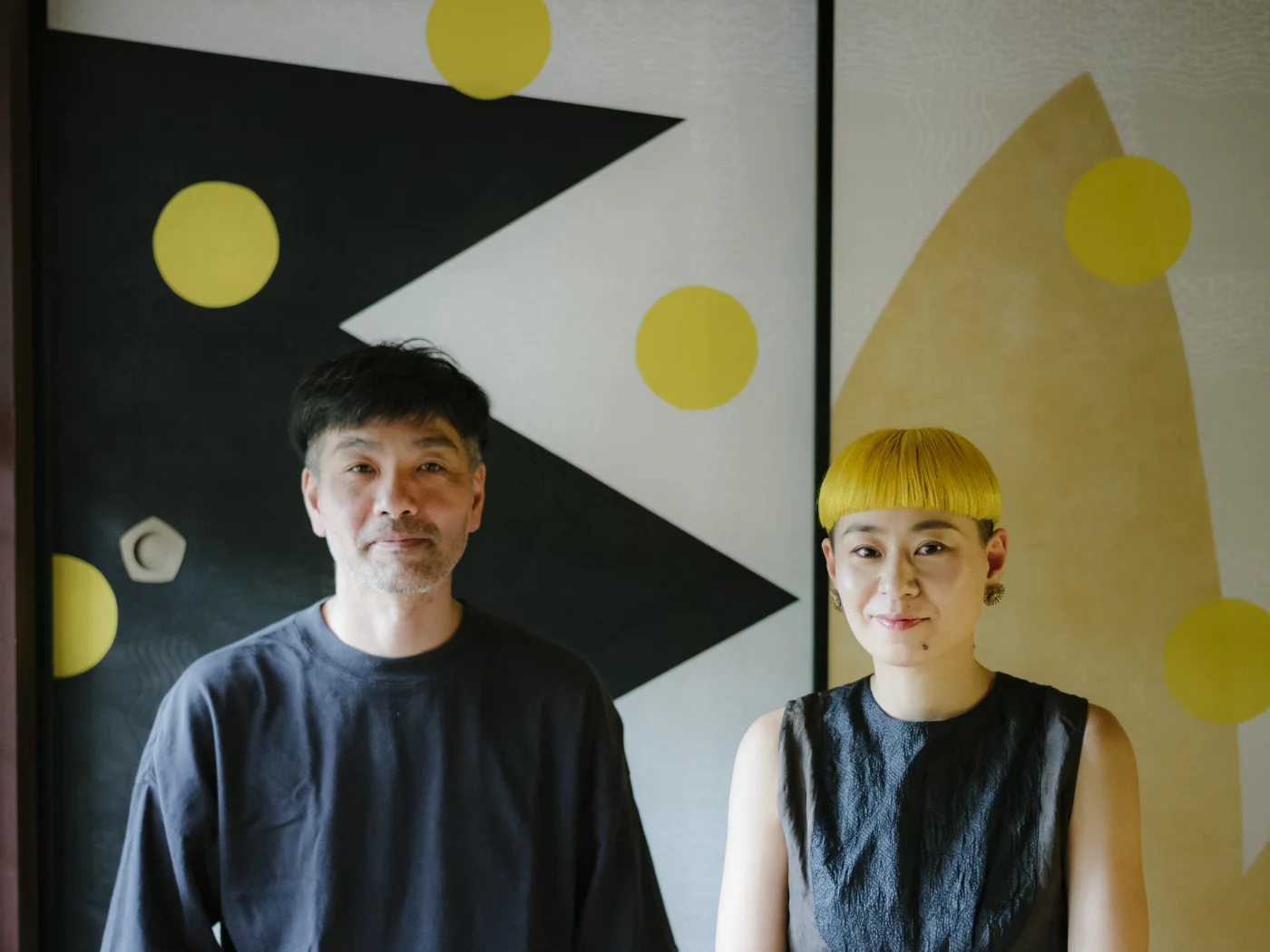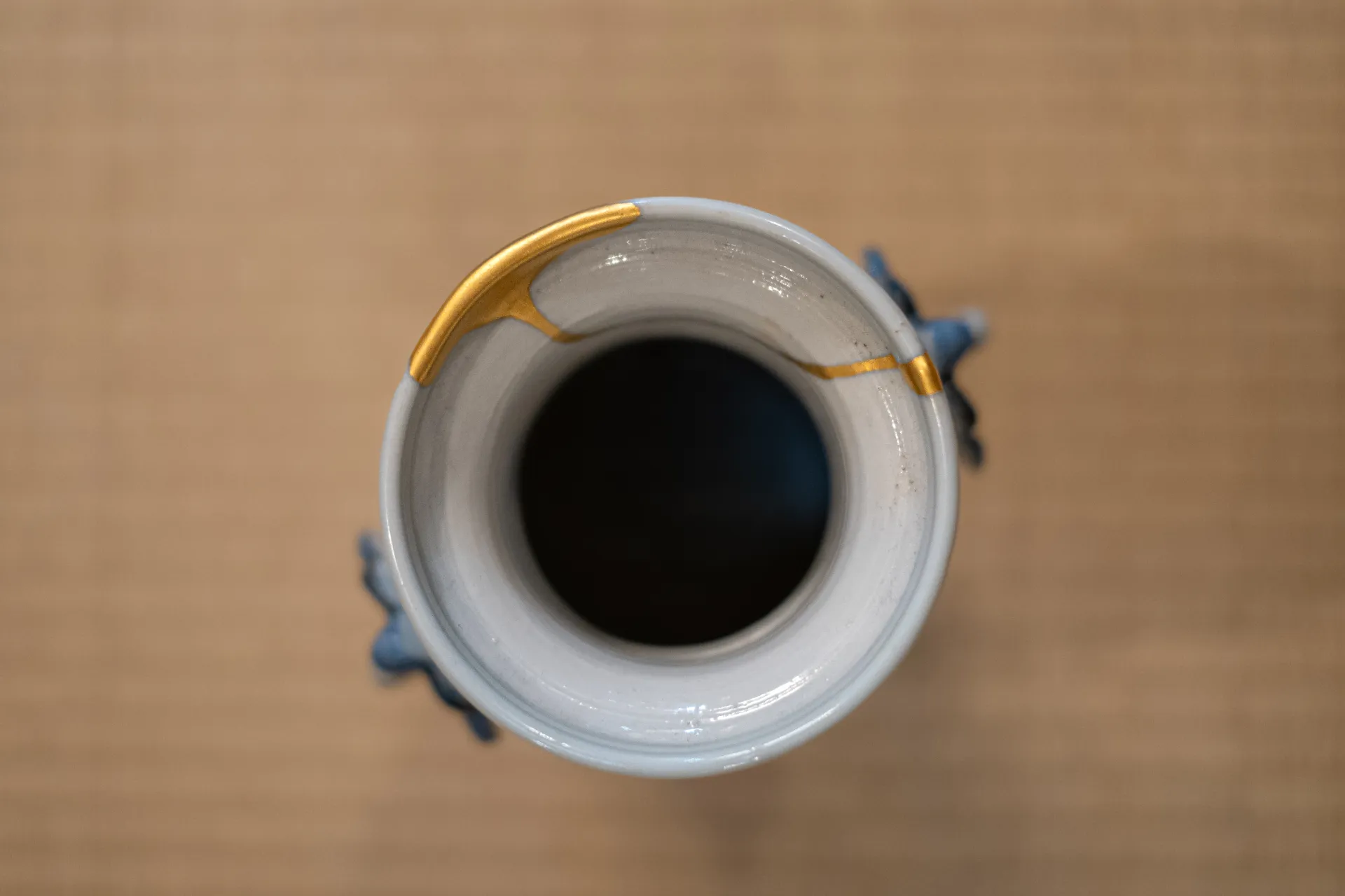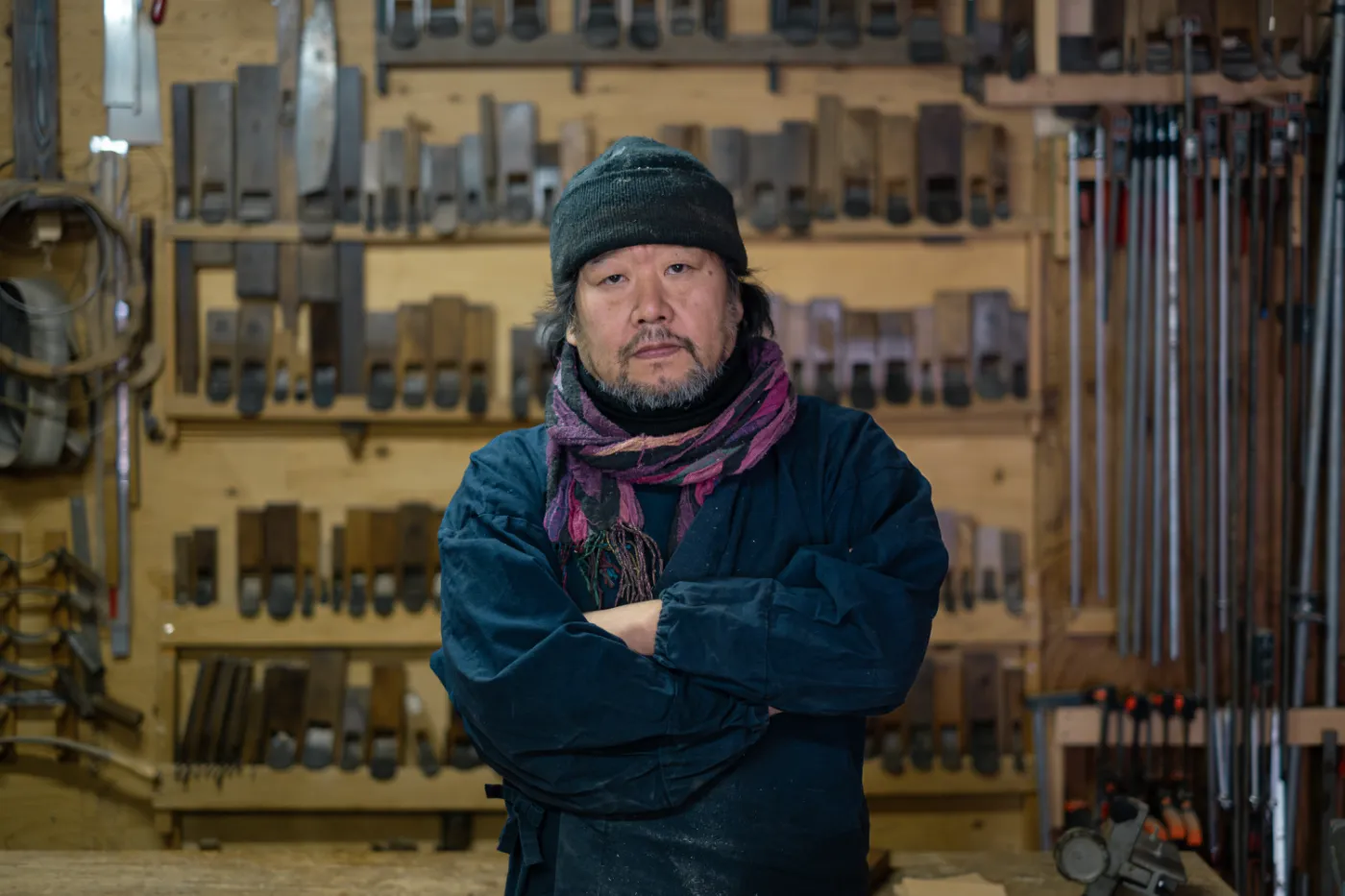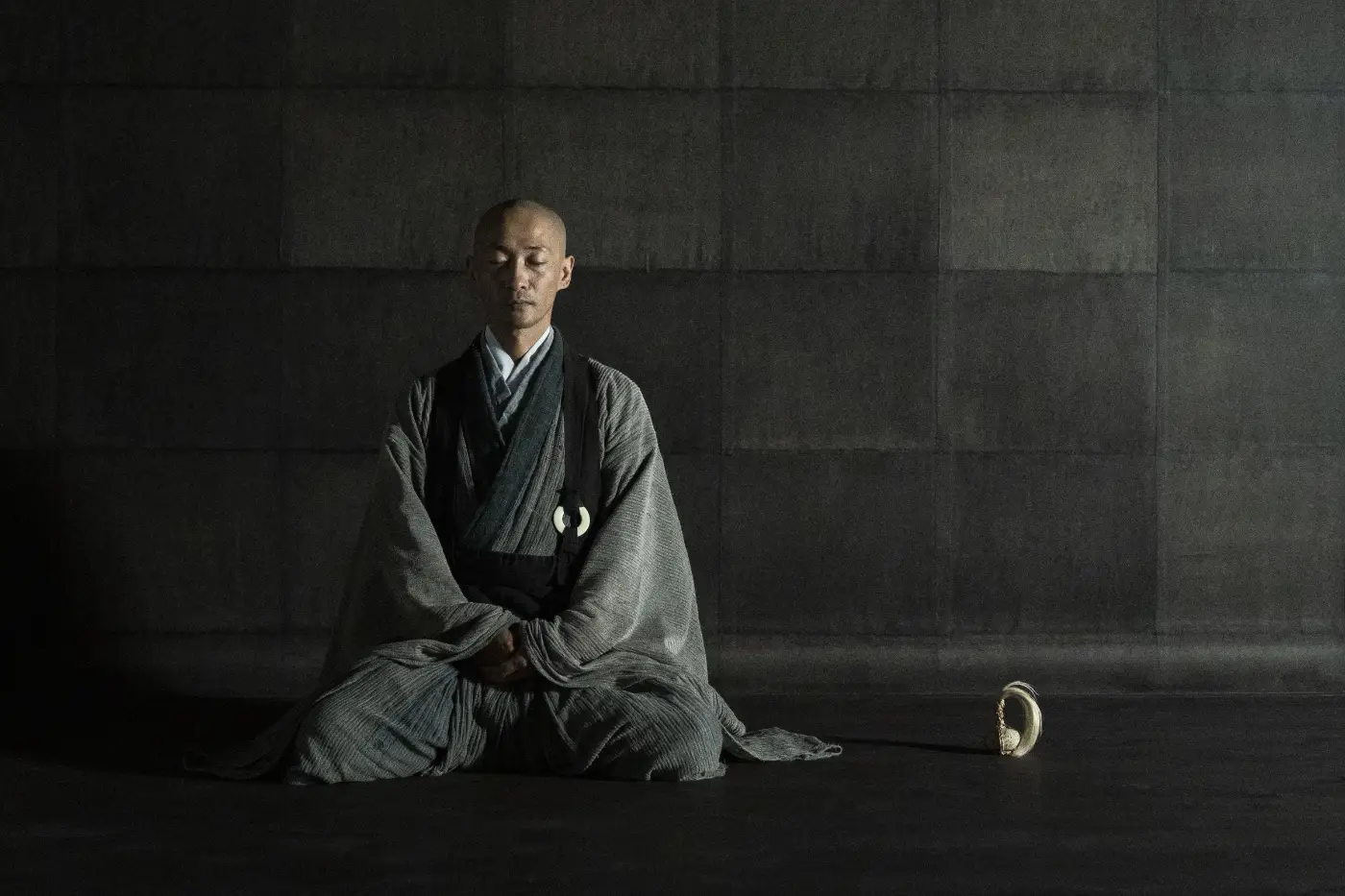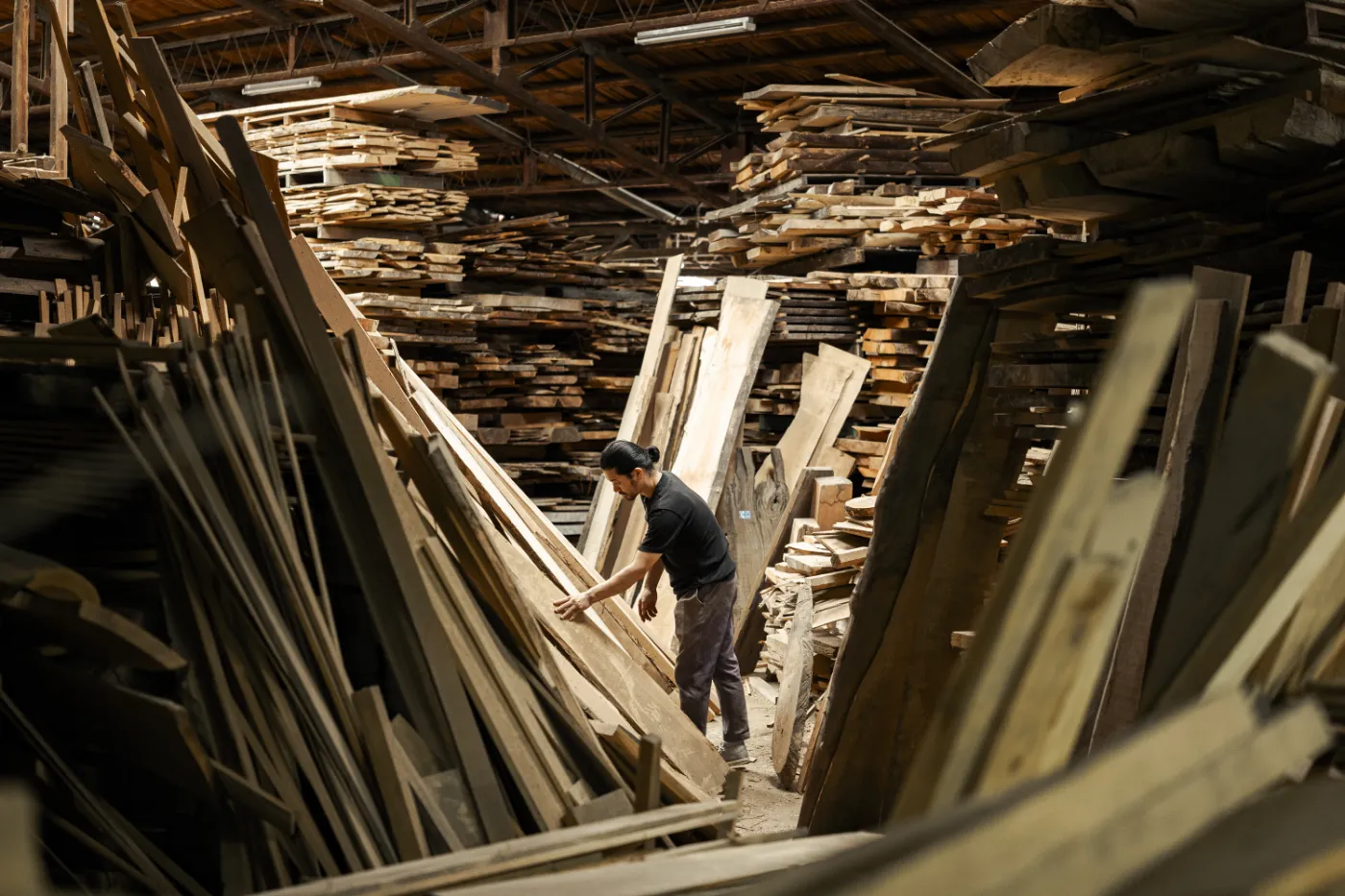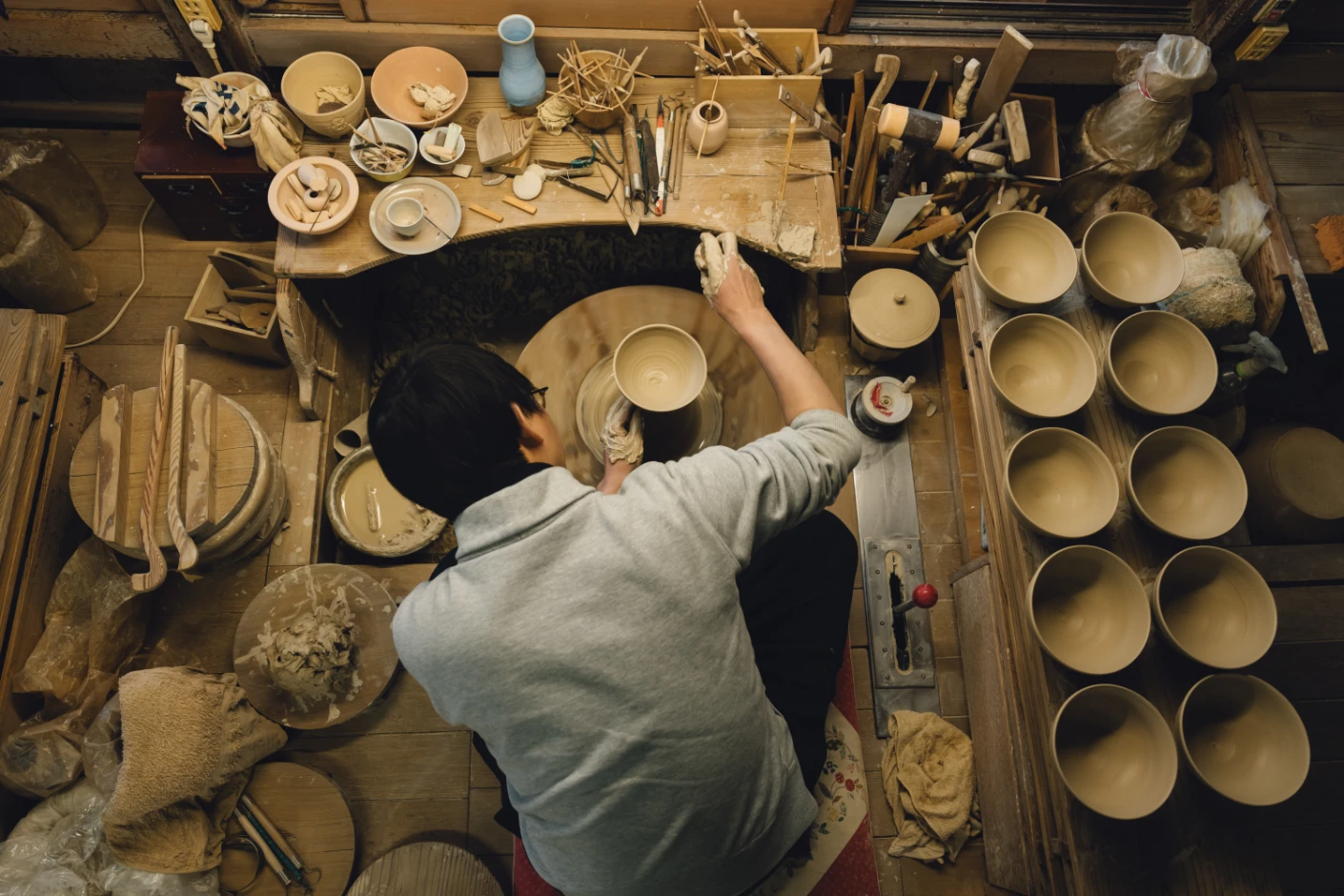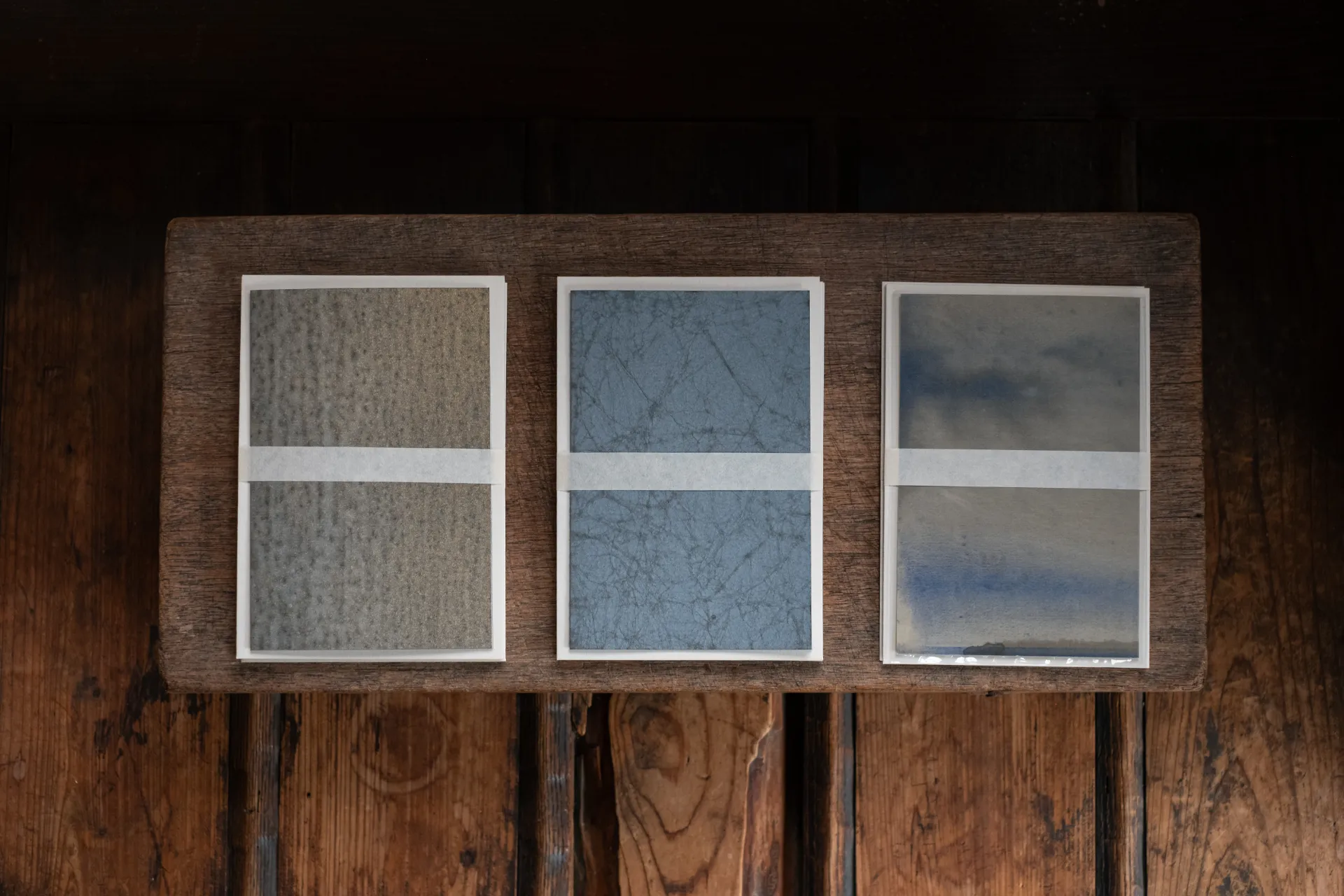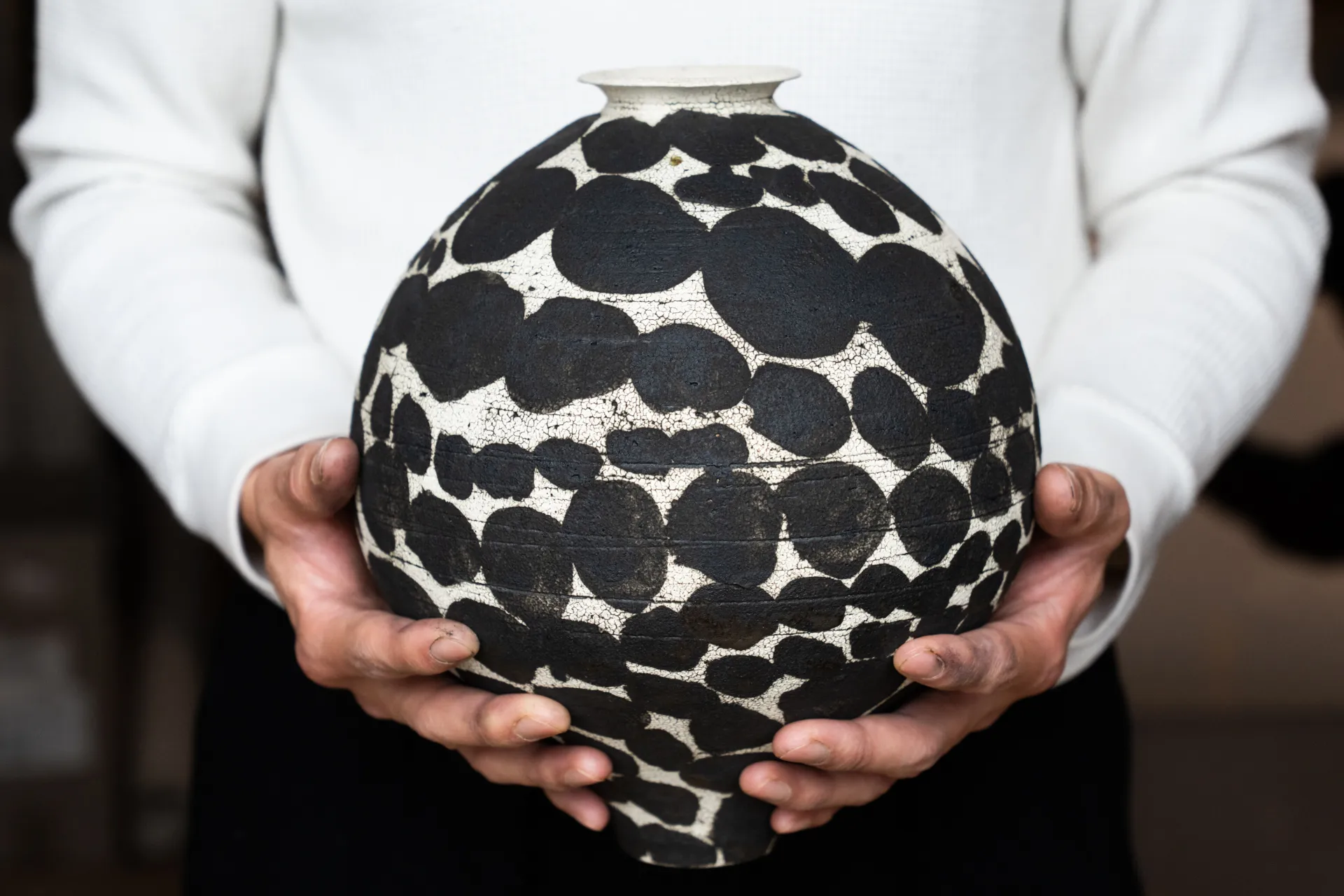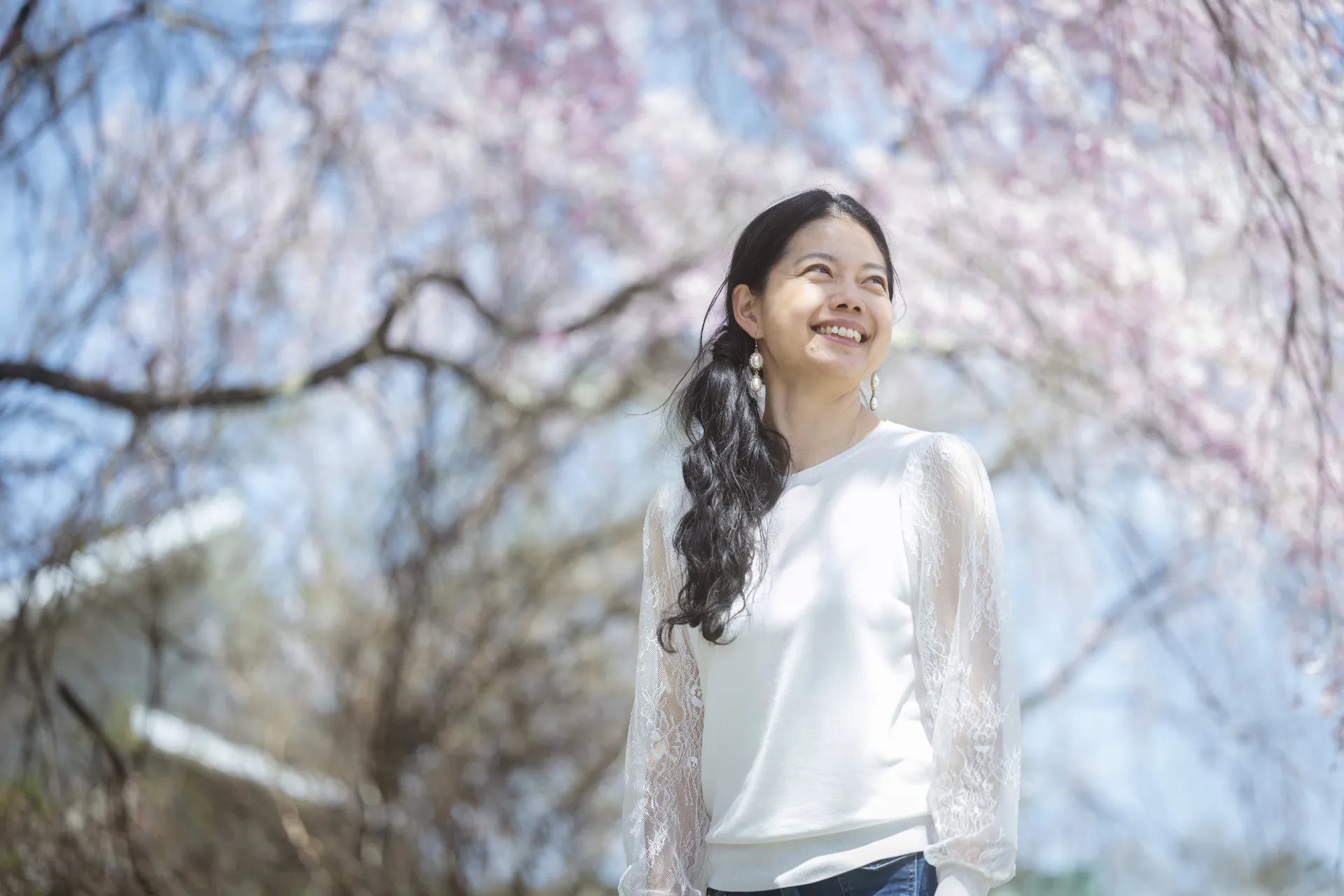Architecture as Poetry
A poet uses words, a painter uses paint, a calligrapher uses ink and an architect uses materials. Architecture should not be a testing ground for demonstrating hypotheses such as concepts, nor should it be like a report listing functions.
I believe that the highest architectural value is poetry. ‘Poetry’ is a universal tool to express emotion. Essentially, architecture is poetry drawn with materials.
Life
We must bring back the life which has been destroyed. The architect is the soil, the client is the seed. And the craftsman makes the flowers bloom. The important thing is to create a happy relationship between nature and man.
Architecture is the unity of the soul with the space. Inspiration touches the soul. Authenticity is being able to feel life. Architecture is a place where one can feel the connection of life and a space that nourishes the soul. I want to create something that steals the heart more than the eyes.
Tokugawacho Guest House, 2021, Nagoya
ONKOCHISHIN (温故知新)
More and more these days, architecture seems to be evaluated solely on the basis of its newness and originality. I see things that give more priority to visual images, rather than making use of the spirituality and experience of the architect. Many of them look amazing in magazines or on monitors, but unfortunately, few of them touch my heart.
The reason is that architecture has lost its experiential basis and has become a competition for novelty. I disapprove of creativity that disregards tradition.
On the contrary, authentic creativity is based on tradition, but expresses freedom without succumbing to its constraints. Not only architecture, but all art forms can only become universal when this is achieved. And that artistry is not something that we arbitrarily plan or create, but something that we encounter experientially and then repeat. So newness seems to me to be a rather low standard.
Tradition is the remains of the thoughts and feelings of our ancestors. From them, experiences, beliefs and wisdom can be unearthed. Art that is not born from this spiritual soil is a mere figment and can’t contribute to tradition. It will become a waste of history, even if it enriches the economy by simply quoting and rearranging forms.
If architects do not start from the origins of the traditions of art, they will not be able to express genuine newness, which cannot be seen and can only be felt, and they will not be able to create something that moves people. In Japan we say ‘ONKOCHISHIN’(温故知新).
Each has the following meanings:
温(ON) cherish,
故(KO) the past,
知(CHI) find out,
新(SHIN) the new.
This word is always at the root of my architecture.
Terabe Guest House, 2023, Nishio
What Made Me Who I Am
My father was a plasterer, and growing up there was a live-in apprentice in our house. Therefore, I have always been surrounded by craftsmen. There was nothing academic in my upbringing that was obvious in leading me to pursue architecture. Instead, all that was expected of me was just good health and well-being.
I believed that I would follow in my fathers footsteps as a plasterer. But somehow along the road, I ended up chasing architecture, despite my lack of ability to study. Therefore, I am not blessed with the talent of a modern architect. This mismatch is the biggest sense of conflict within me.
It seems that the contradiction between my innate craftsman and accidental career as an architect unintentionally led me to a different approach to this field.
Today, there is a clear difference between the architect and the craftsman. The architect is an academic profession and the craftsman is a practical profession.
From the moment a craftsman picks up a tool, he mobilizes all of his senses and concentrates on one point while using his whole body. This is why they don’t have manuals for their work and just rely on their ingrained senses.
“My focus is architecture where the architect and craftsmen are closely linked together.“
However, an architect’s job is to create manuals for the carpenter. Anyone can make the same thing by looking at a drawing. We focus on both a ‘common understanding’ and ‘the same thing’, creating homogeneous architecture with a predictable state of harmony. But in architecture school I was taught that the most valuable thing is ‘personality’. In reality, architects are forced to compete using subtle differences in this narrow field of ‘the same thing’.
The work of a craftsman is different. They don’t strive for personality in their work, as this disturbs the architectural harmony. The work comes from what lies in their subconscious. A skilled craftsman is unquestionably delicate, carefully aware of each body movement and has exceptional attention to detail with the finest execution. This is what I see as true personality.
These two types of professions, which at first glance appear to be in the same field, have contradicting functions. I’ve been tormented by this difference ever since I started working in this profession.
It is only recently that I have been able to express this myself in words. After 20 years in practice I finally feel closer to my purpose with architecture. Initially, I attempted to design ‘simple’ architecture that I could realize by myself on the construction site.
Later on, I understood that my focus is architecture where the architect and craftsmen are closely linked together. Although I’m only halfway, to this day I still go to the construction site and fight this contradiction.
Takamine House, 2021, Nagoya
Building for Longevity
Longevity.
This is my main concern at the moment. Nowadays, it is extremely difficult to create long-lasting architecture, particularly in Japan. A building that lasts for many centuries is not only a legacy of the place it stands, but of humanity itself. I have always been fascinated by the energy and universality that exudes from such buildings.
Everything I do as an architect follows my ambition to embody these qualities in my work.
I believe the construction site is a source of beautiful happenstance. Not that I will forego the blueprints entirely, I simply focus on how things come together during the building process.
The craftspeople I work with are often a source of inspiration. They come up with ideas based on their experience and expertise, ideas that I know I can trust and that elevate the construction to a new level.
Tradition forms the basis for my work. I attempt to unearth universal values and shapes, not only in Japanese tradition but in traditions all over the world. I have found the word “ordinary” best expresses these universal values and shapes.
I don’t copy a certain era or style, I use these values to help me choose the best method to bring my ideas to life from a technical, economical and functional point of view. I stop working when I can’t come up with the right design, because this means that I haven’t thought one of these aspects through properly. The best shapes, the best designs, will usually come to me all of a sudden, without hesitation or doubt. Whenever I’m trying to come up with a new design, my subconscious creates the perfect conditions for inspiration to strike.
On Materials
I always prioritize the suitability and character of the materials I work with. If I am working with wood, it is because I’m thinking of the beauty of a straight frame and its soft texture. On the other hand, concrete brings firm shapes and a strong solidity to mind. Then I use various techniques and construction methods to transform the material of choice into the desired shape or space.
Nowadays, it is quite difficult to use natural materials just as they are in architecture. This is because natural materials are easily affected by the environment and are often inconvenient to work with.
People seek rationality but unconsciously, they have an irrational mind that needs and craves more. If we keep nature away from our living space, just for convenience, before we know it our hearts will be screaming out. That is why housing must provide many opportunities for people and nature to meet. This is what the architect’s job is all about, especially when designing houses.
My basic rule for materials is to let nature take its course, while not neglecting pre-construction preparation to avoid future problems.
Hachiryu House, 2005, Nagoya
Born On-Site
I don’t build large-scale models or use CG (computer graphics) and perspective drawings to supplement my designs for a simple reason: there is no proof that the carpenters and craftspeople of antiquity used models or sketches to plan their buildings. And yet it is clear to anyone who sees their work that their sensibility far exceeds that of modern architects.
They experienced building, not with their eyes, but with all their senses, an ability that is lacking in modern architects, who have become overly reliant on models and CG. This loss of our innate sensitivity is easily demonstrated. We often use car navigation systems while driving, and we have all noticed how that affects our navigation skills. The use of models and CG in architecture is the same. And yet no one seems to notice their impact. That makes it important for those of us who don’t rely on these tools to be aware of this difference, of the skill sets that are being lost. I believe this is why most modern architecture feels hollow to me.
An architect should be in love with the materials, believe in them and be a good partner for them. They should develop an embodied sensitivity for translating ideas into dimensions, not just by relying on the visible elements alone. Only then does the construction site become a place beyond the imagination.
The true joy of building is discovery. Architecture is something that is born moment by moment at the site.
Sako House, 2017, Nagoya
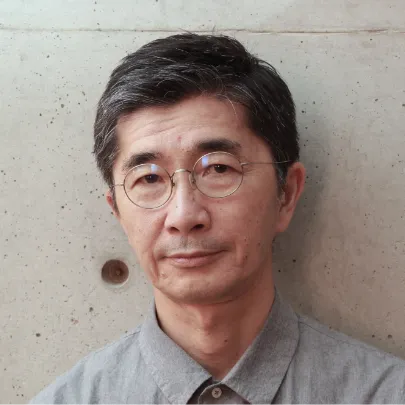
Tomoaki Uno
Nagoya, Japan
Tomoaki Uno was born in Aichi prefecture and established his studio in Nagoya in 1990. His studio works on a range of projects, with a particular focus on residential architecture. For all his projects he collaborates closely with various artisans and craftspeople. Uno san and his team always join the construction on site.
The short essays that appear in this article include excerpts from Uno san’s book In search of unprecedented, ordinary architecture (2023), as well as original writing for this article. The book is available in English as an ebook.
